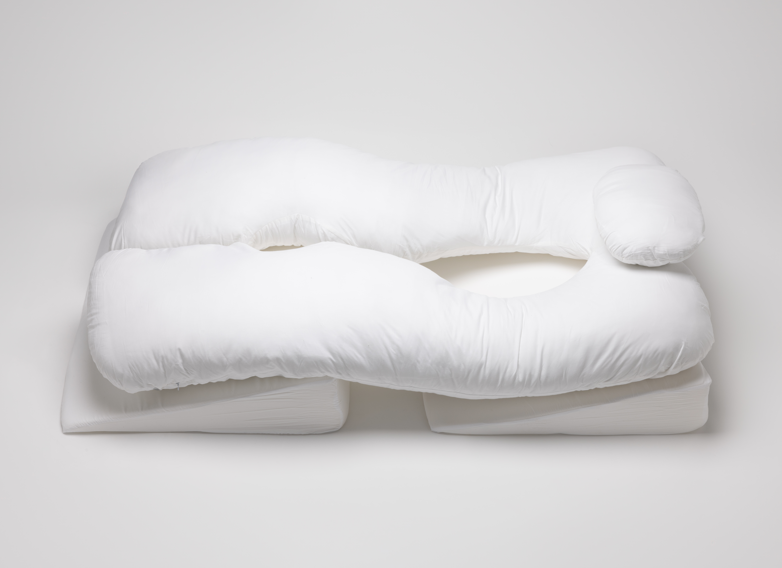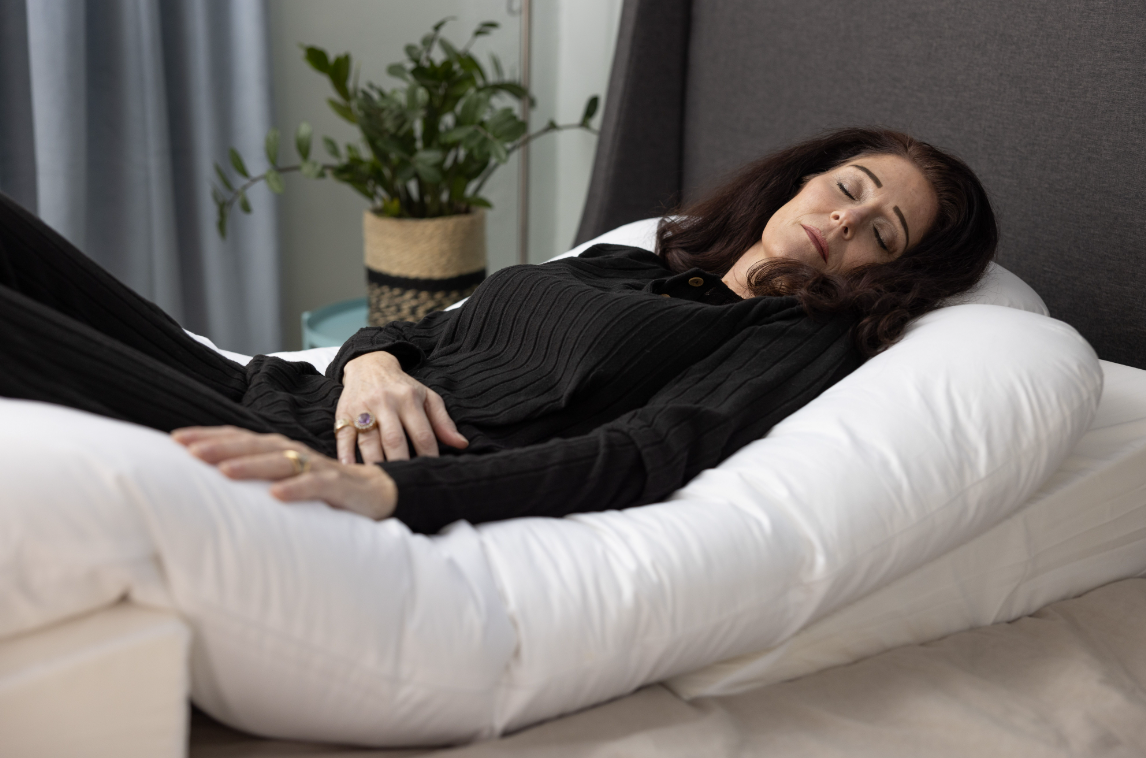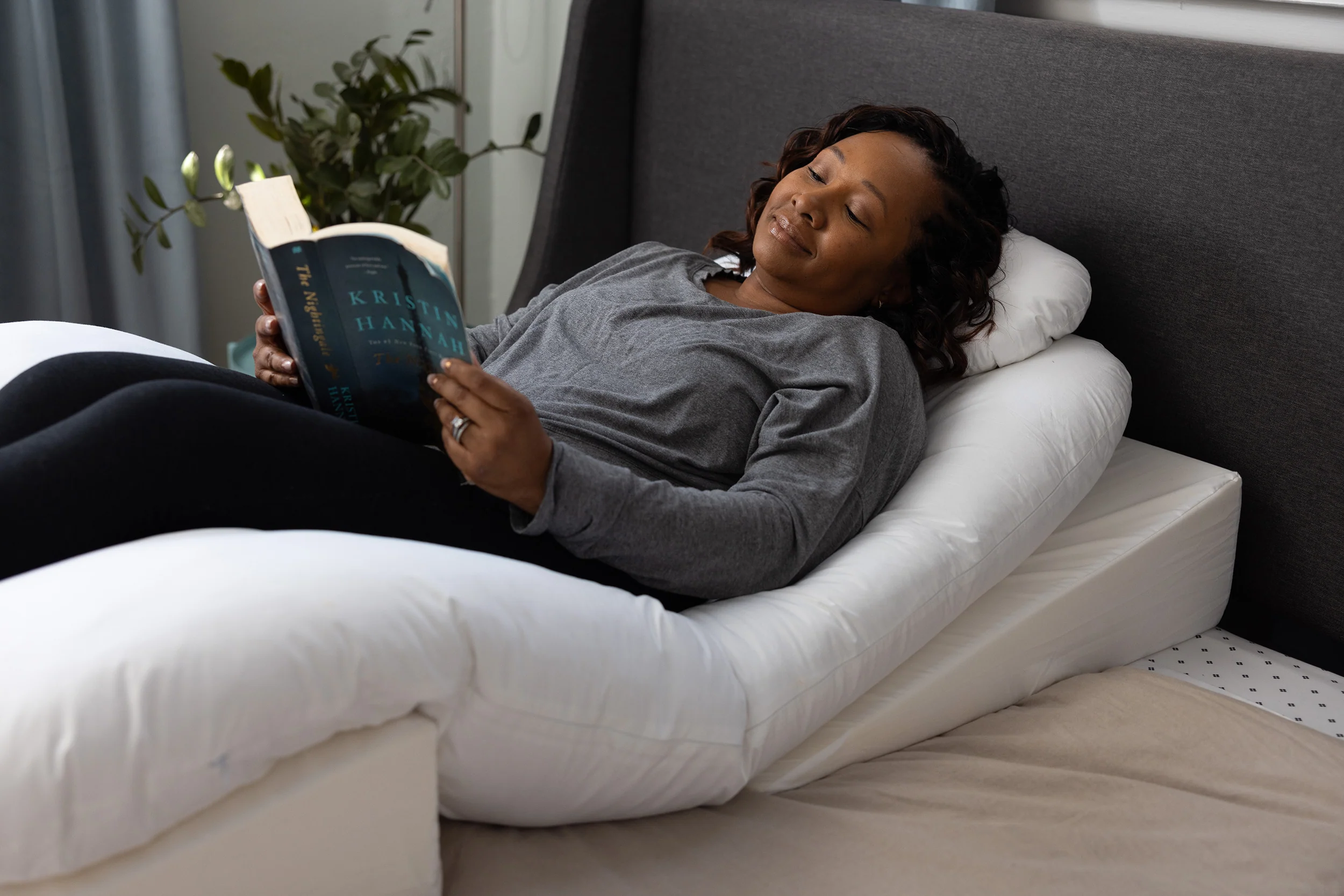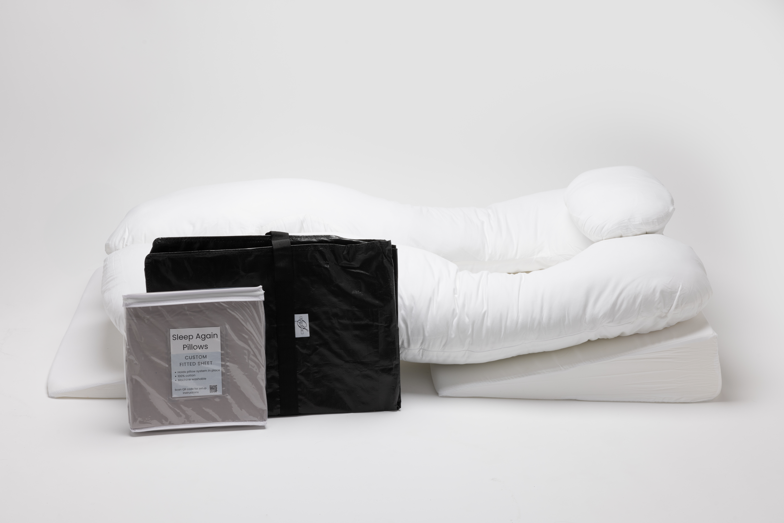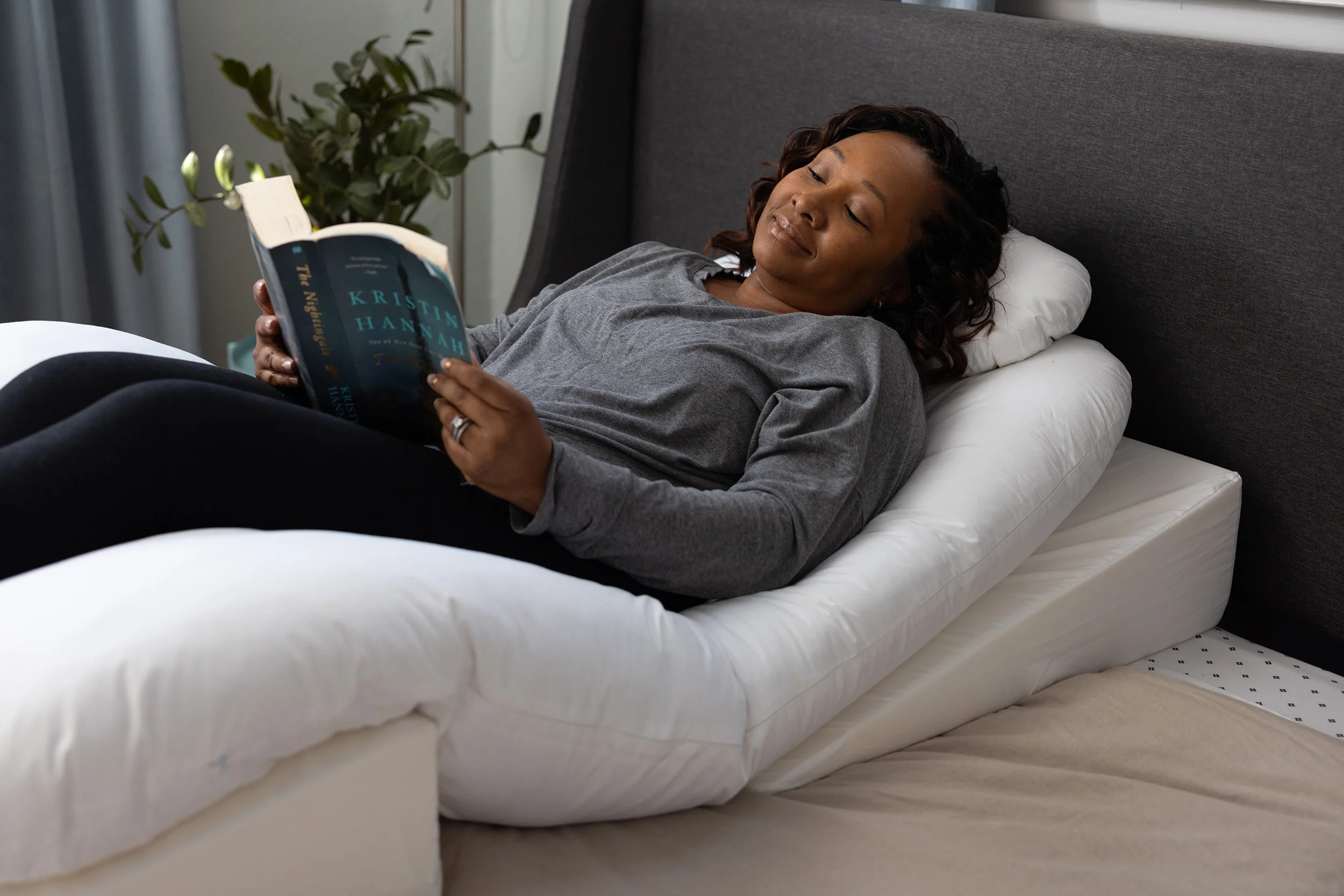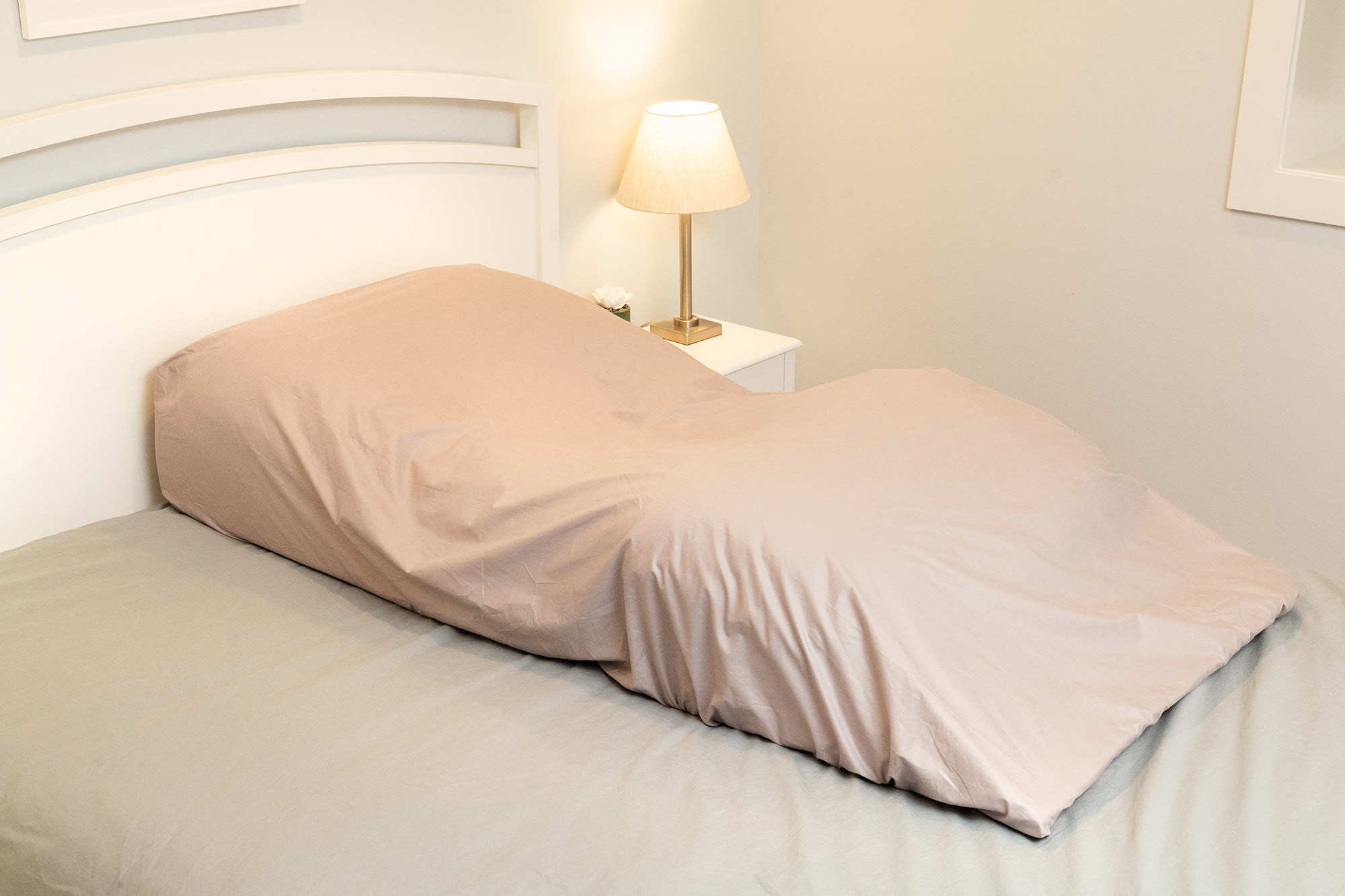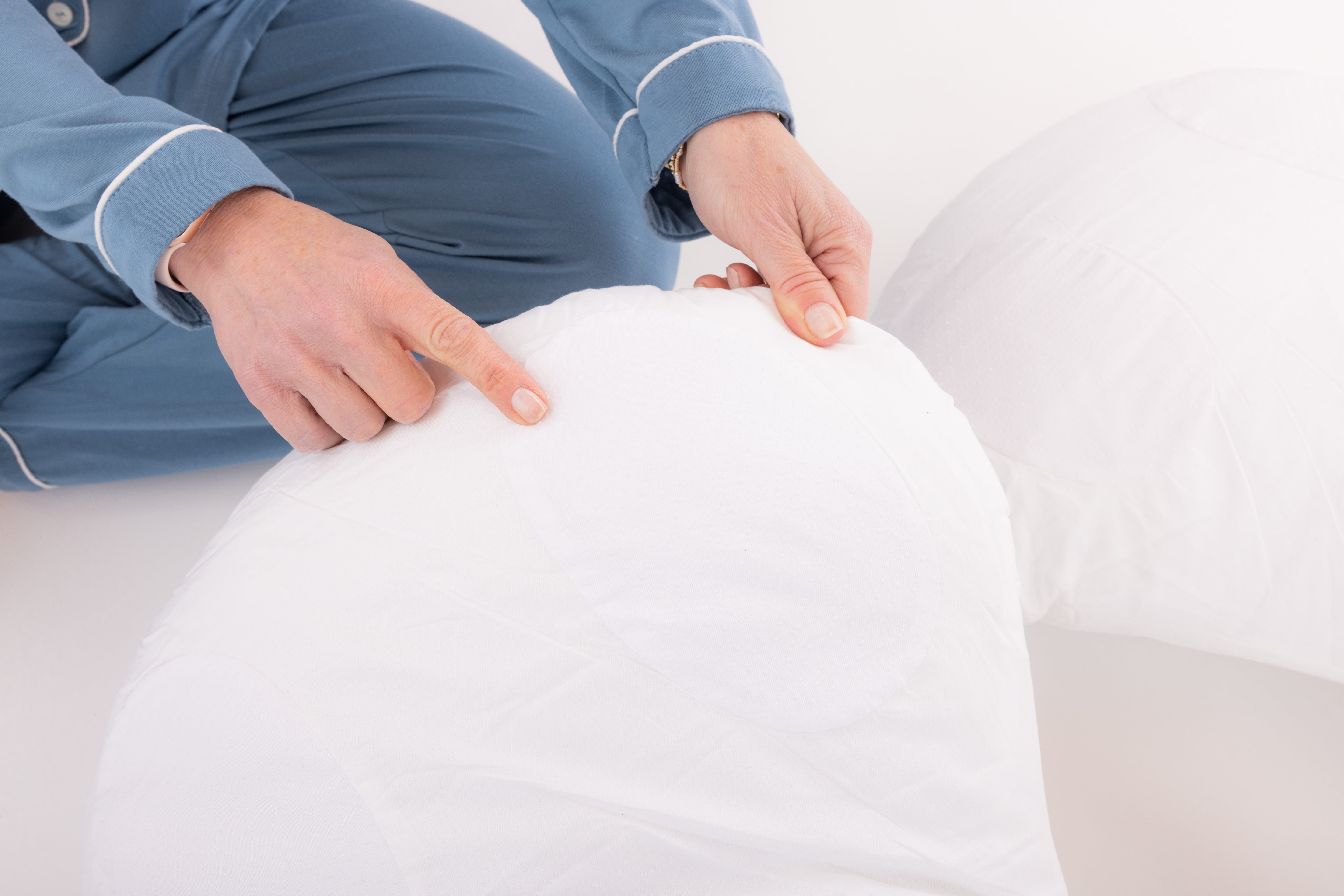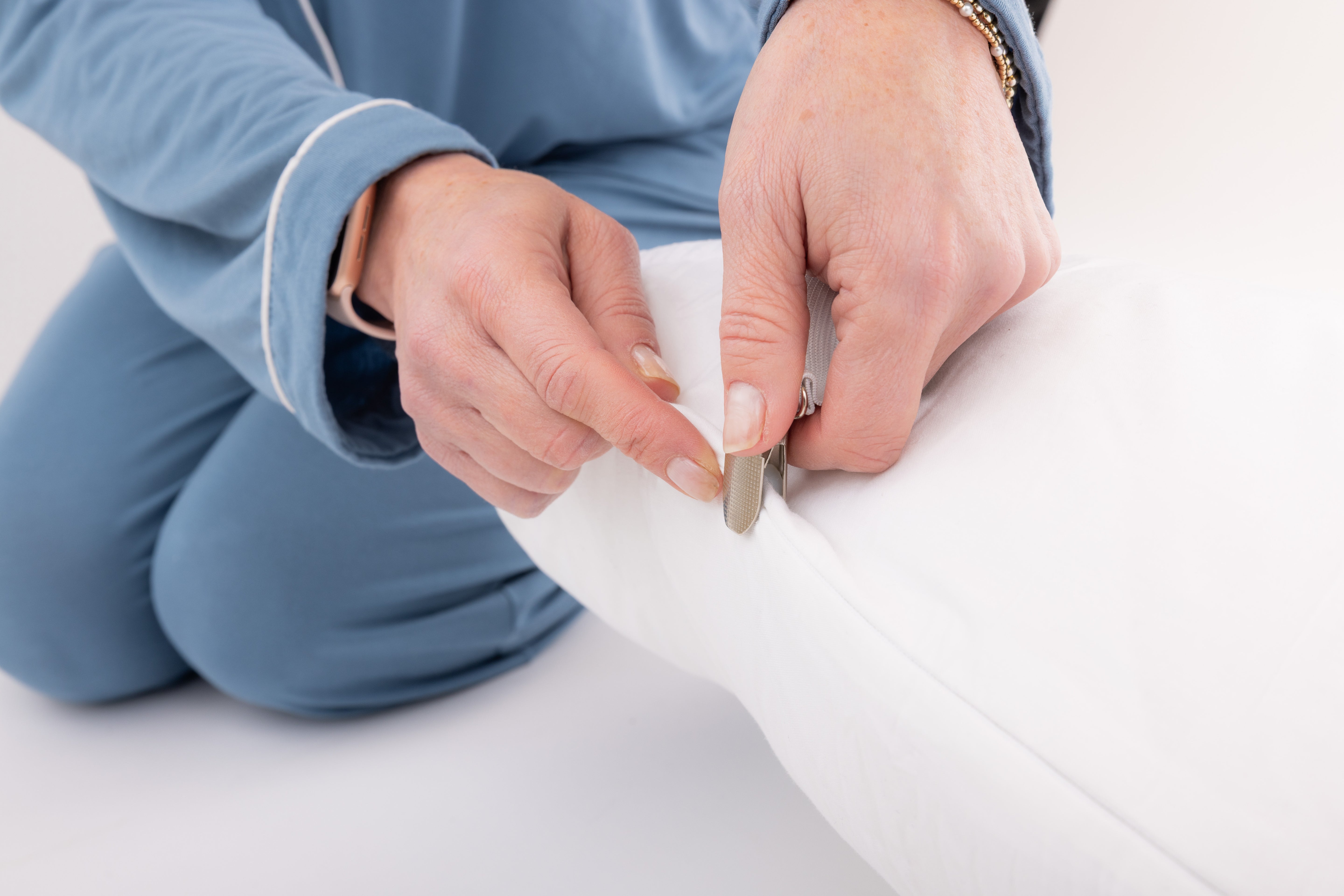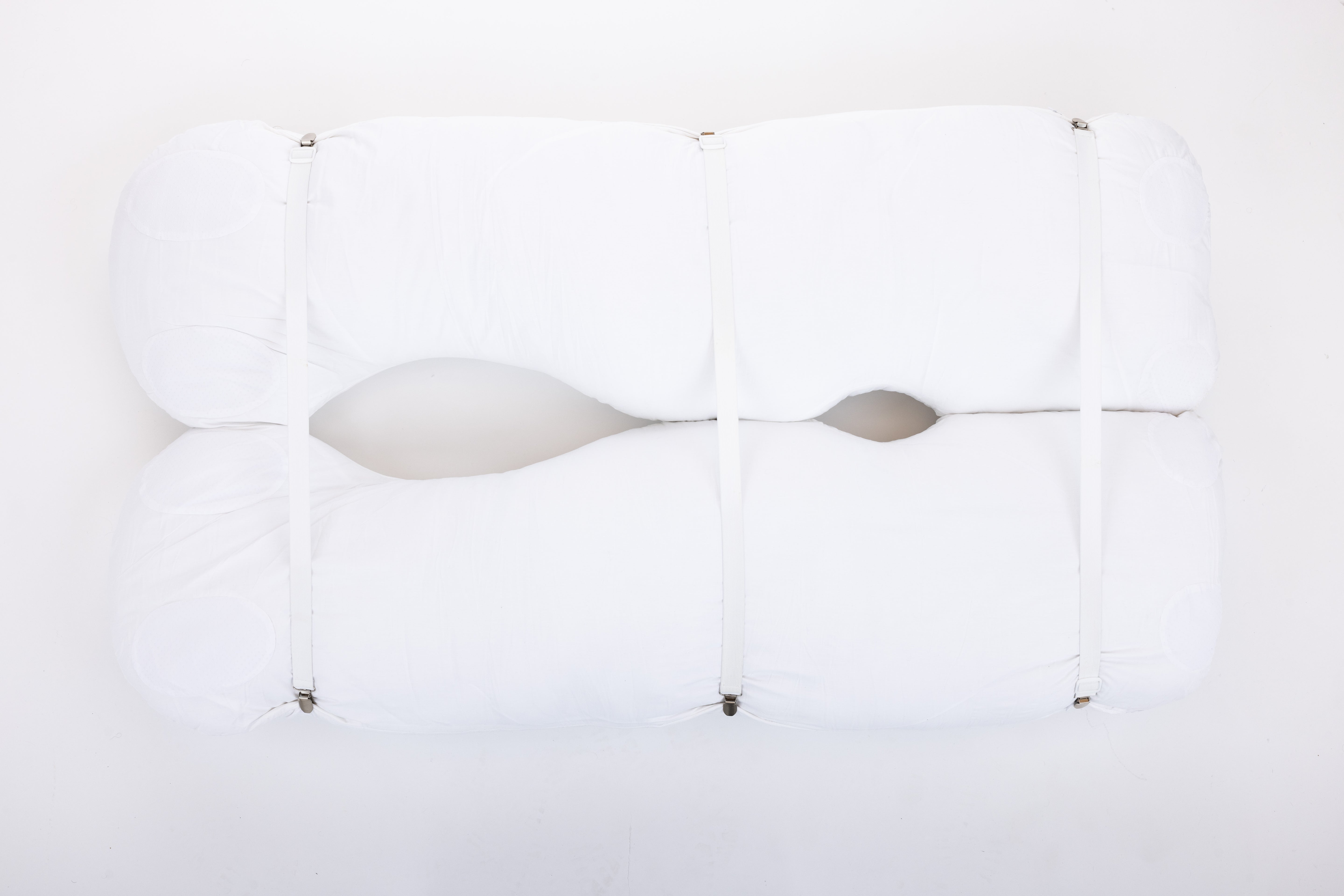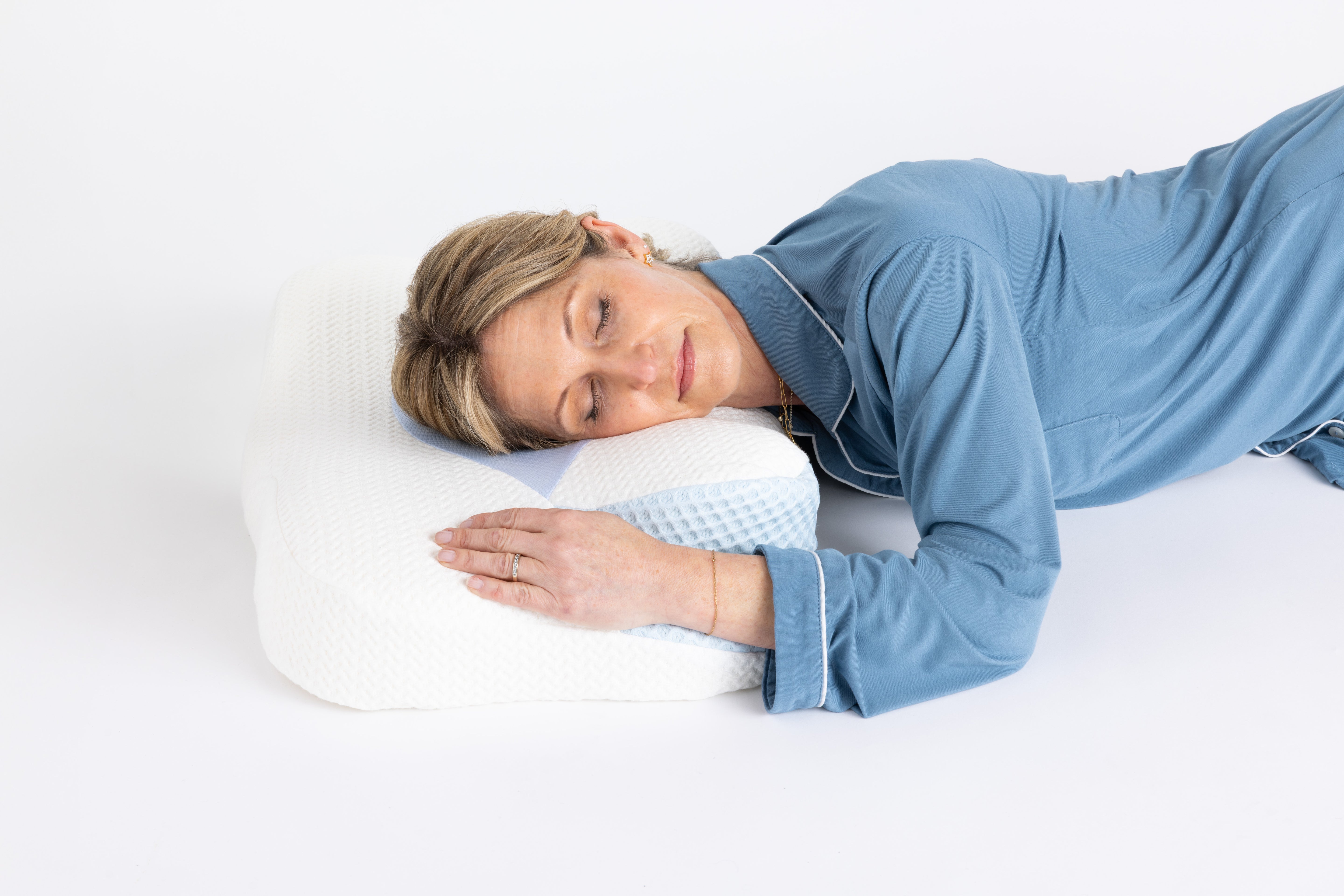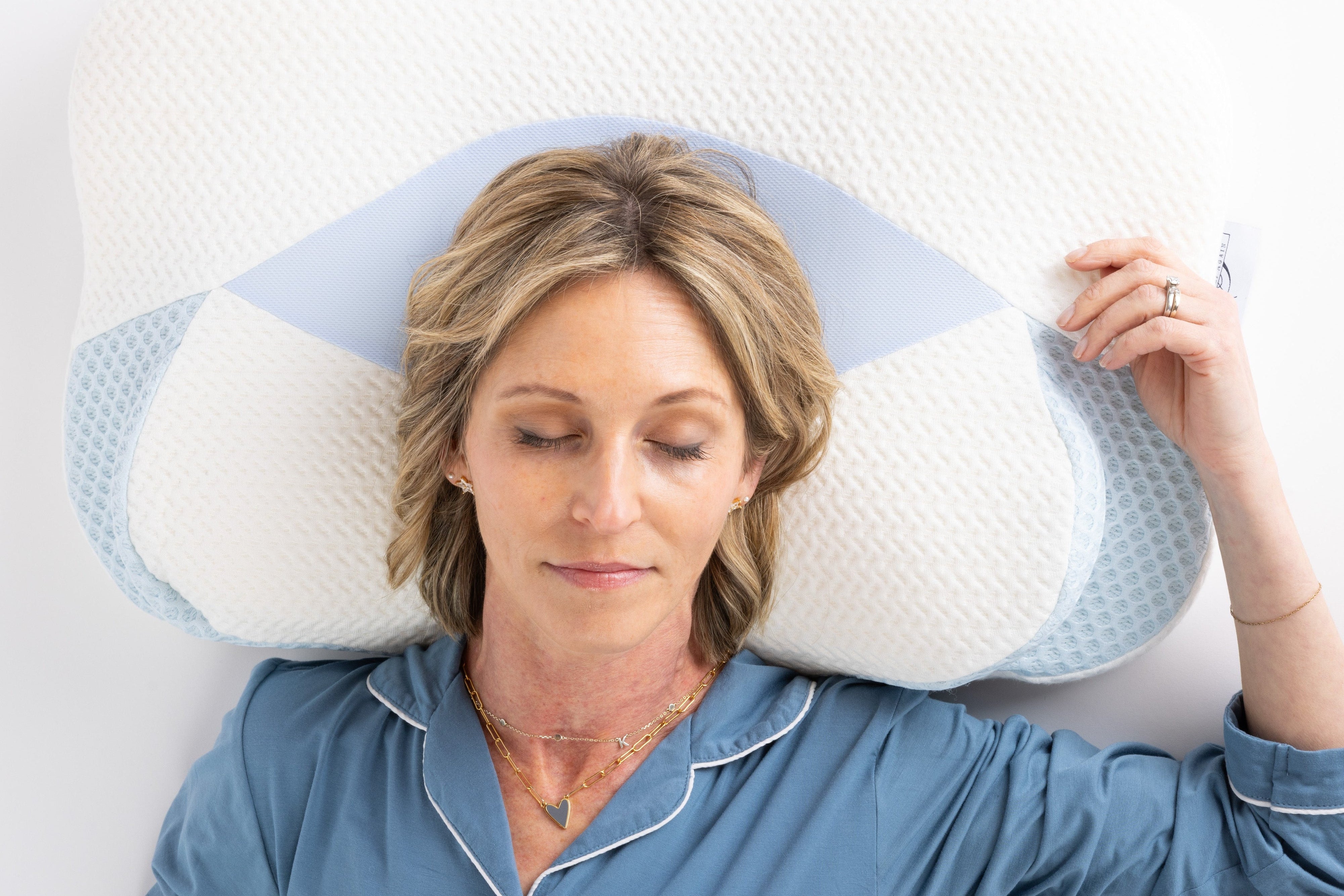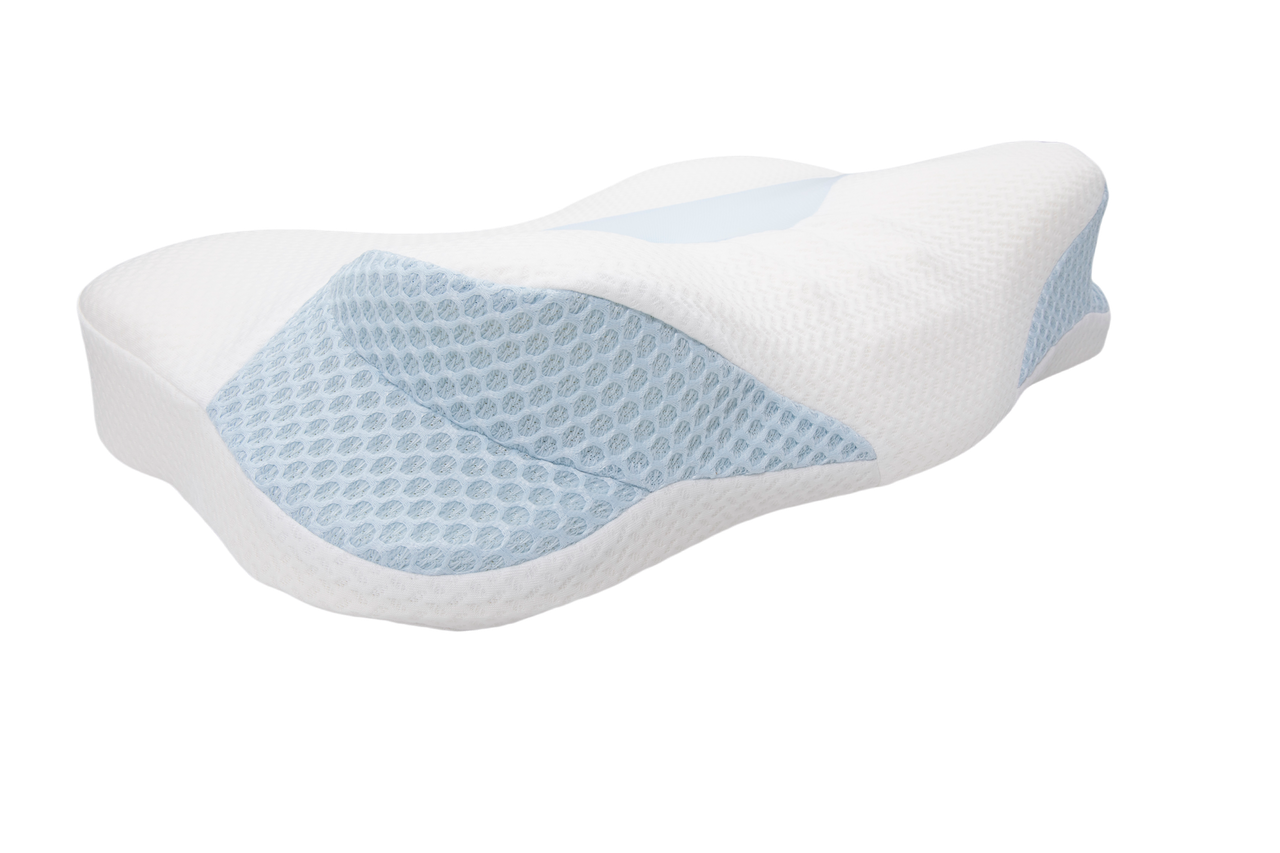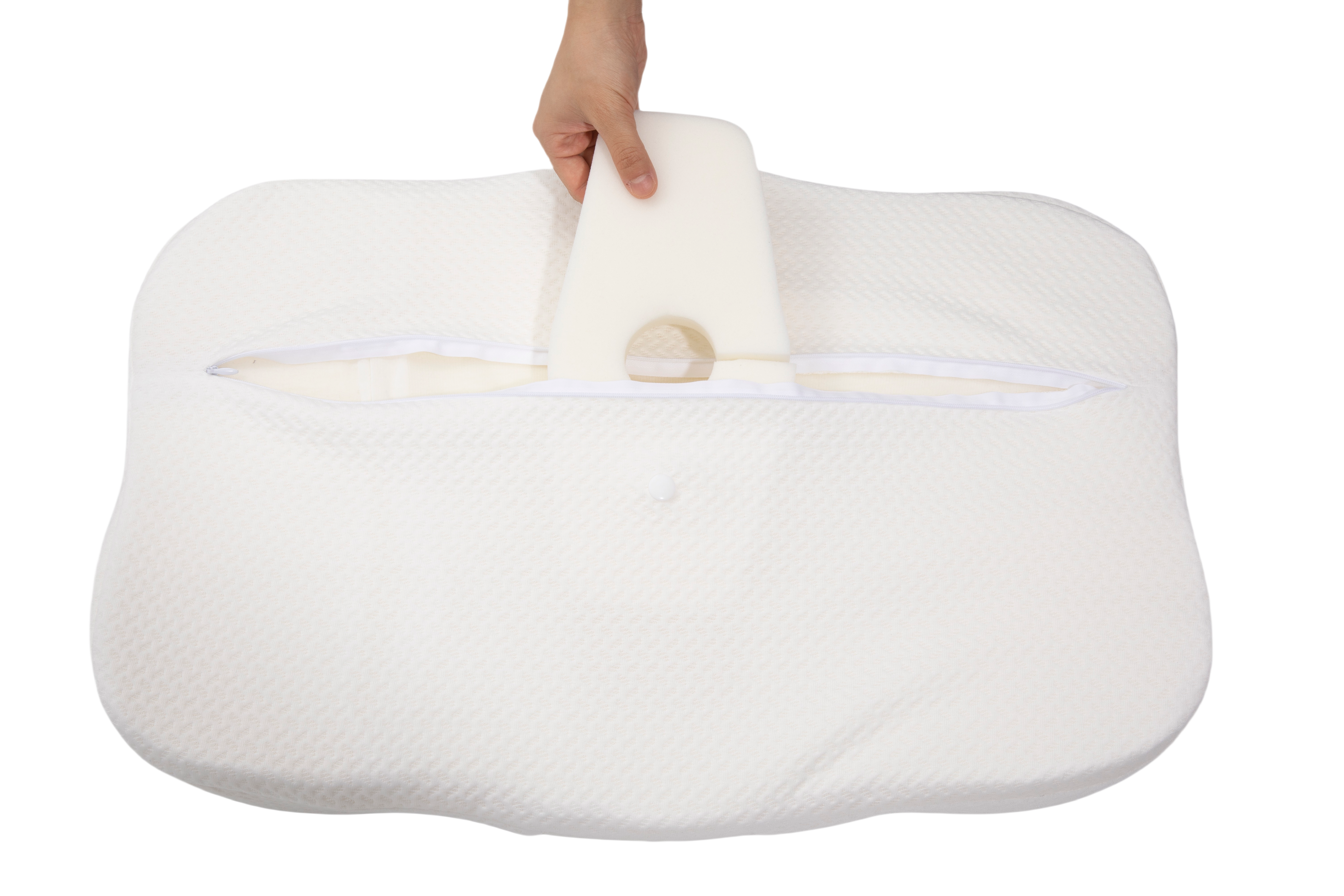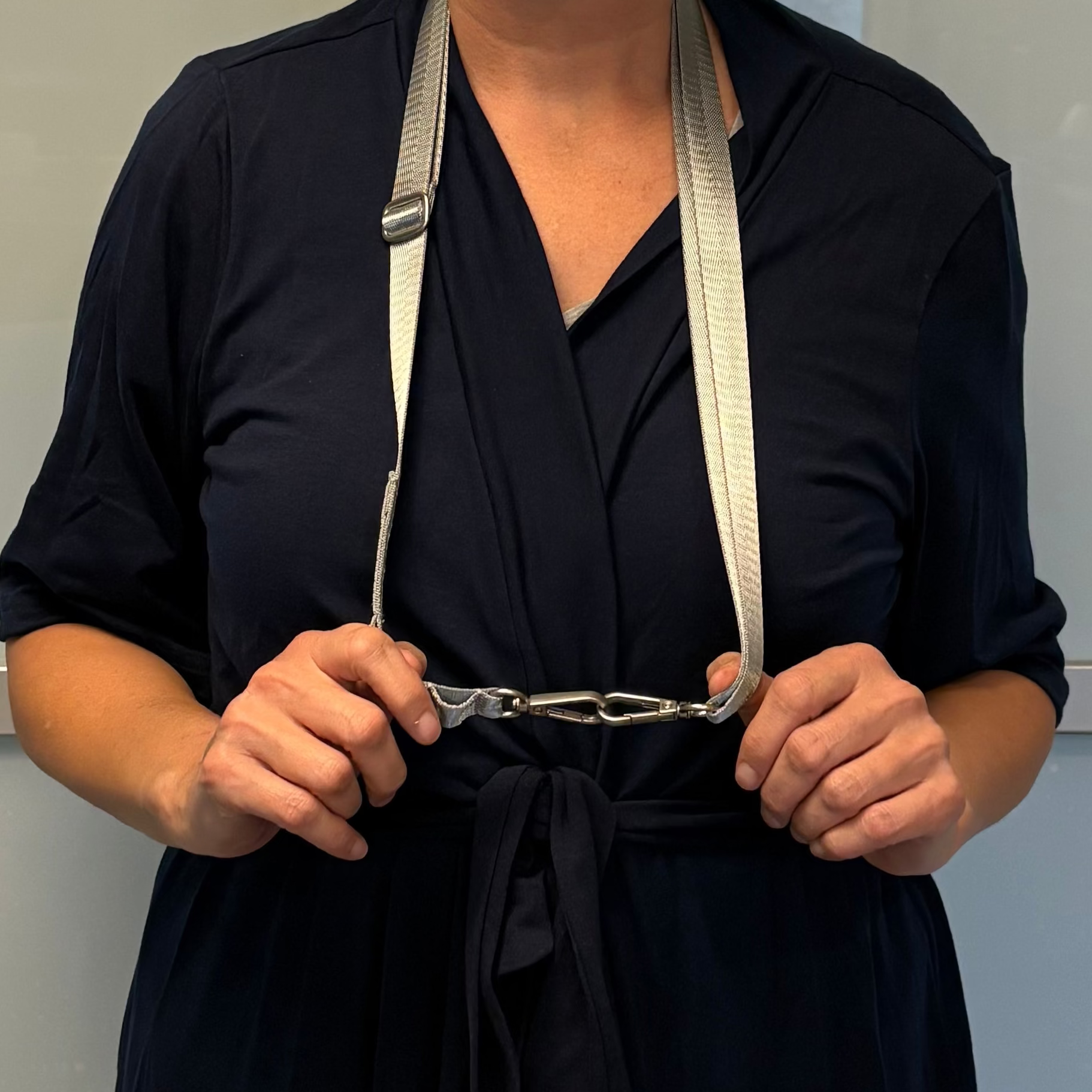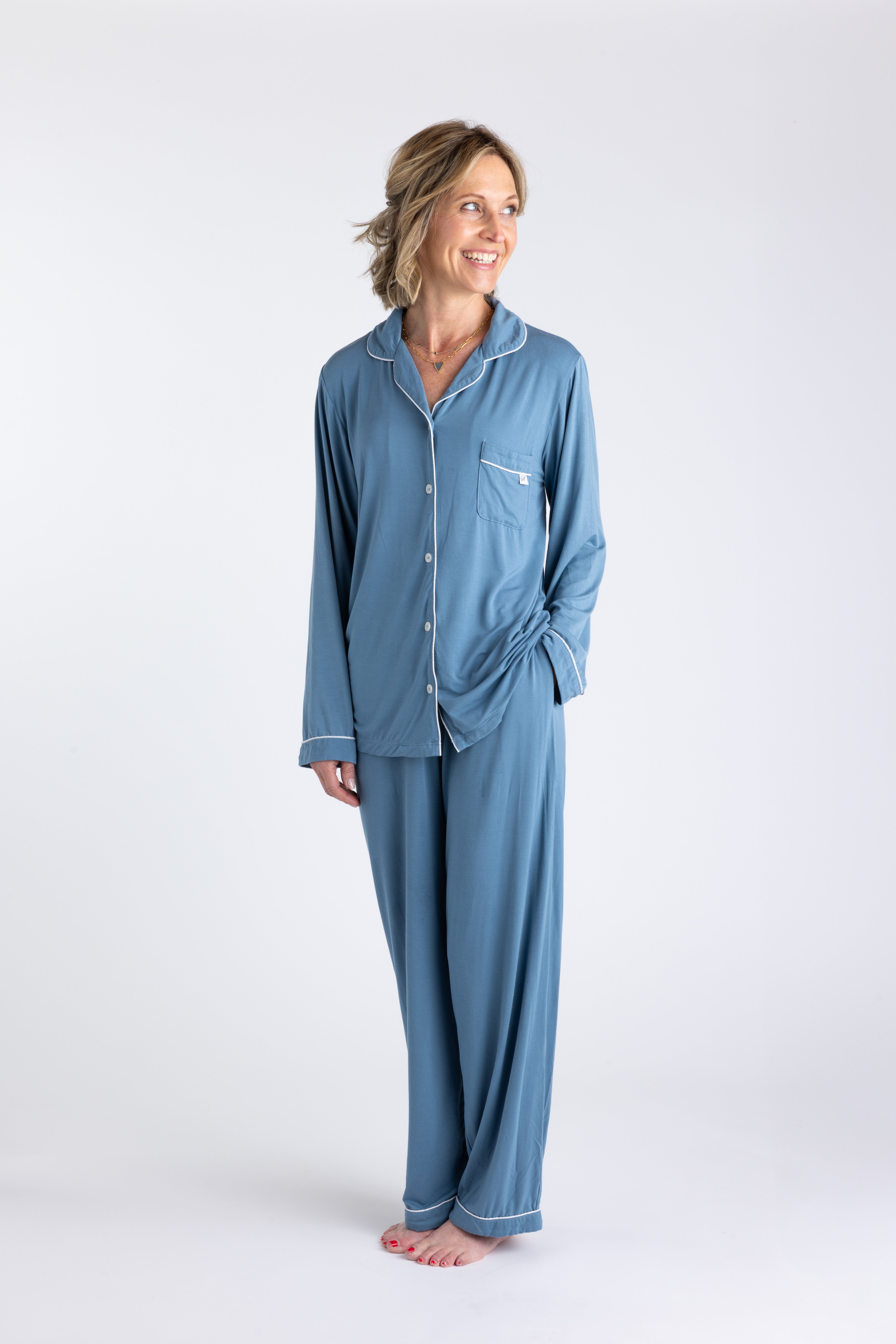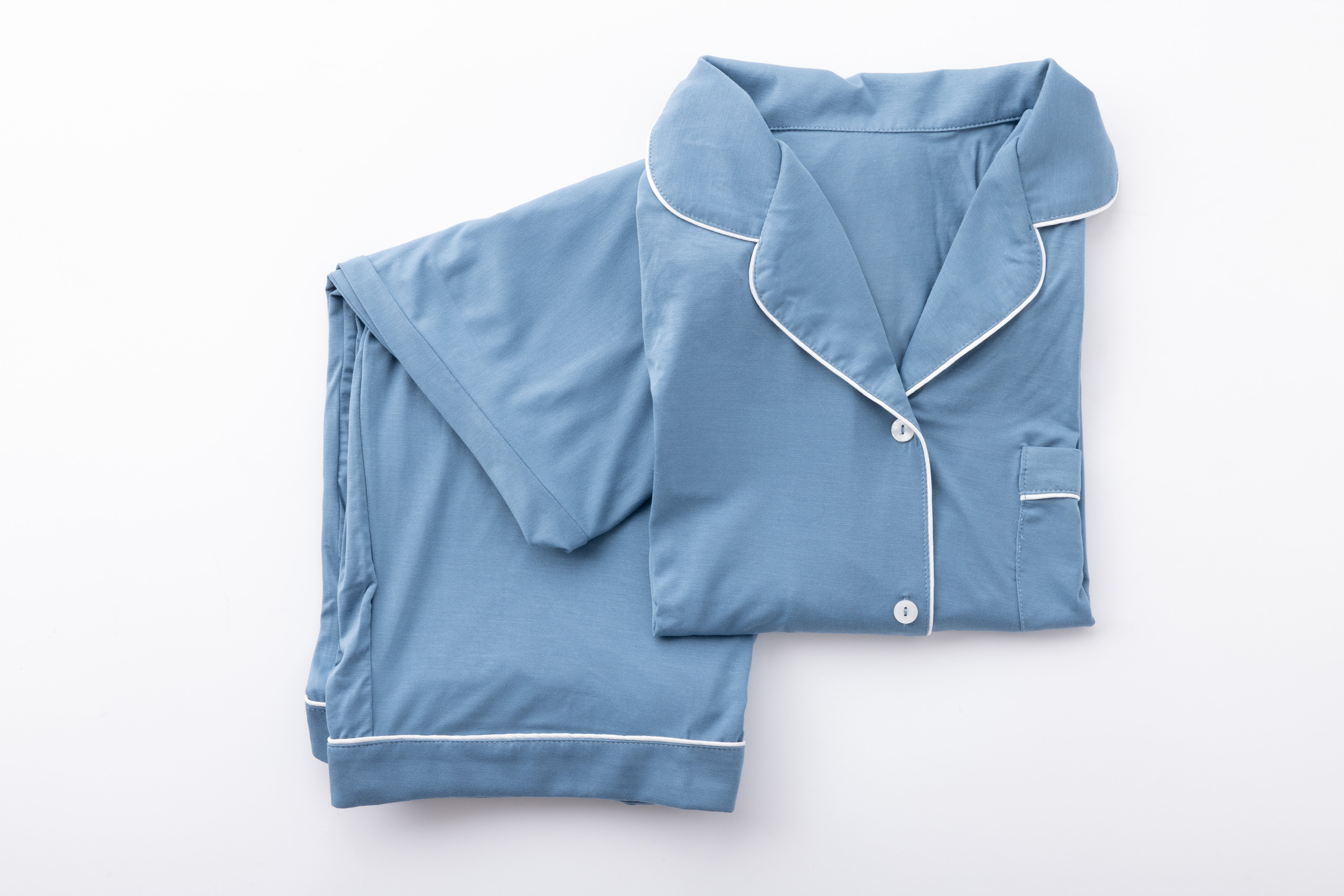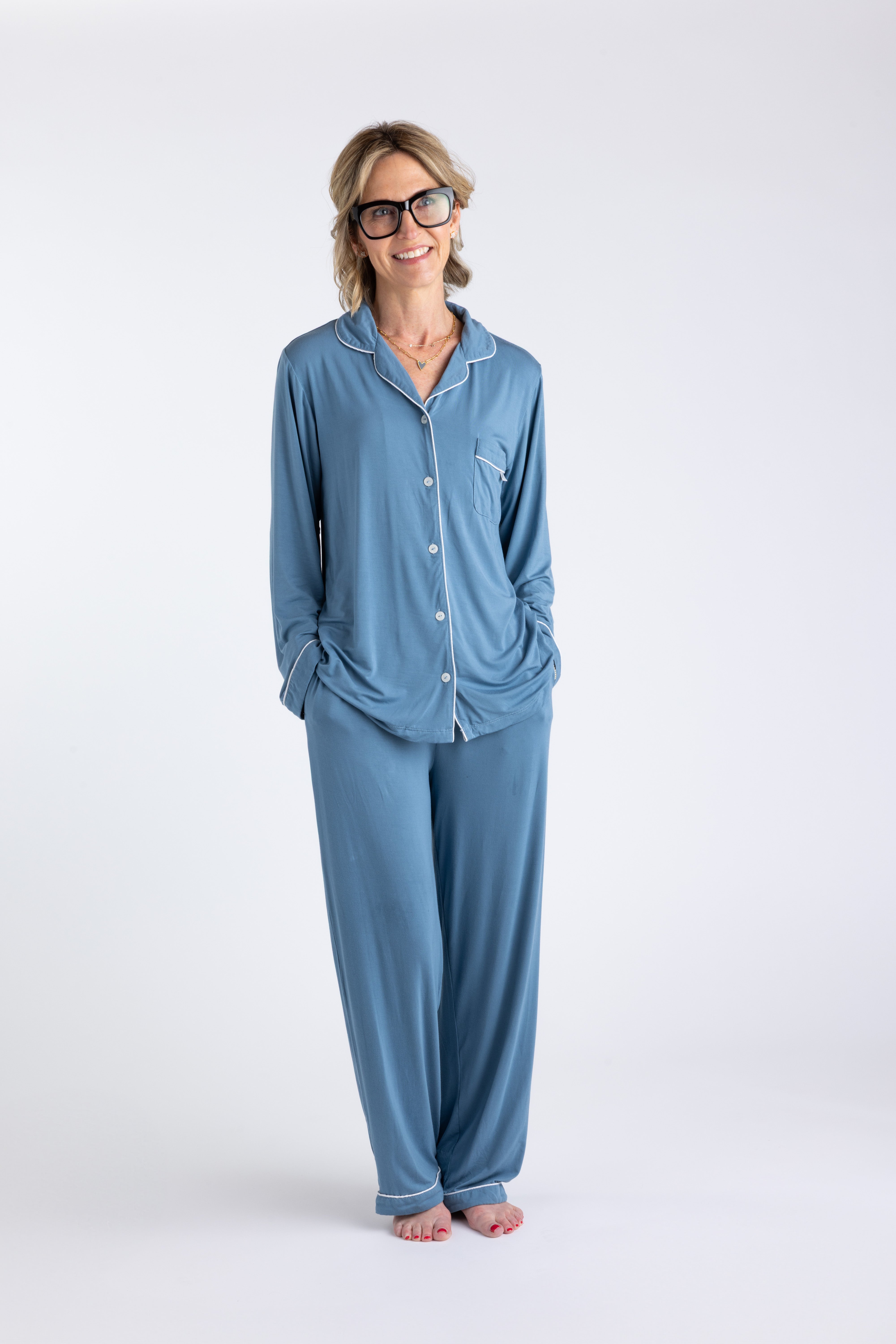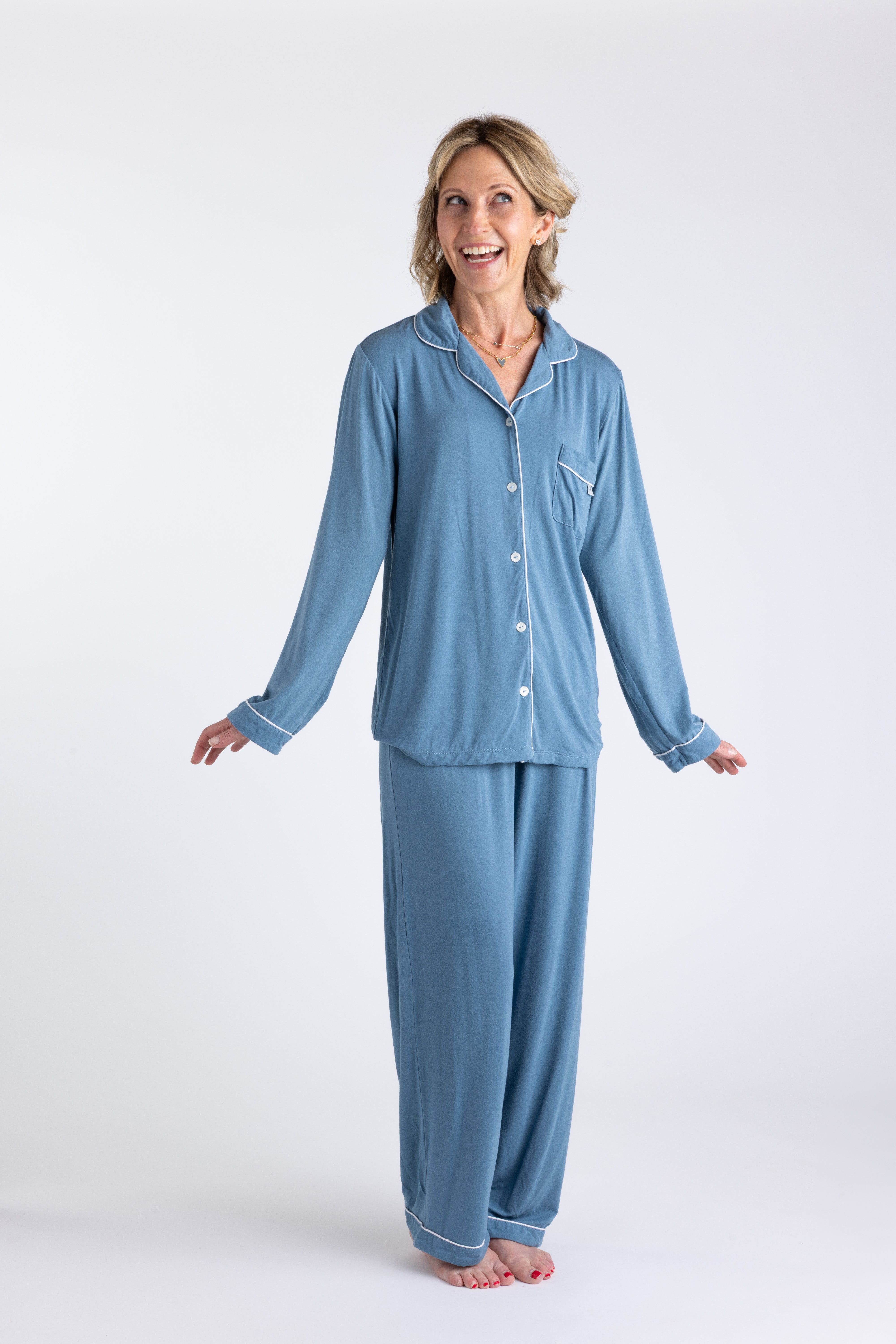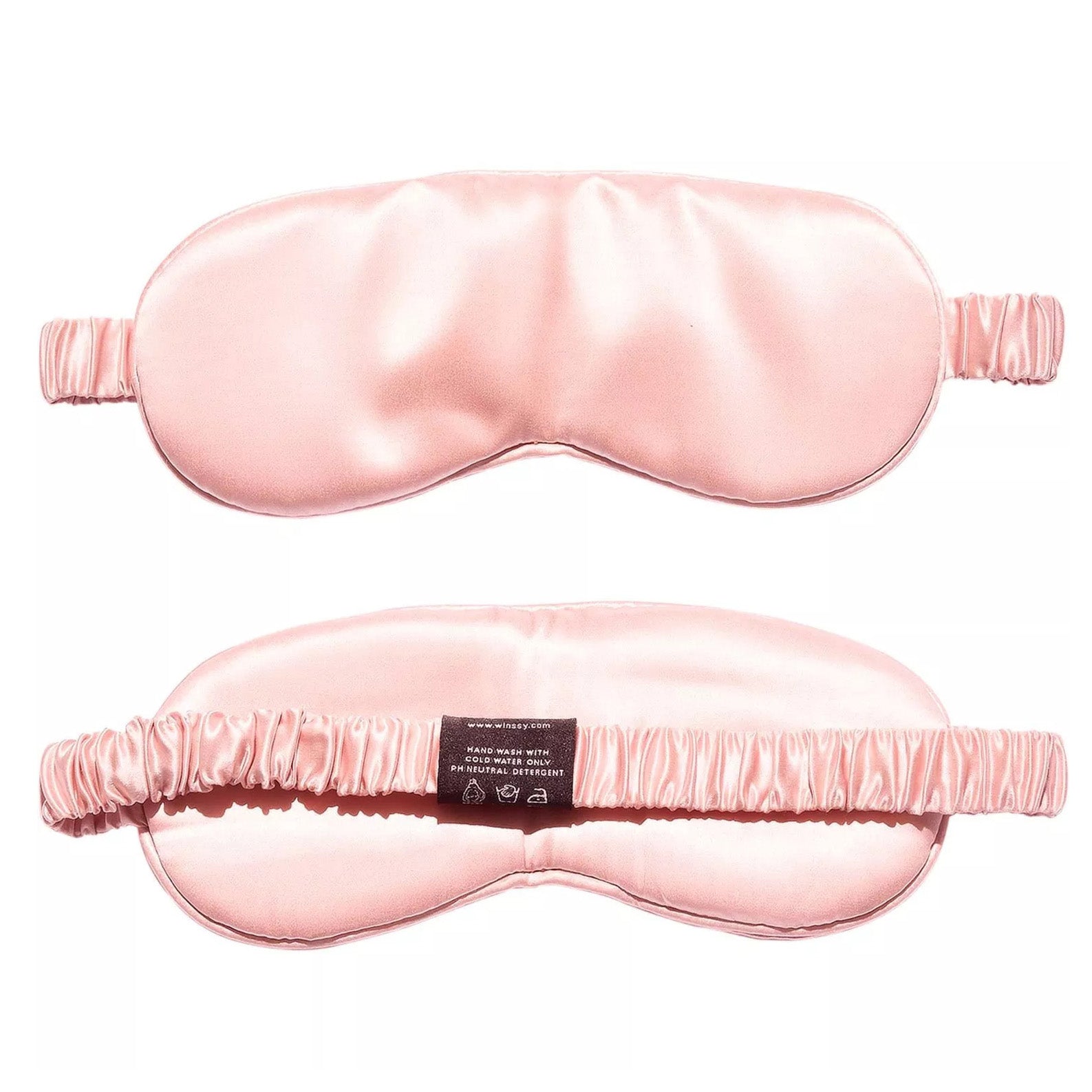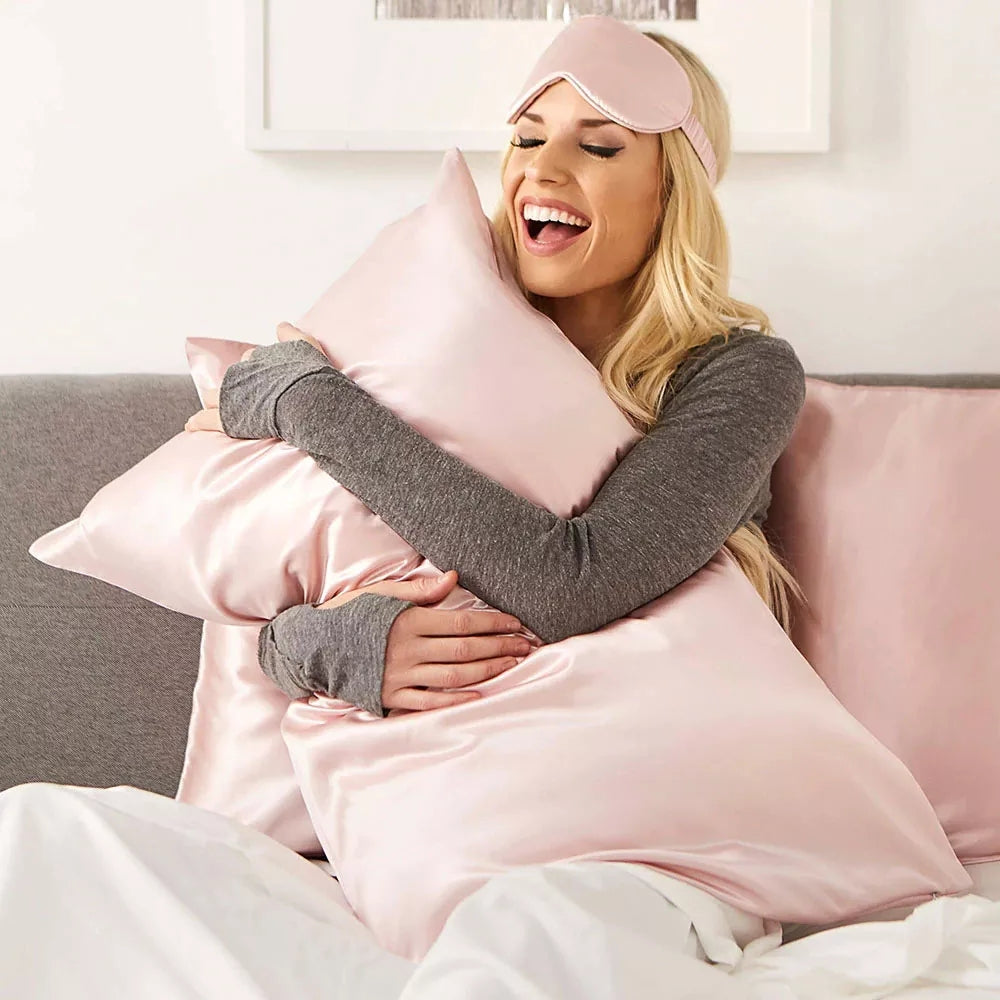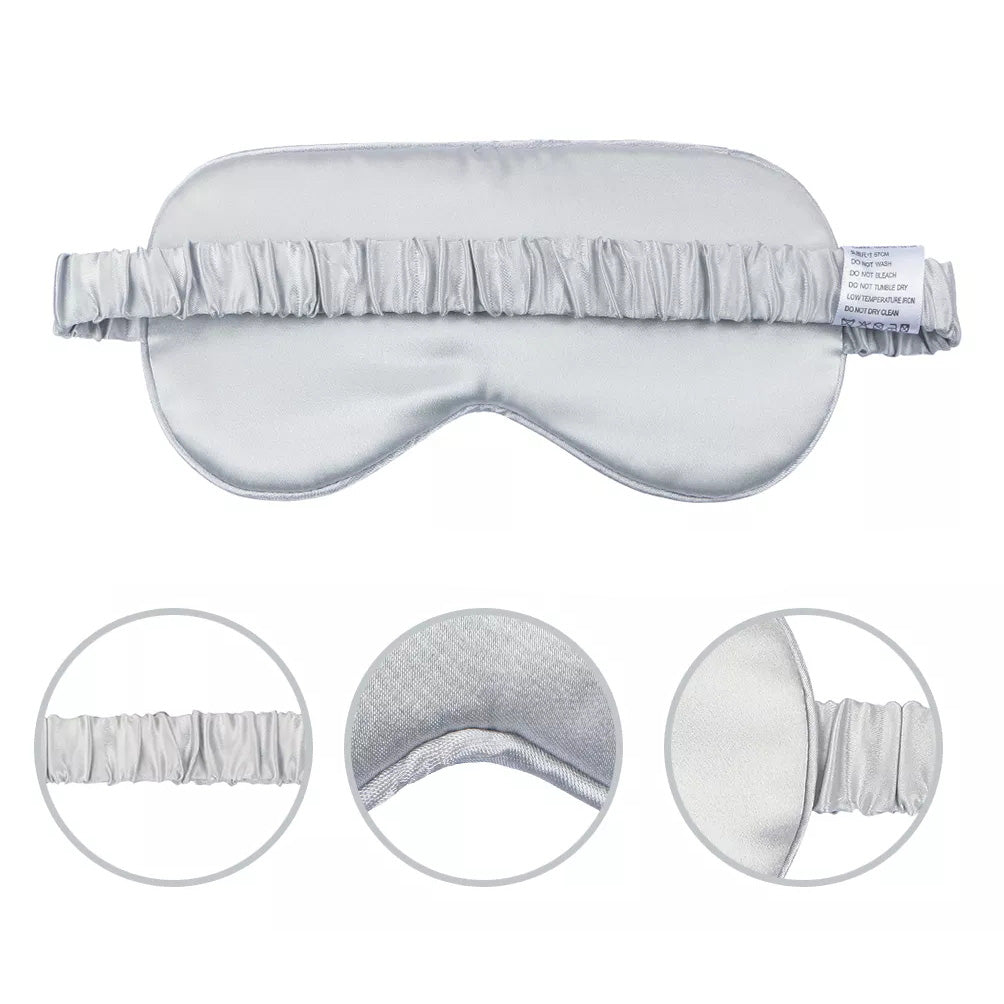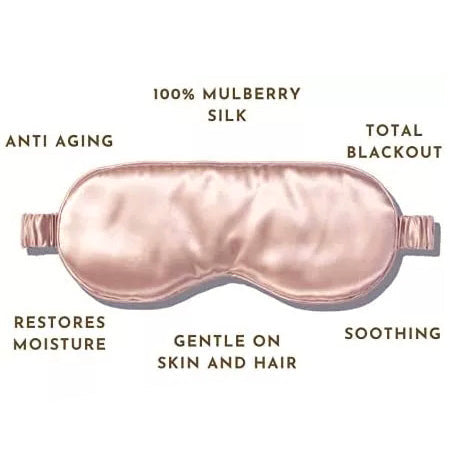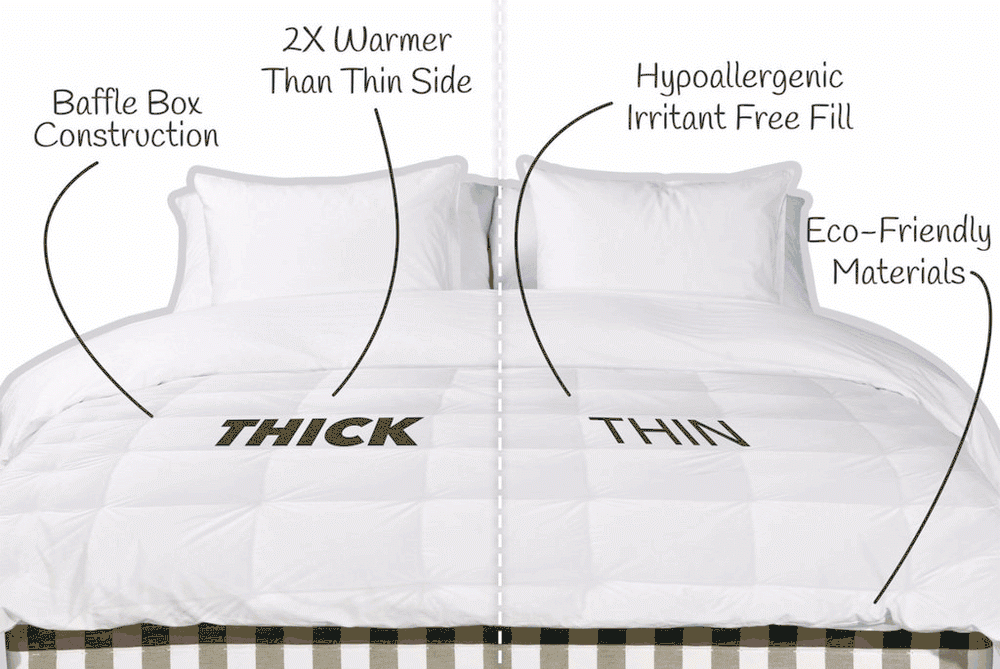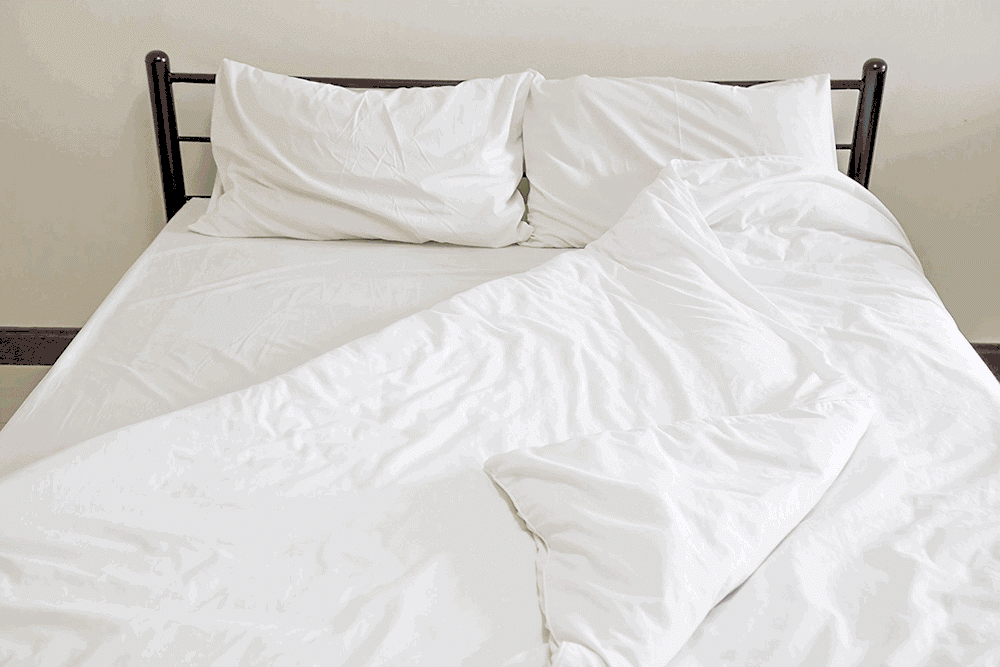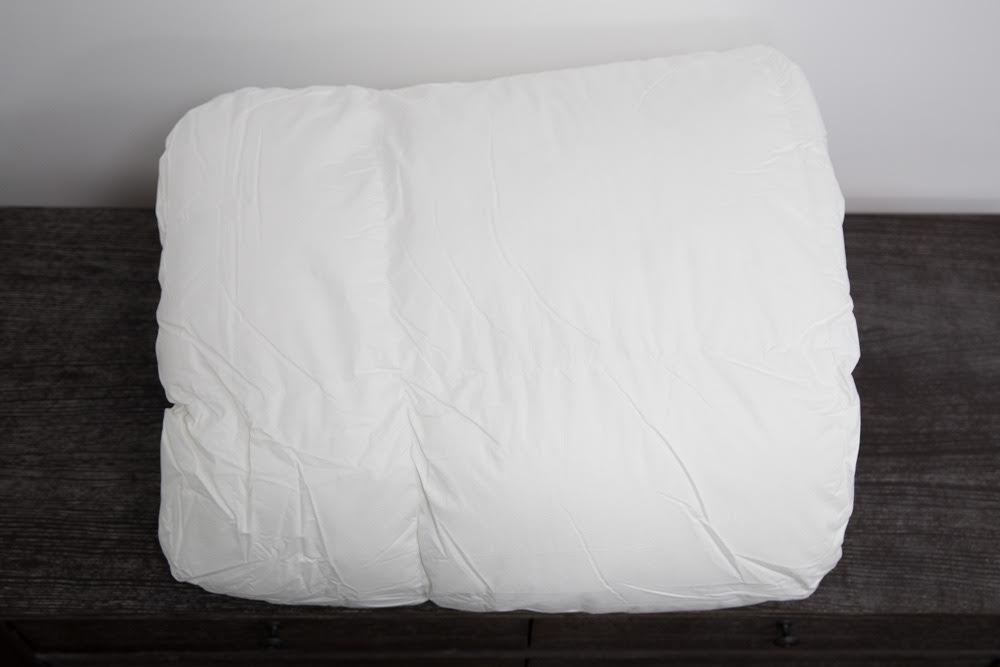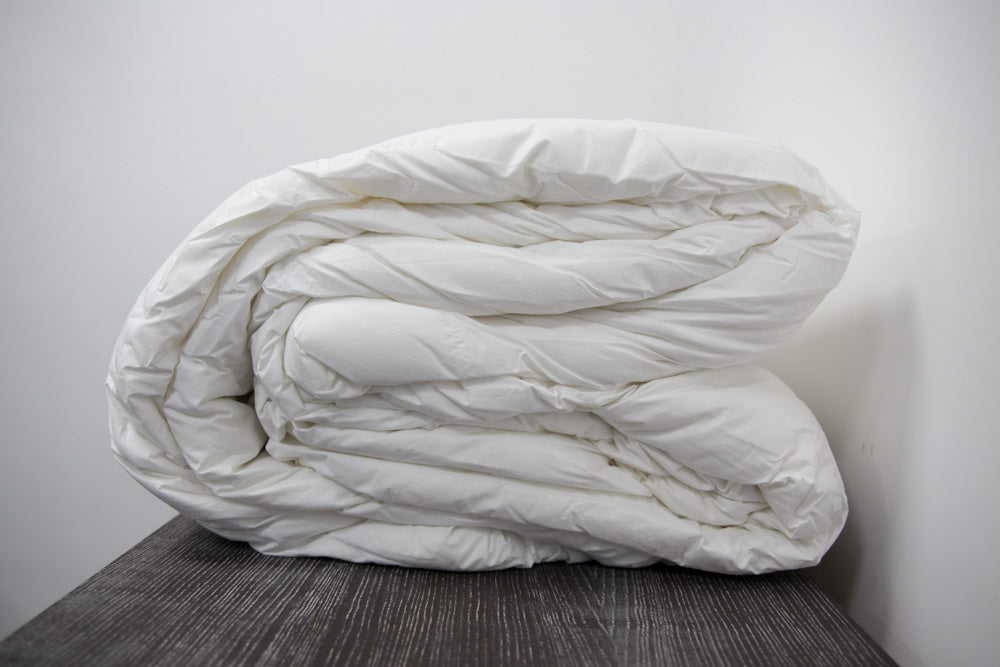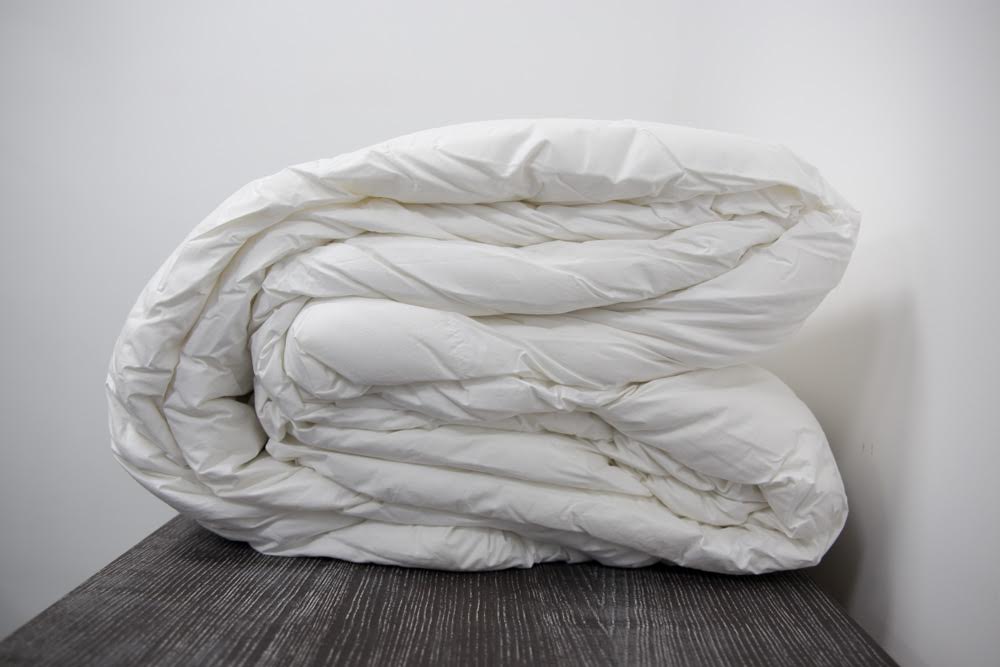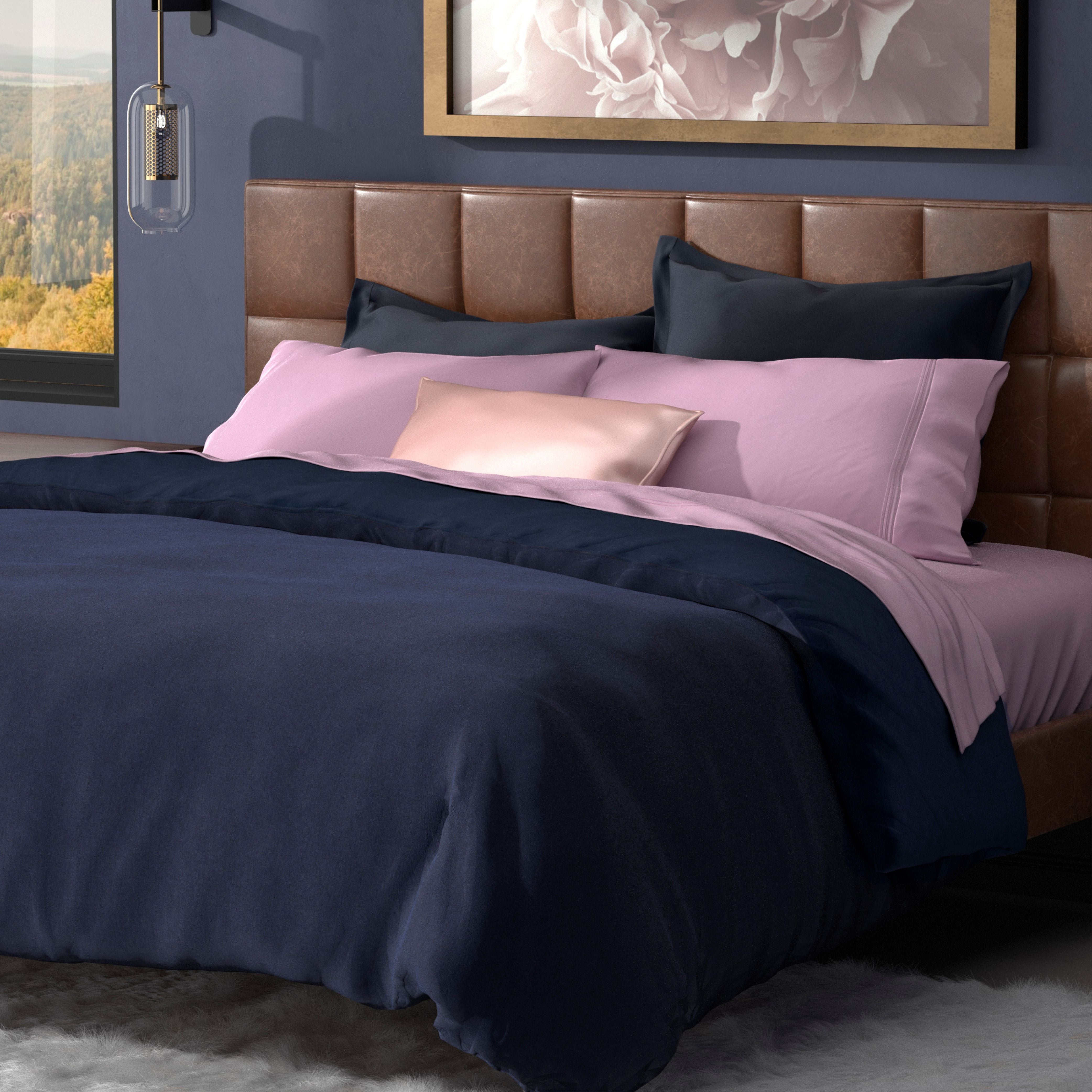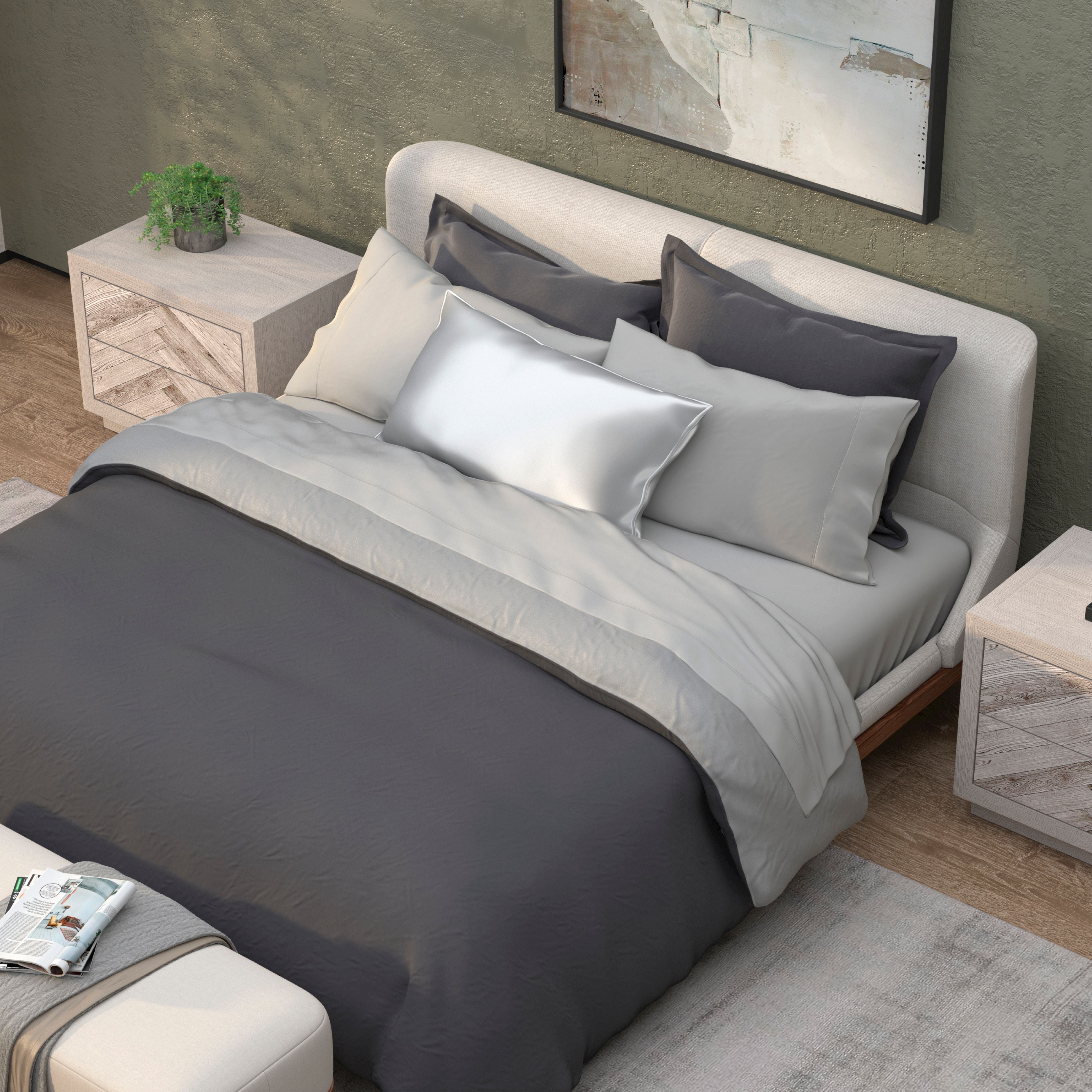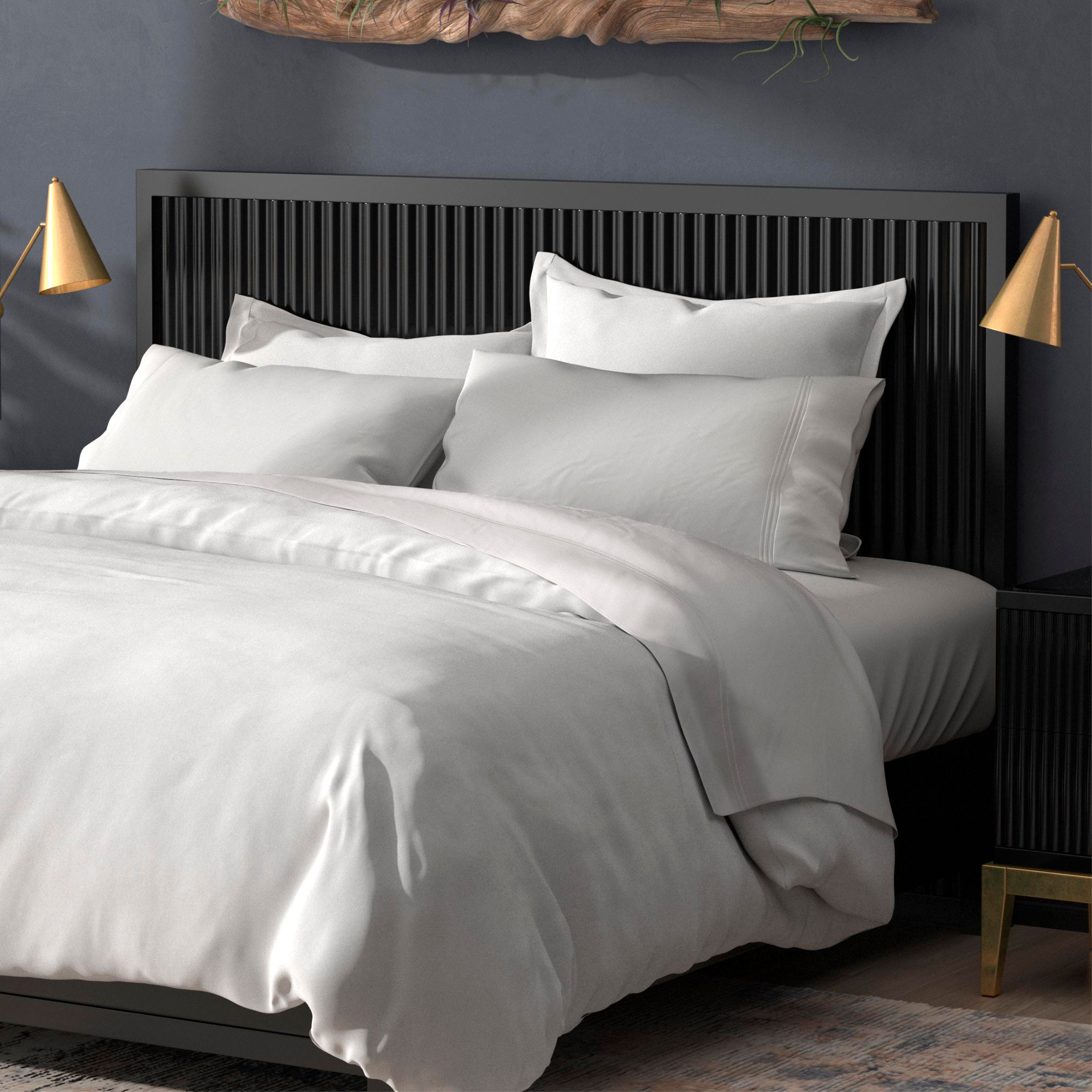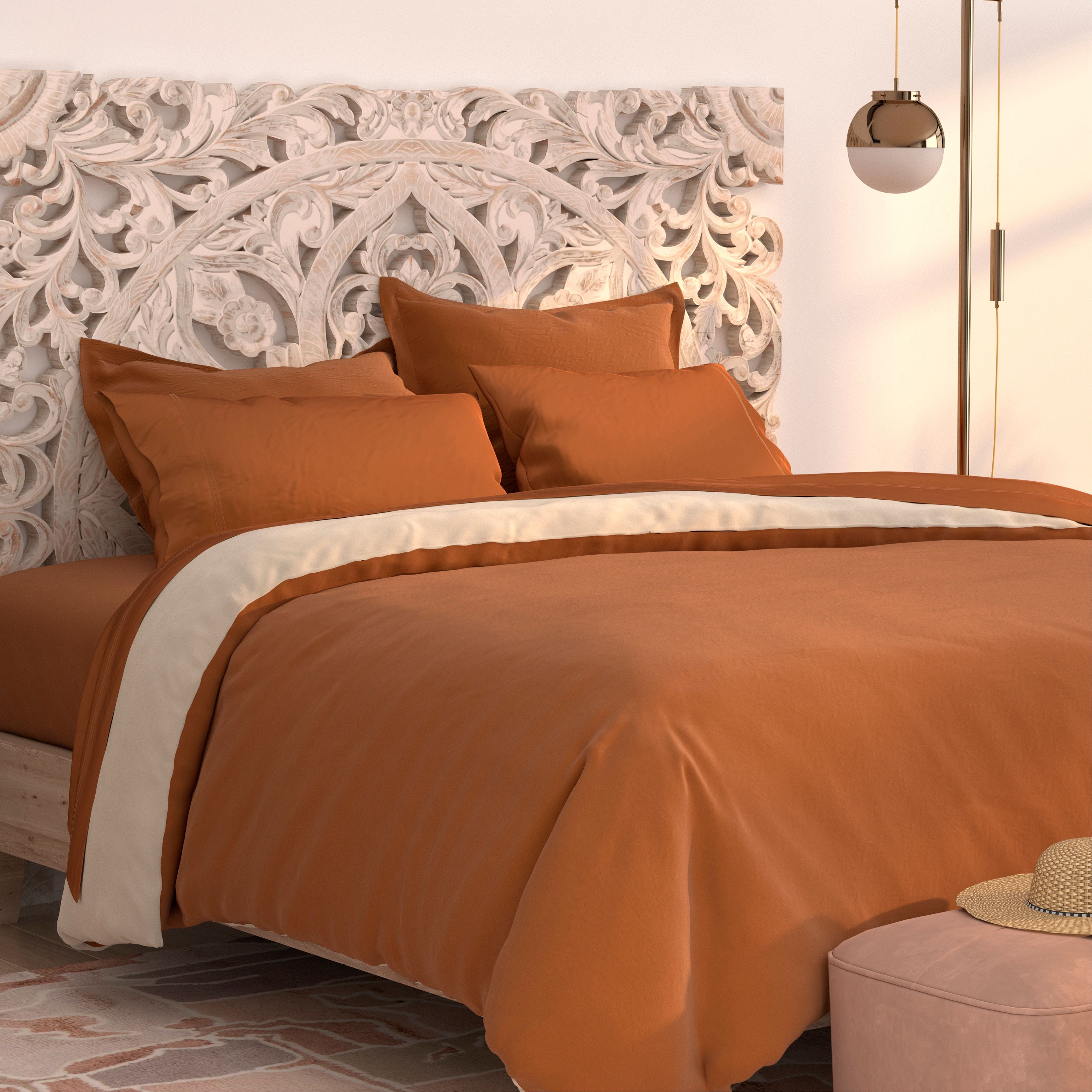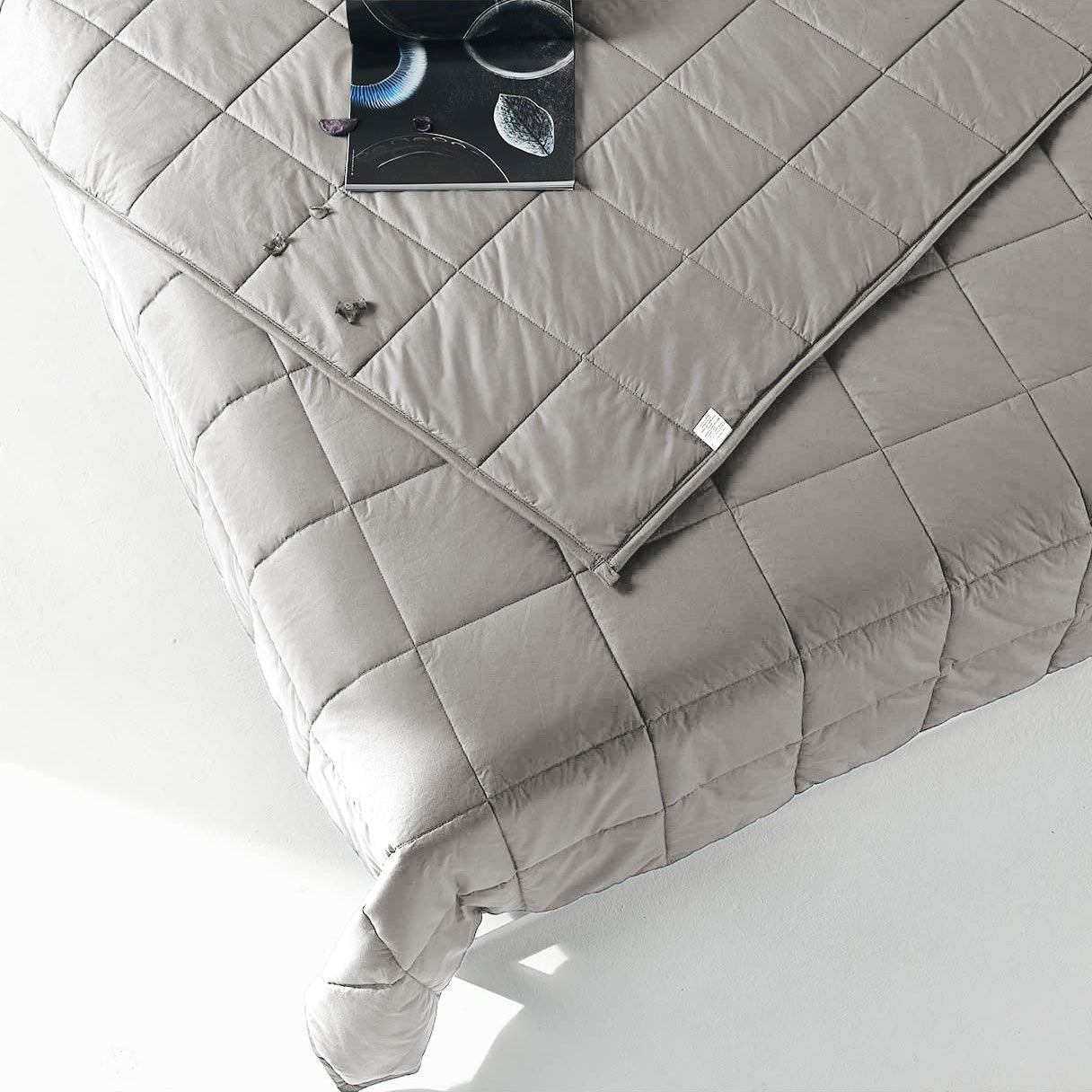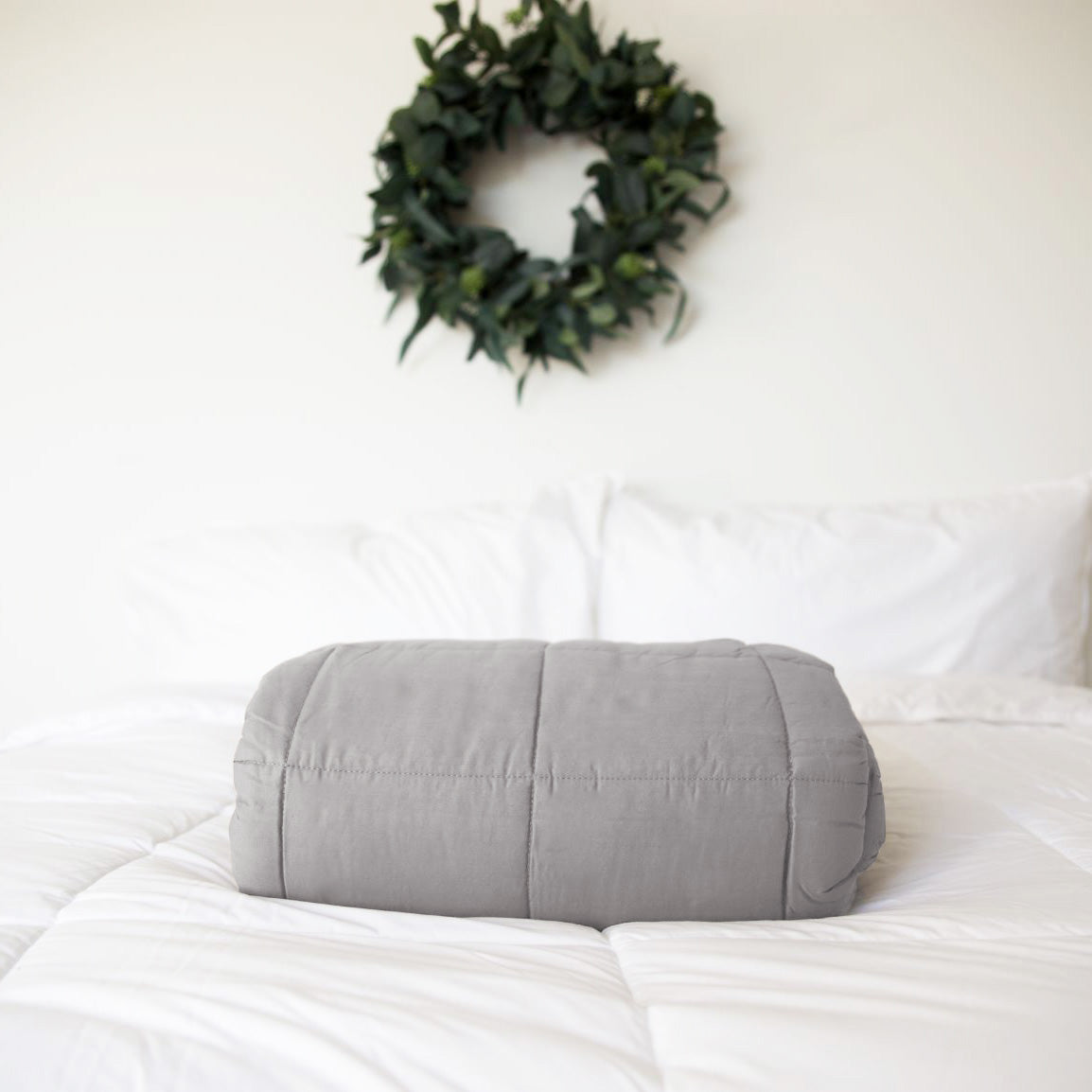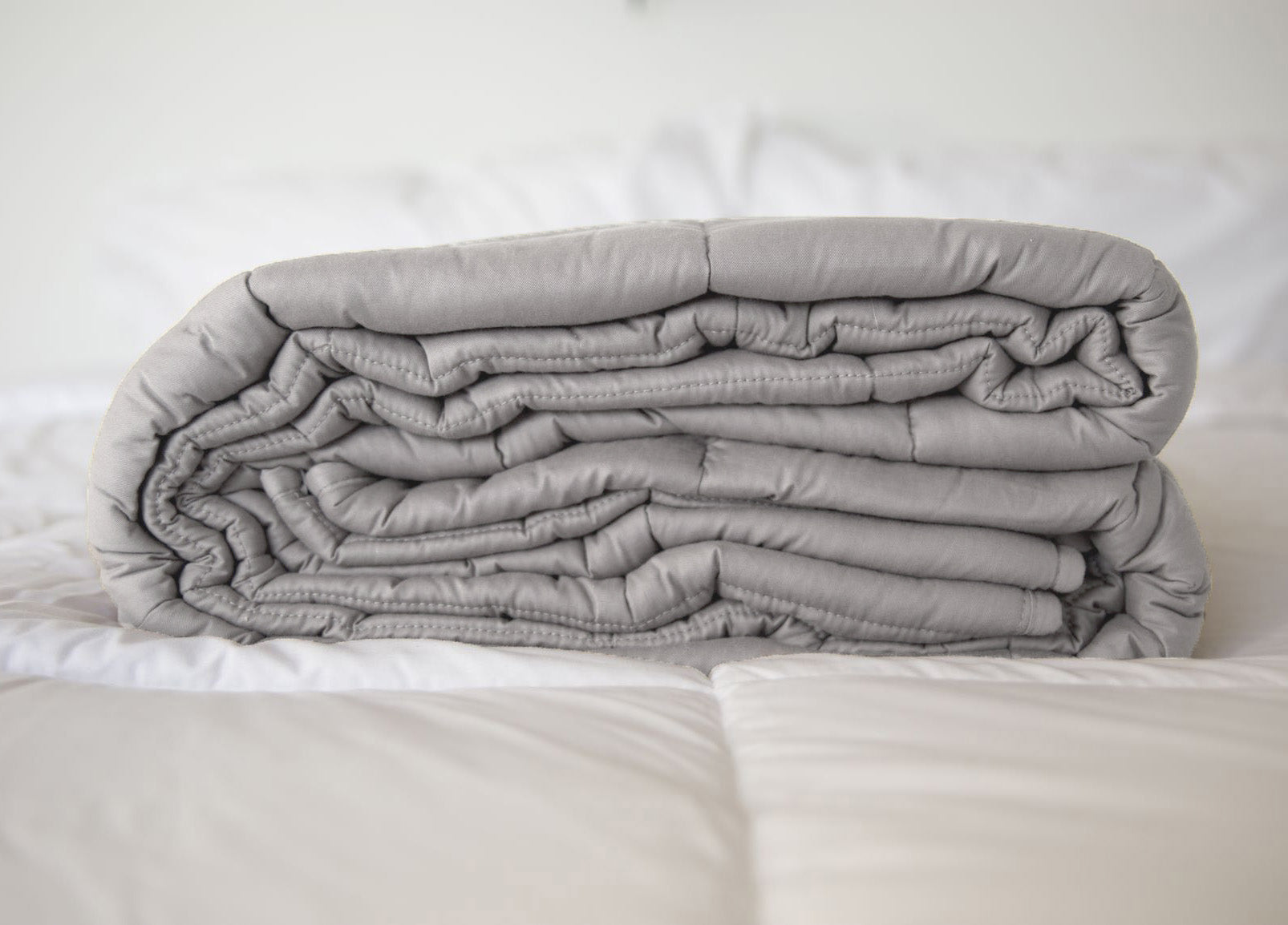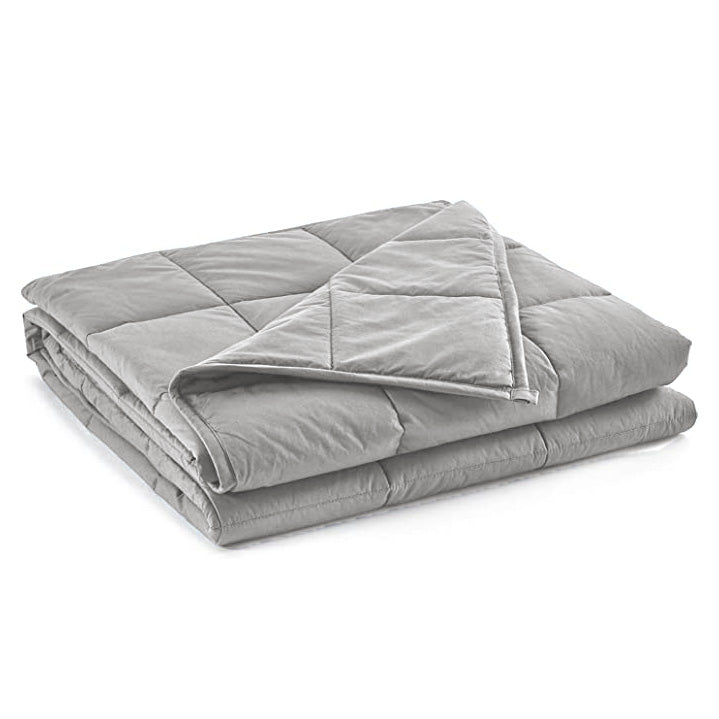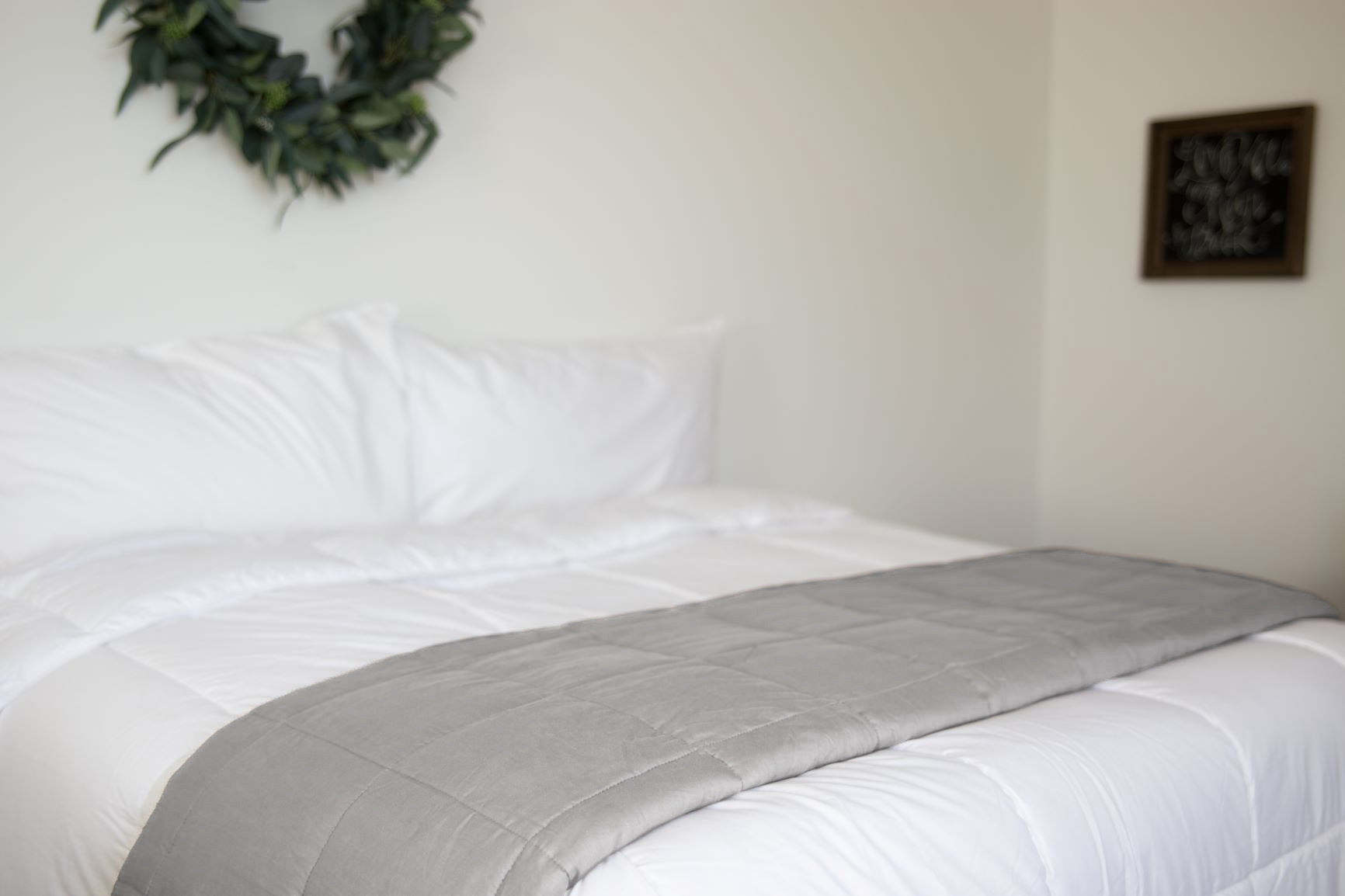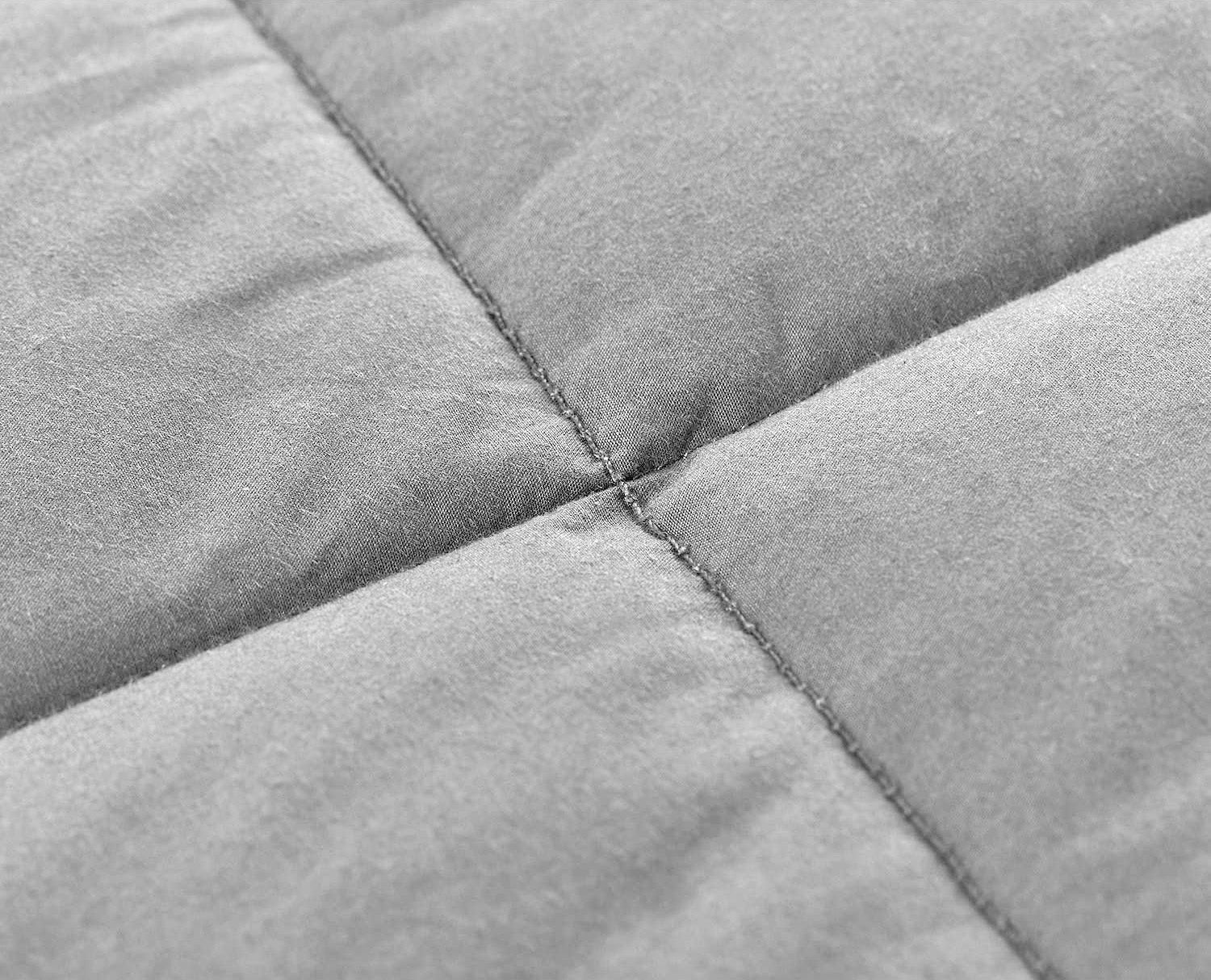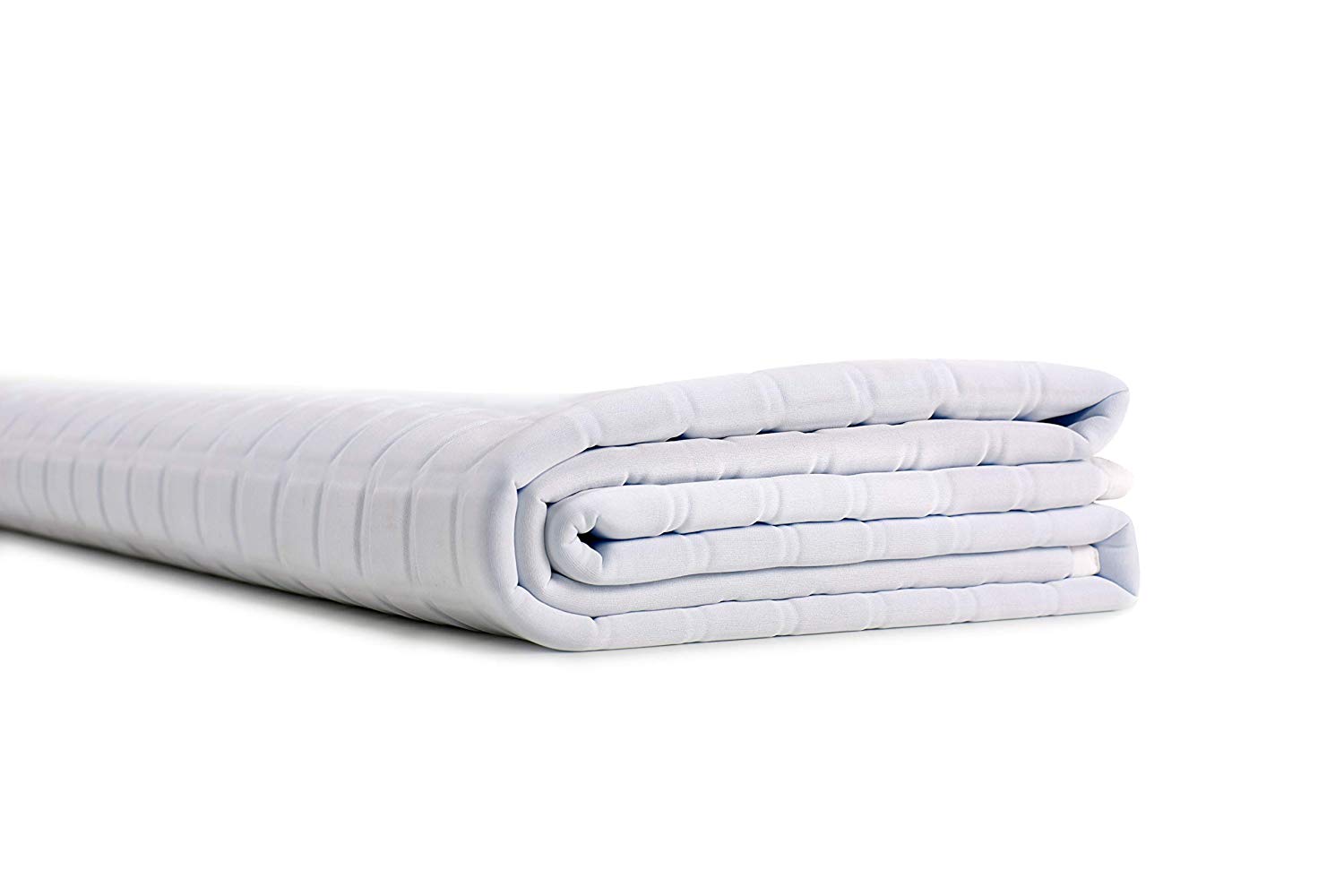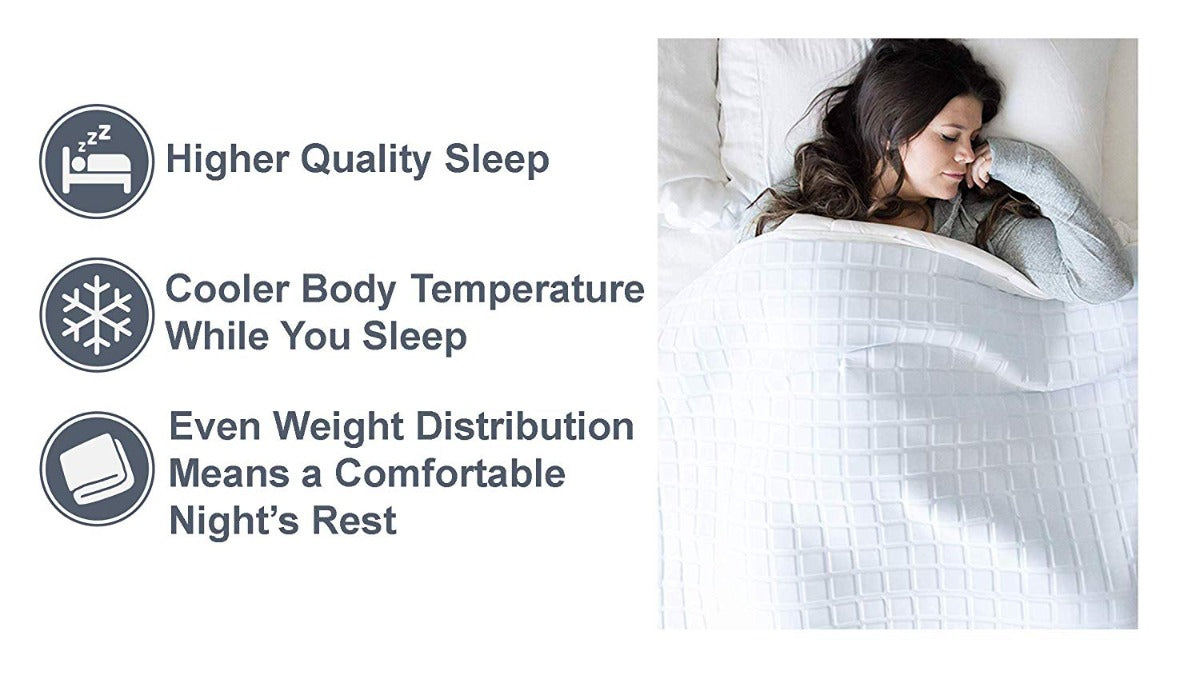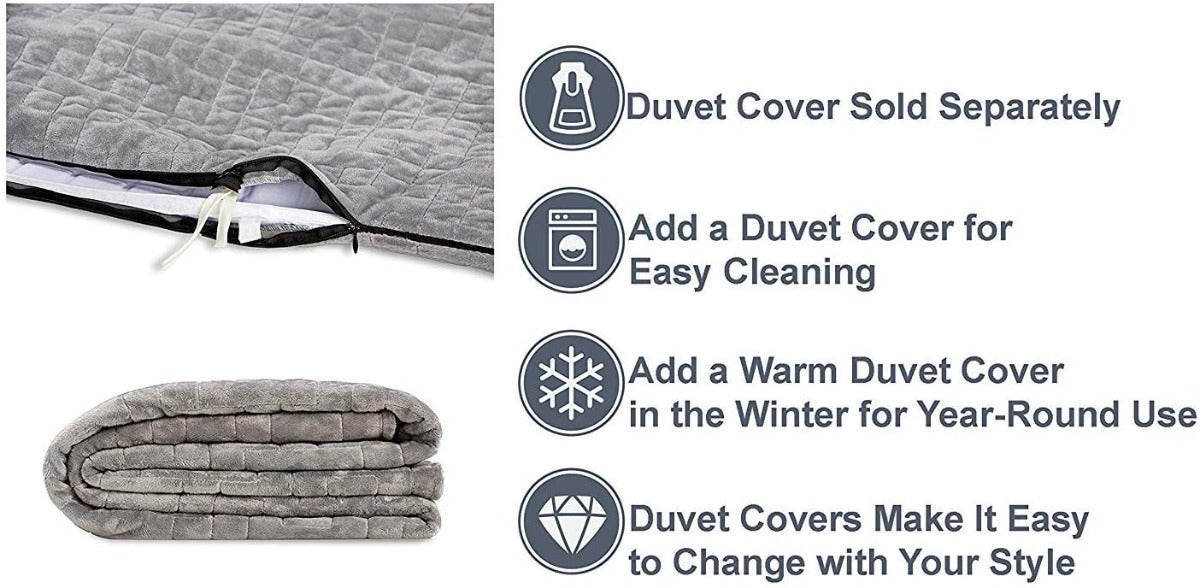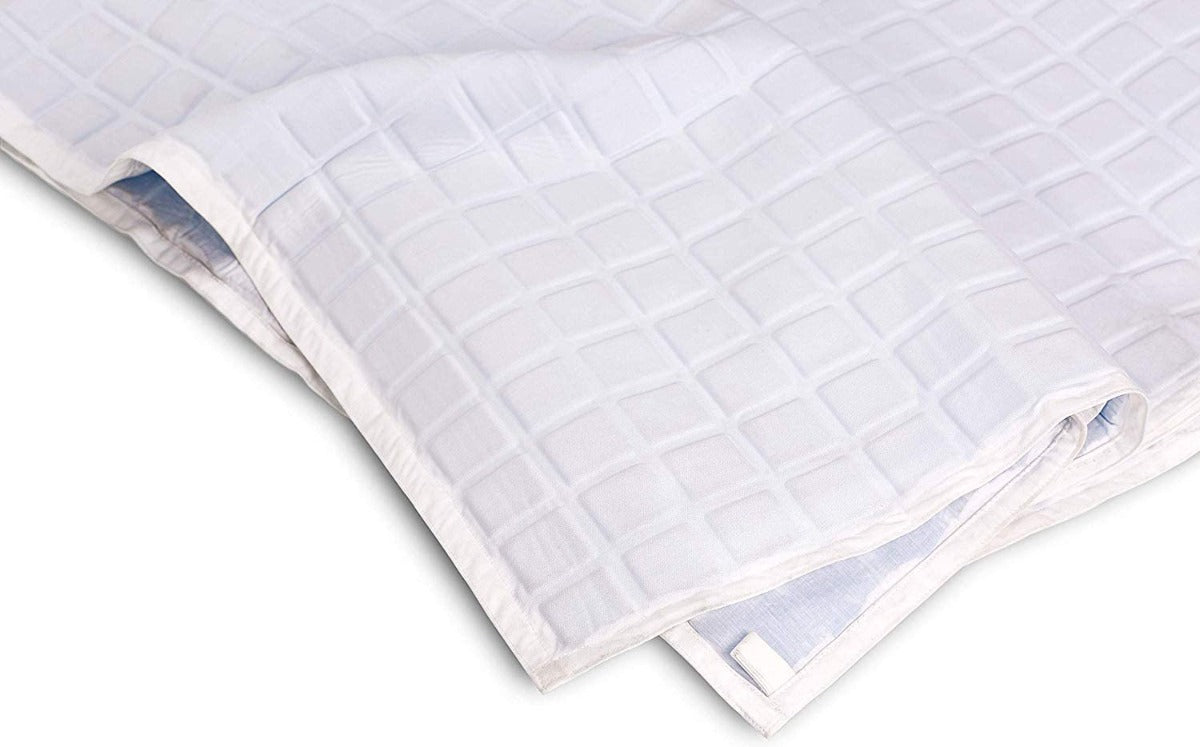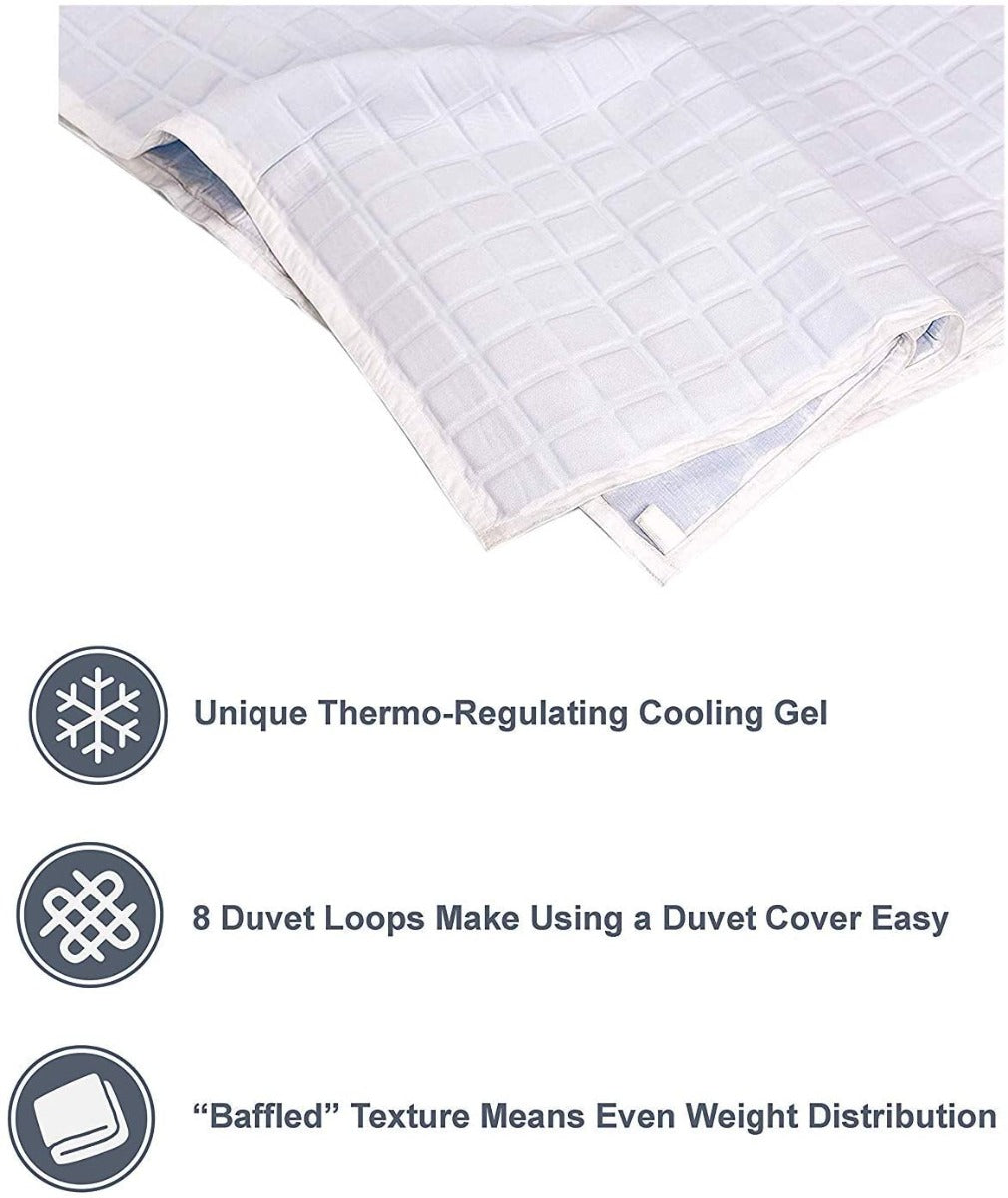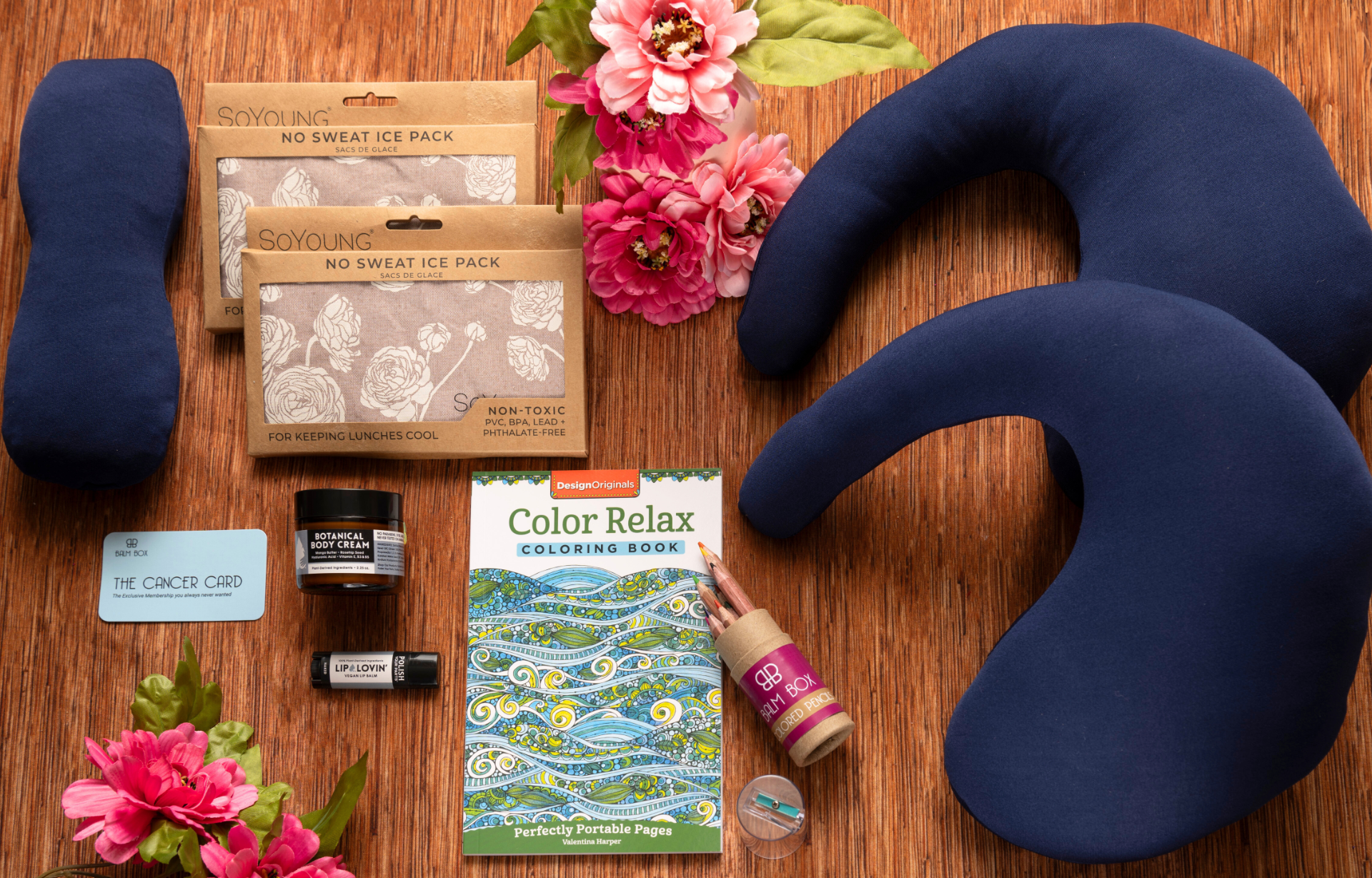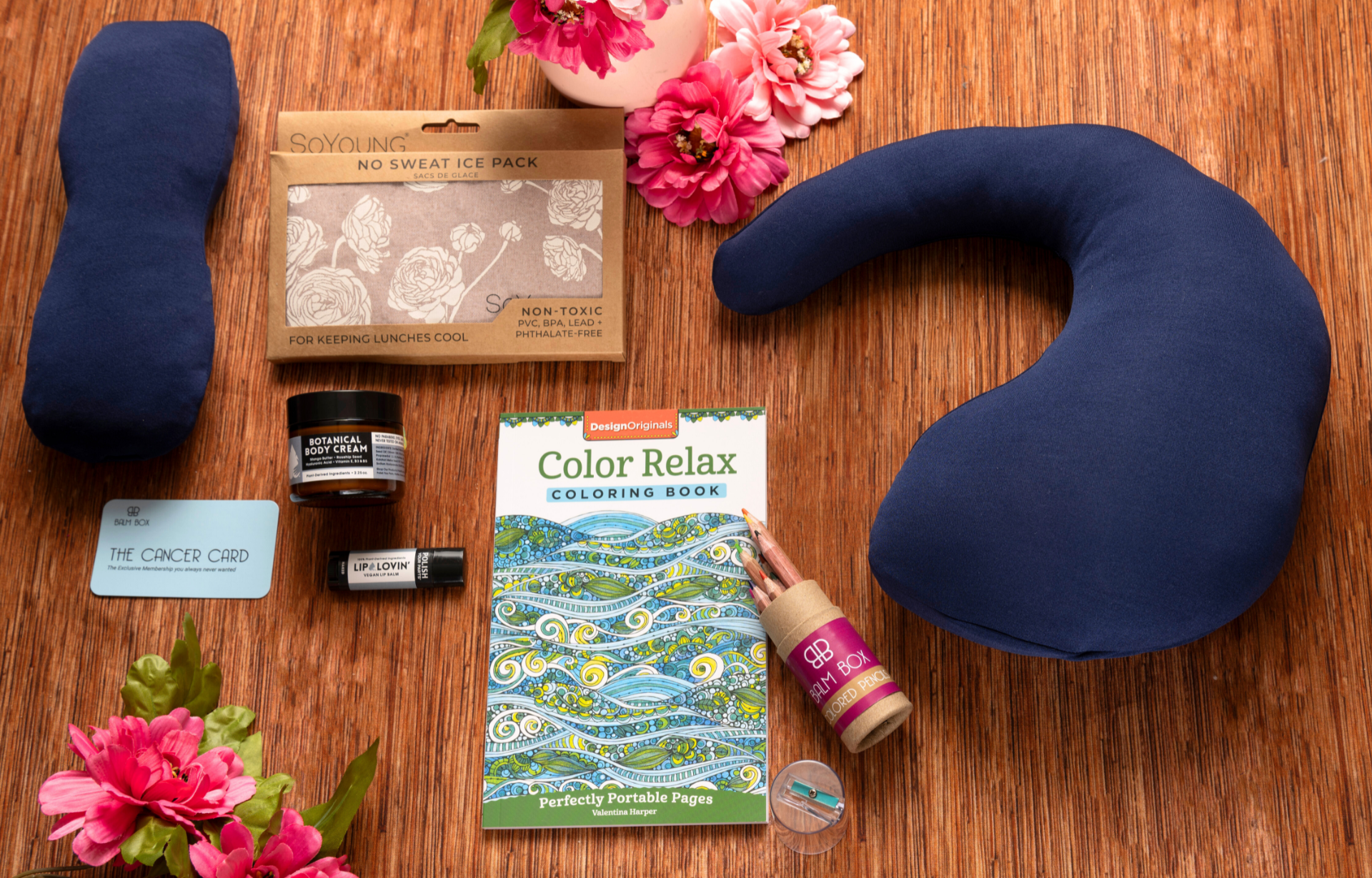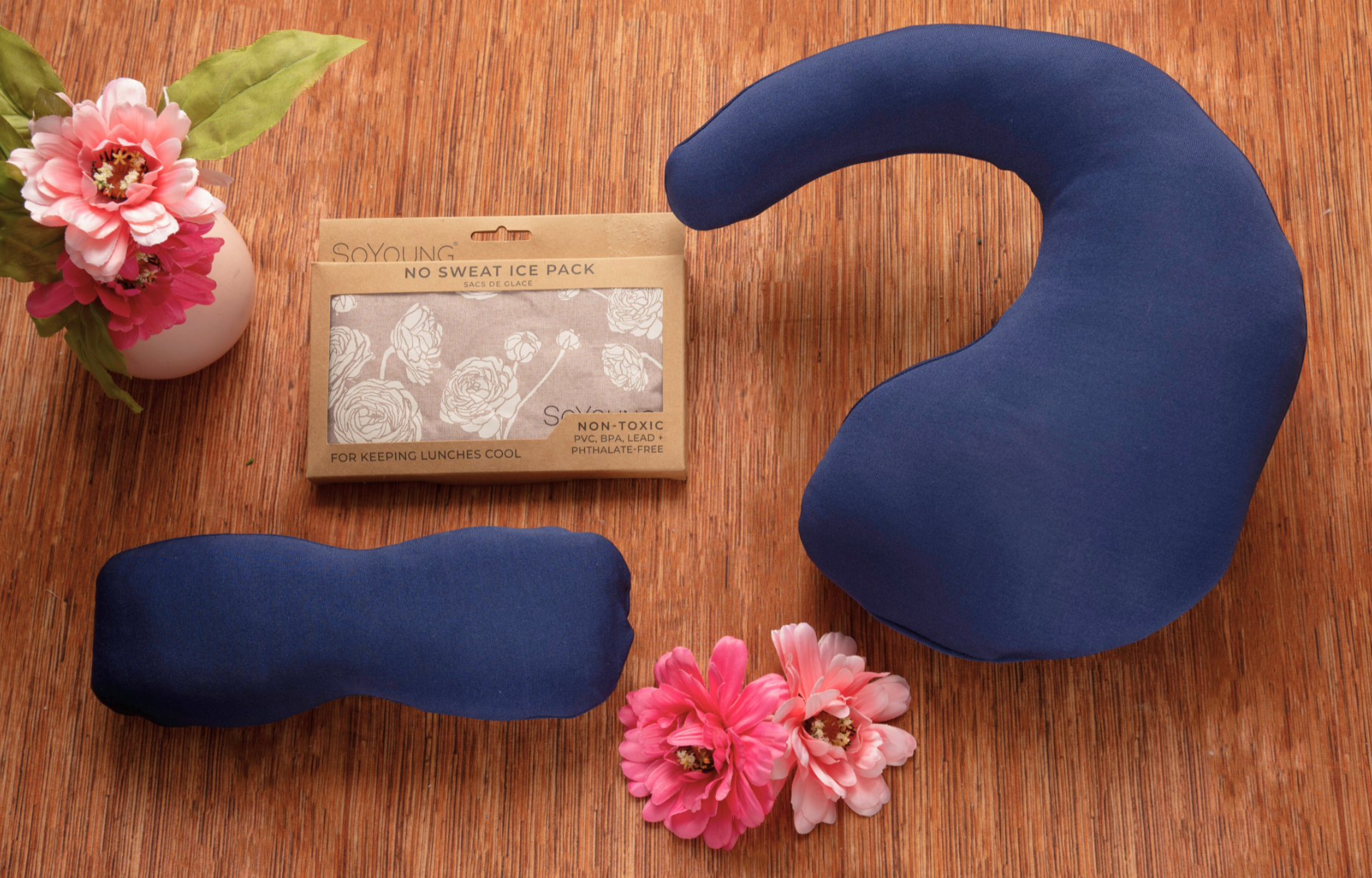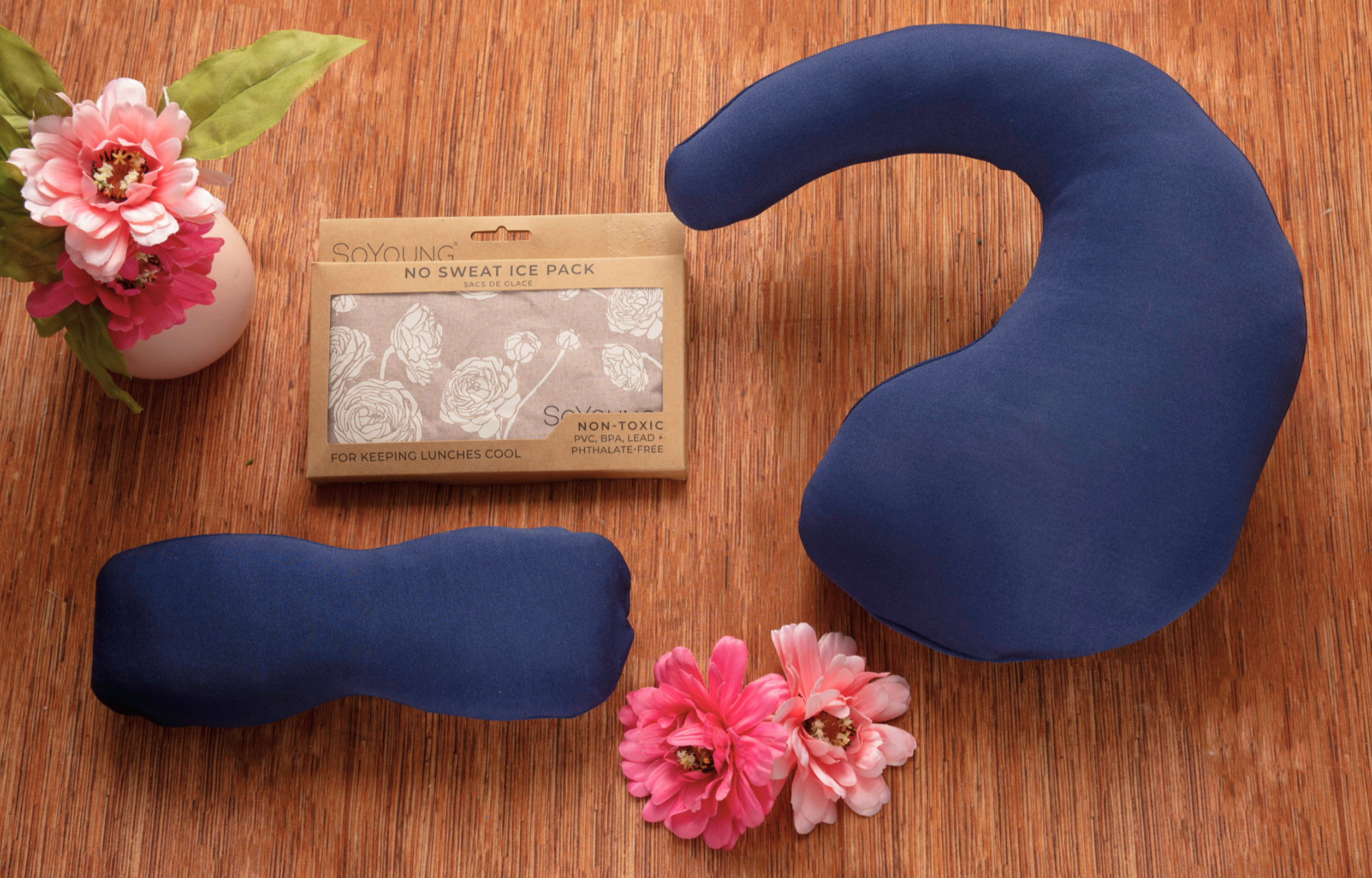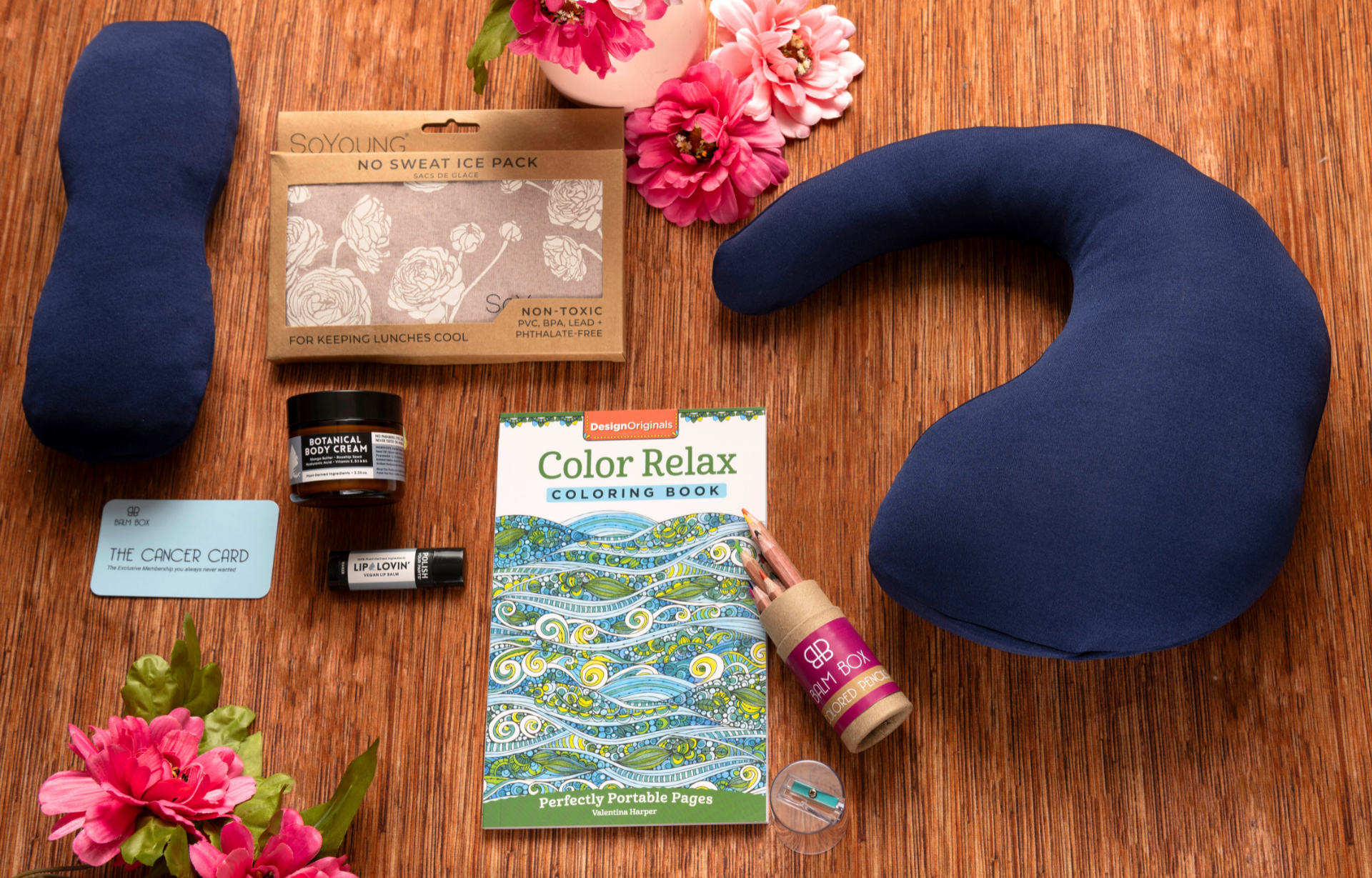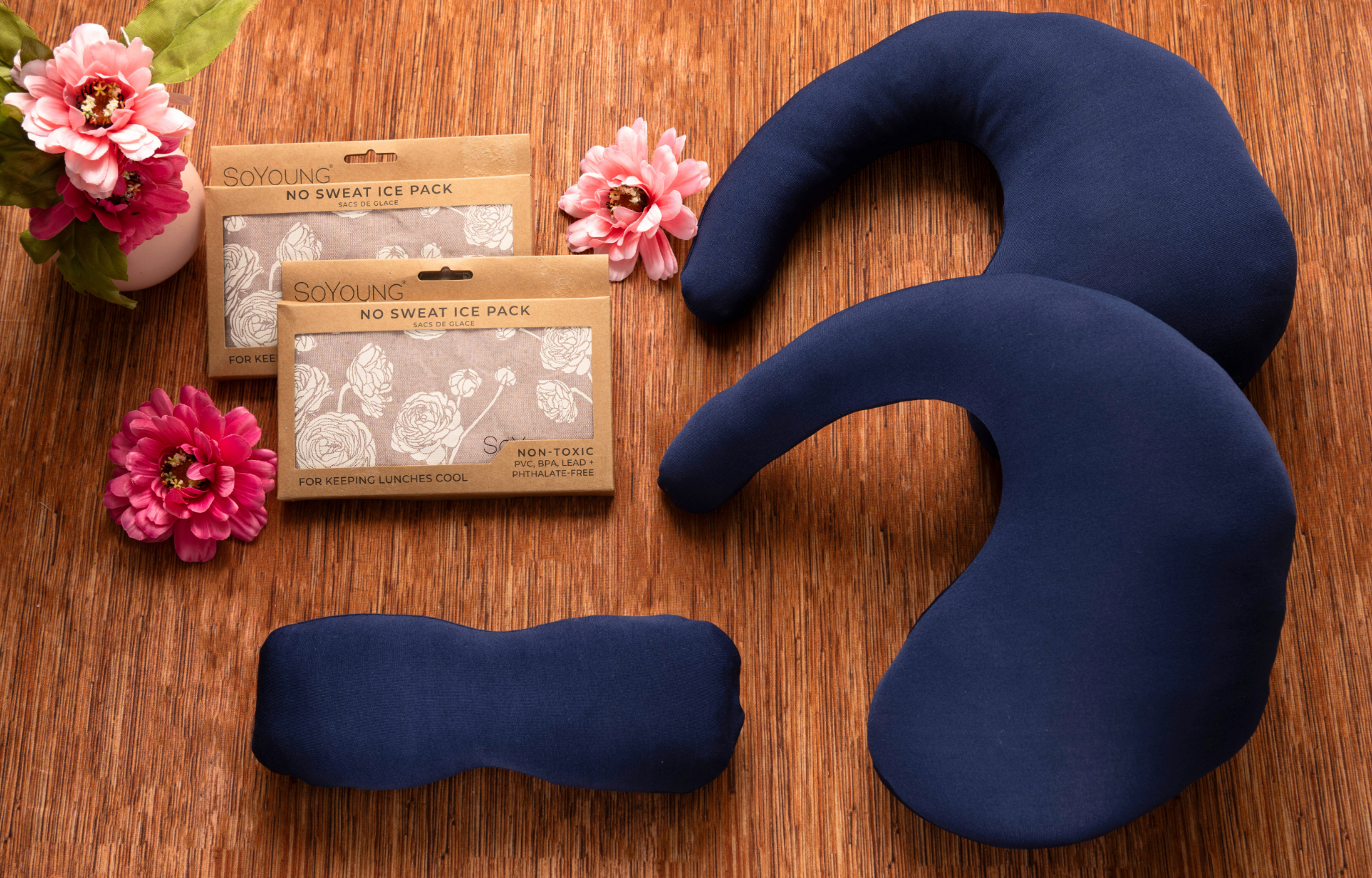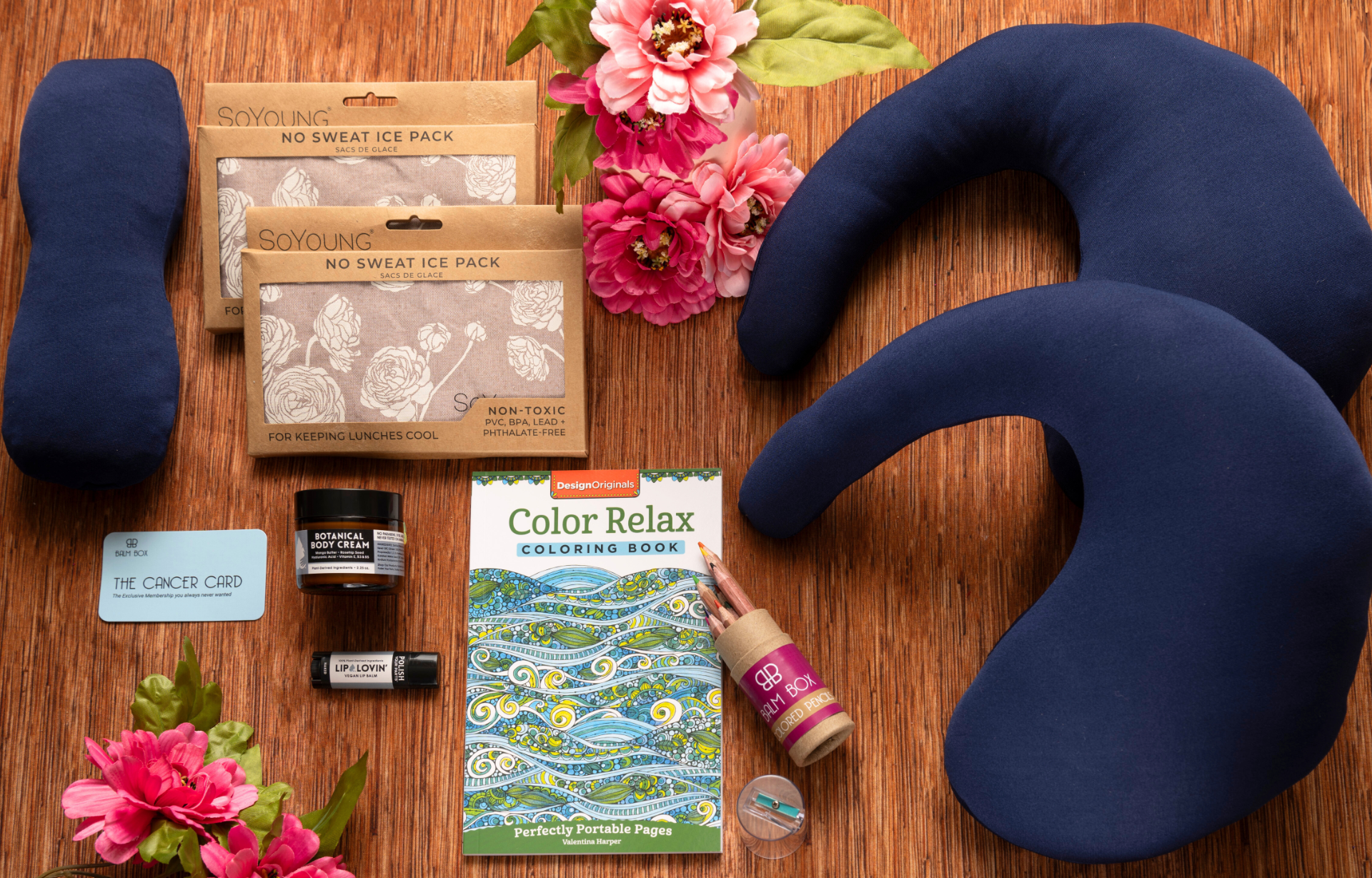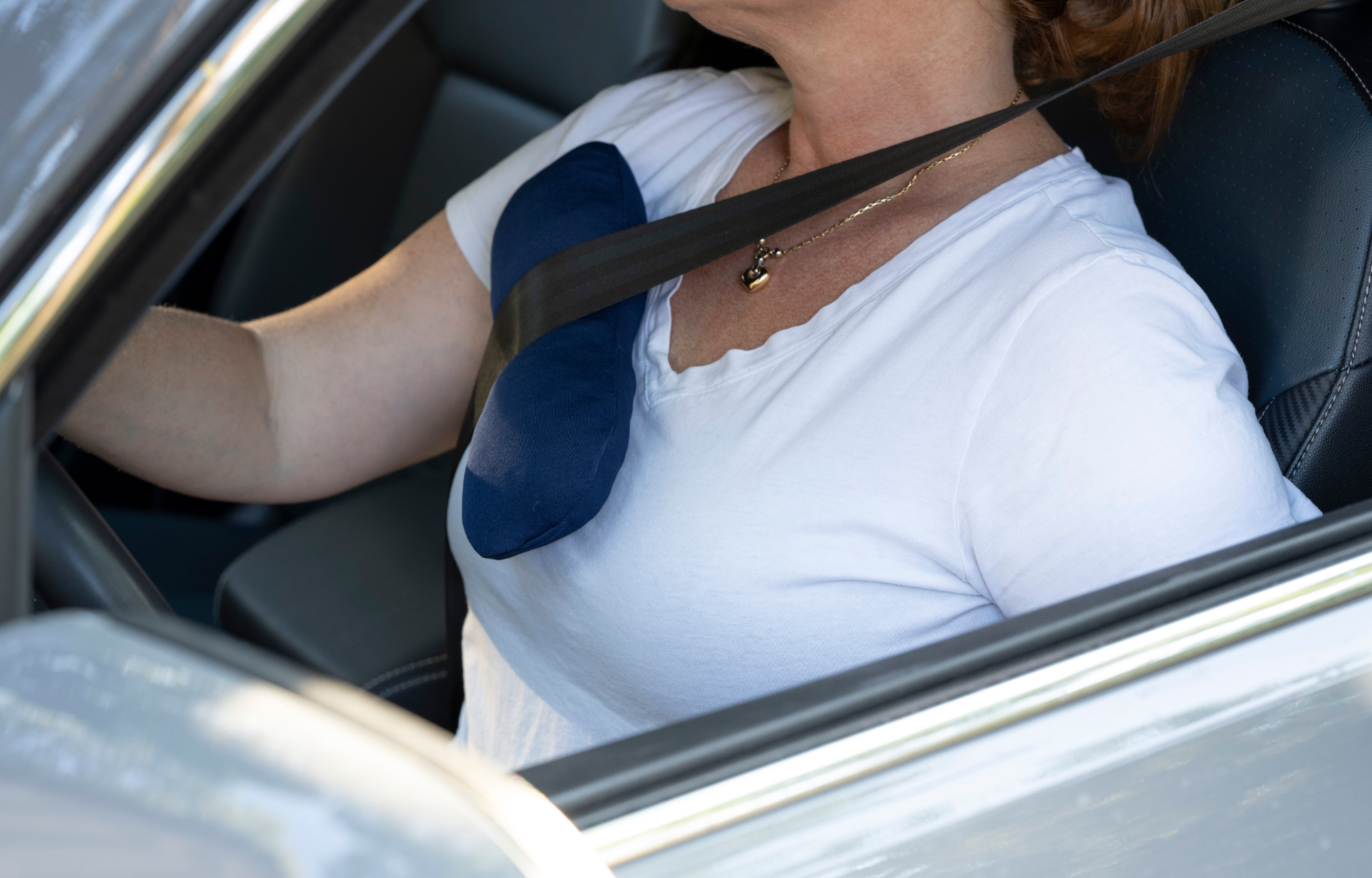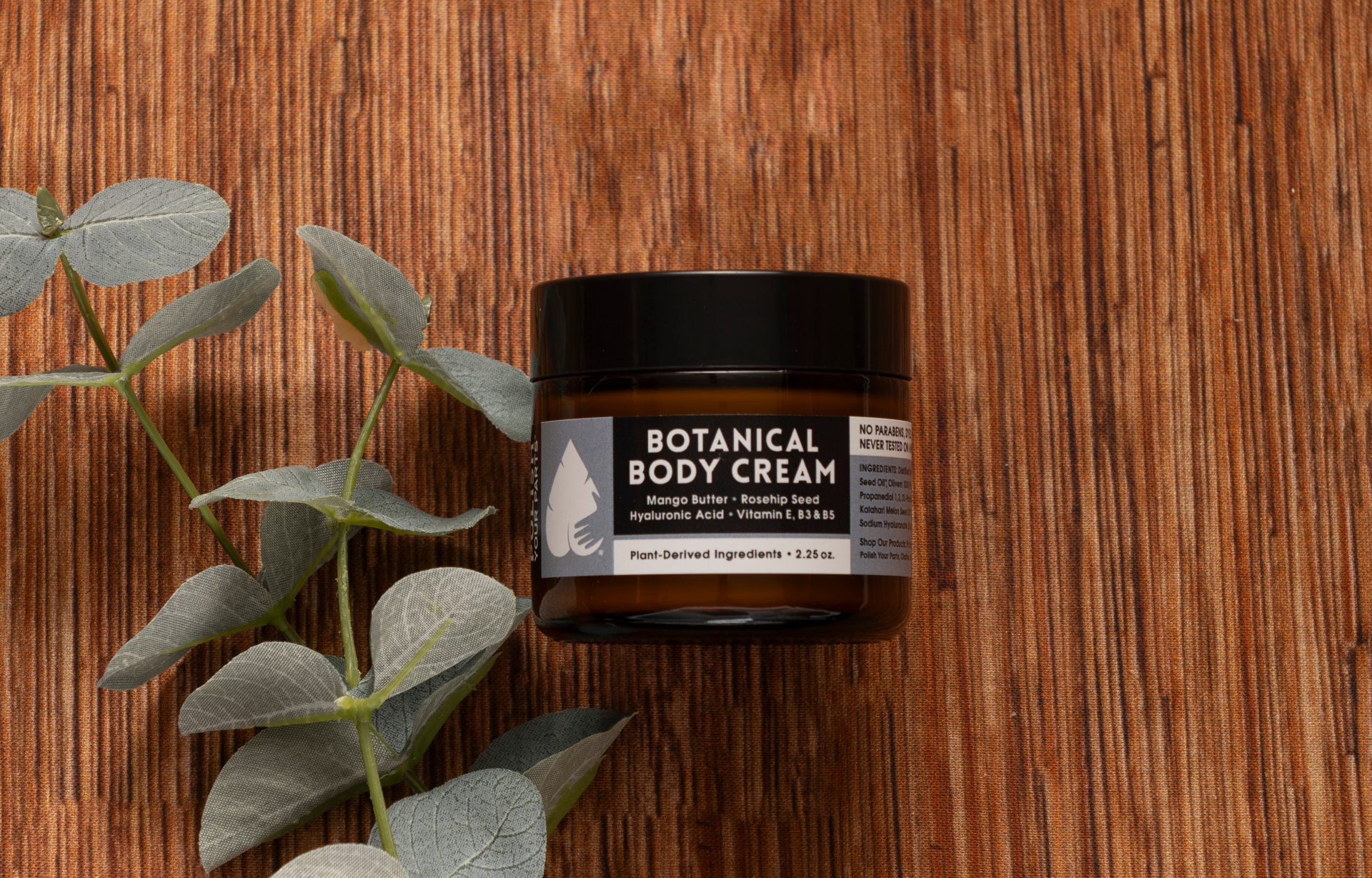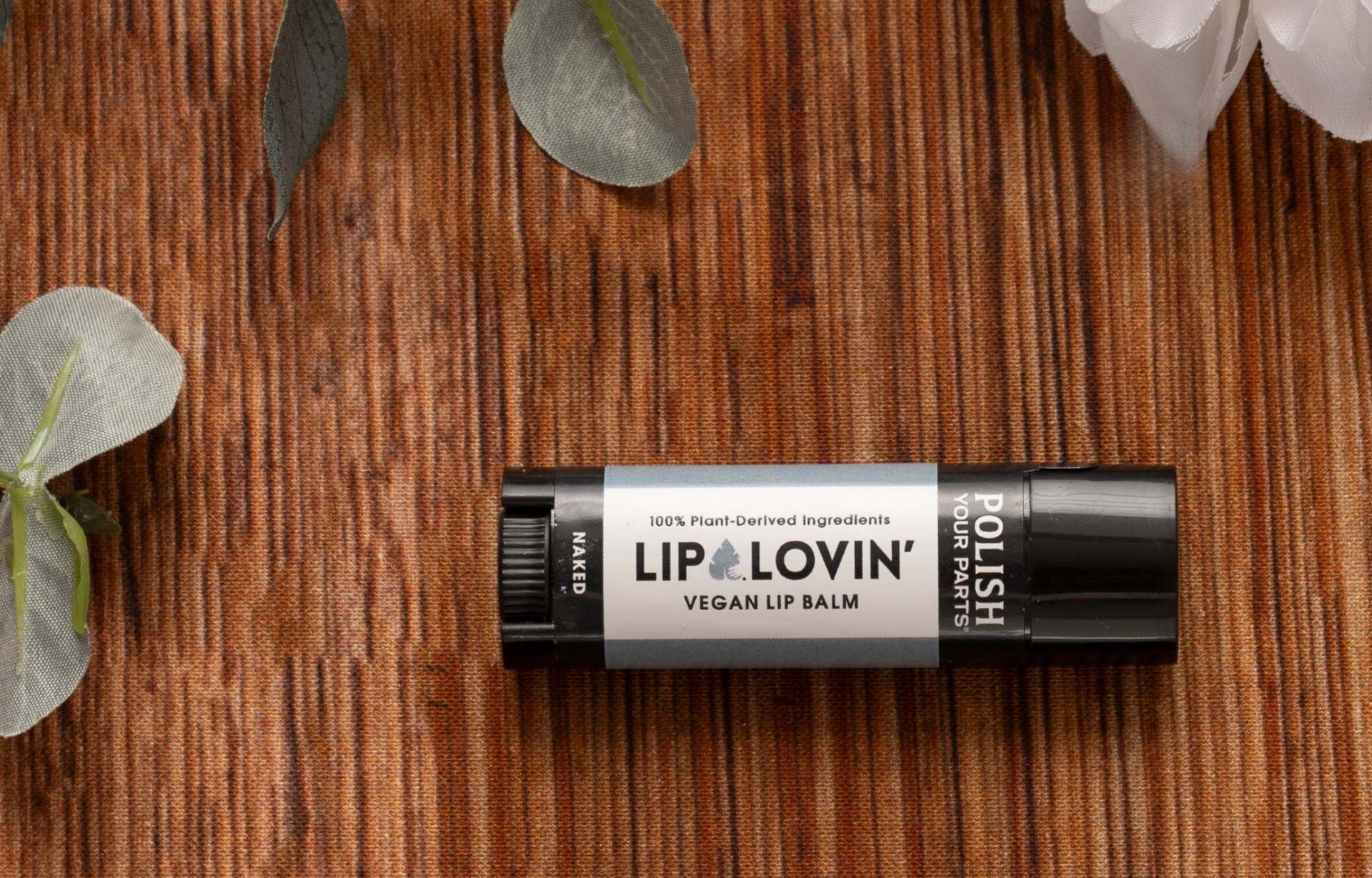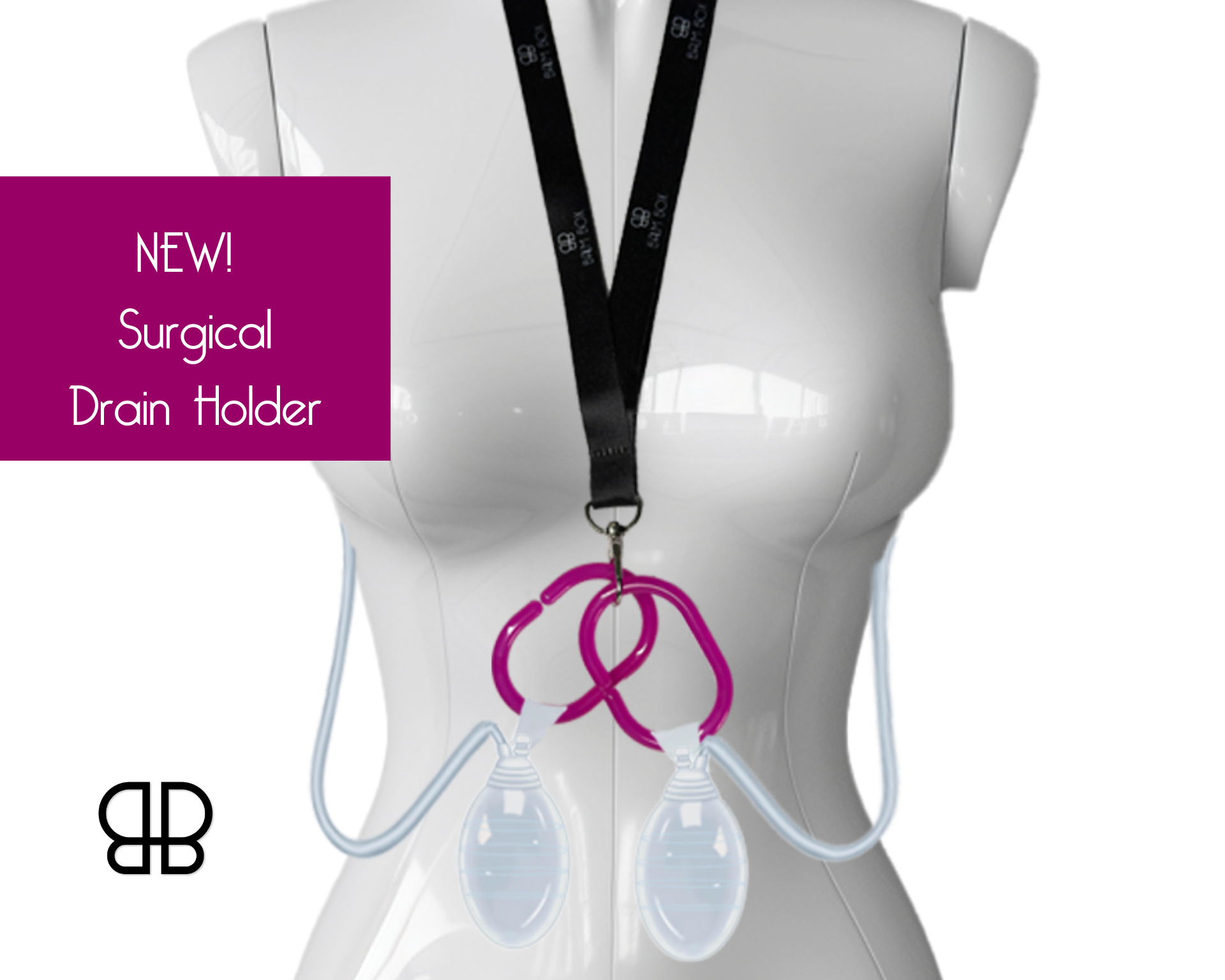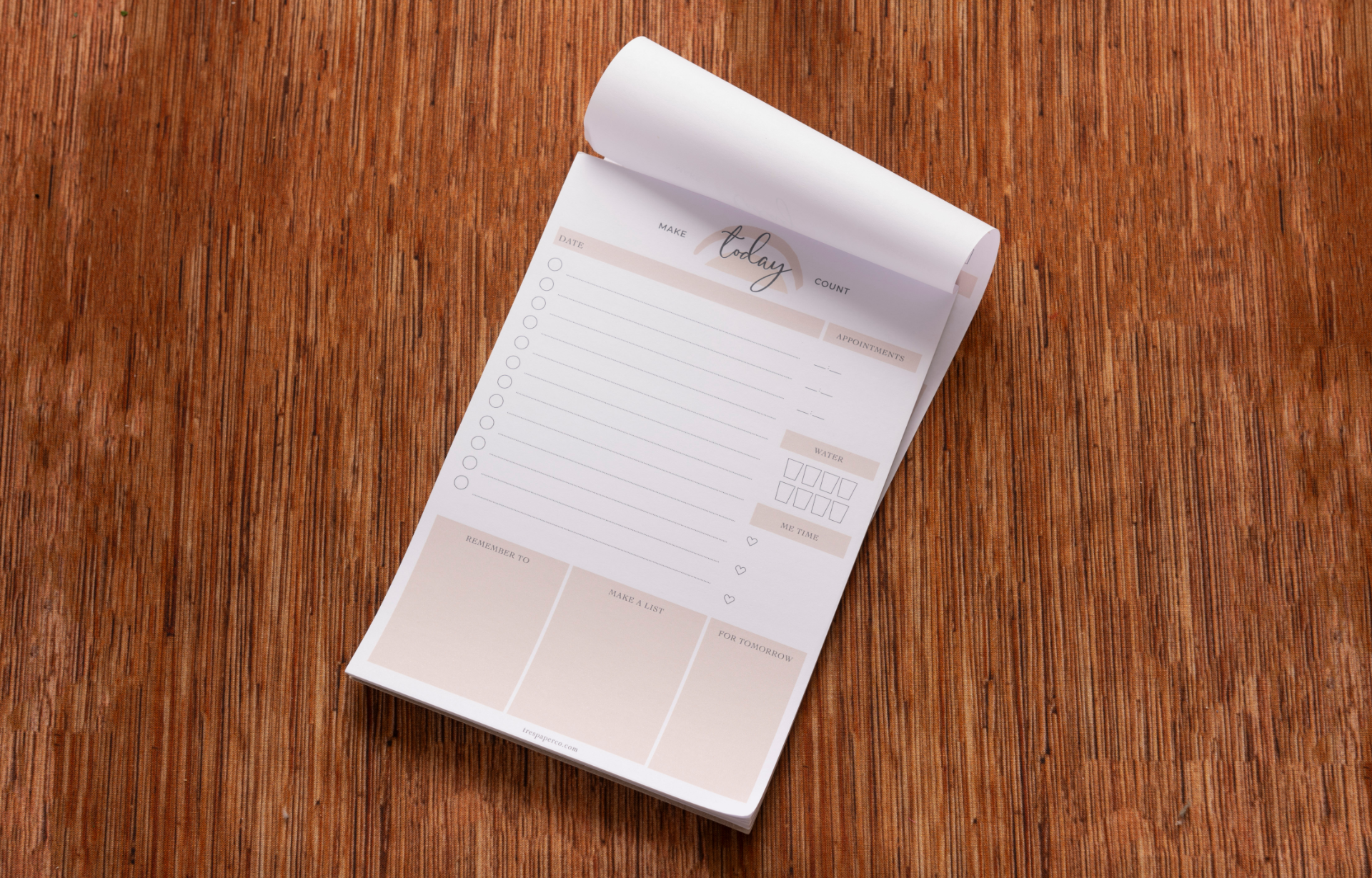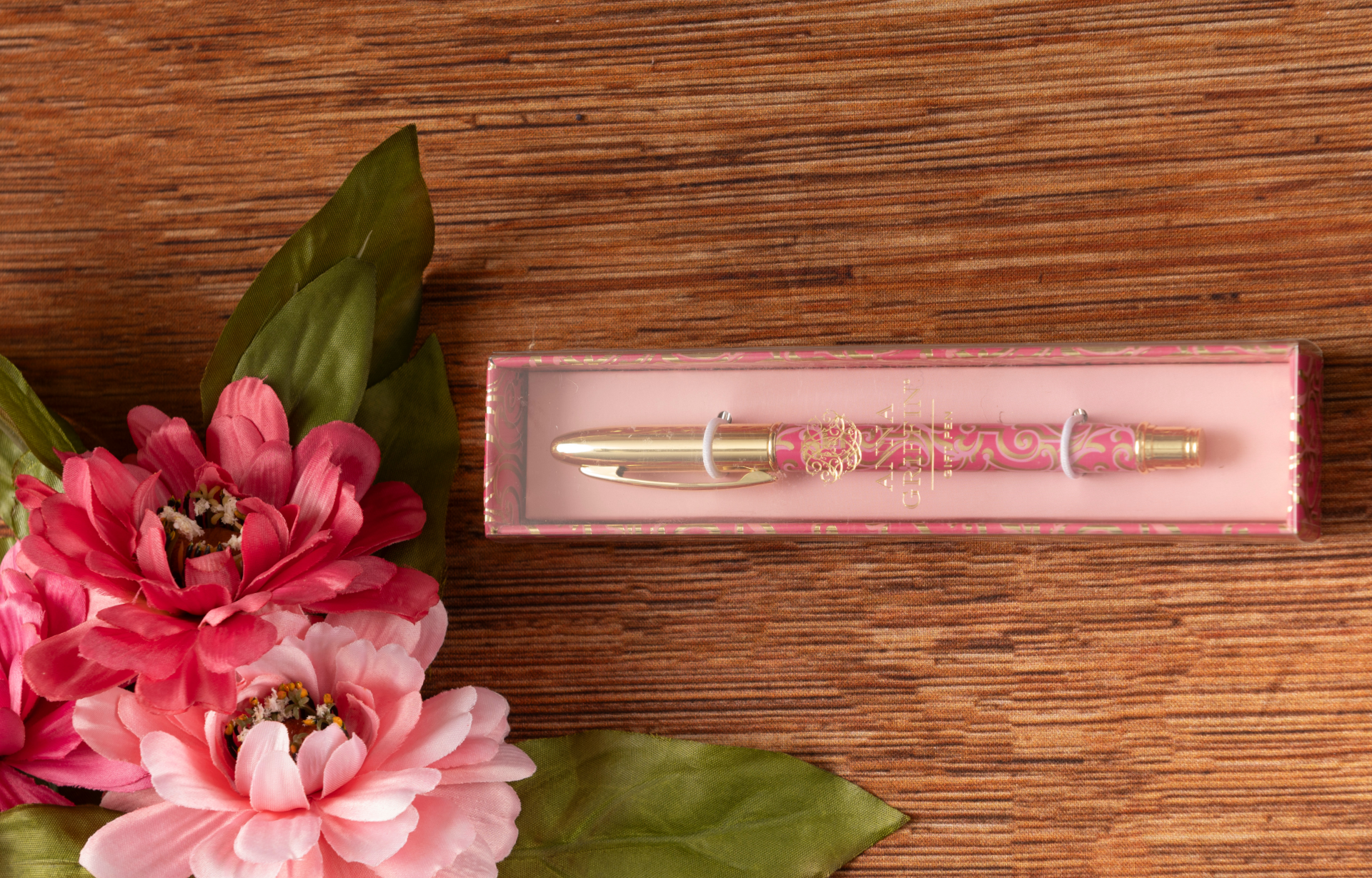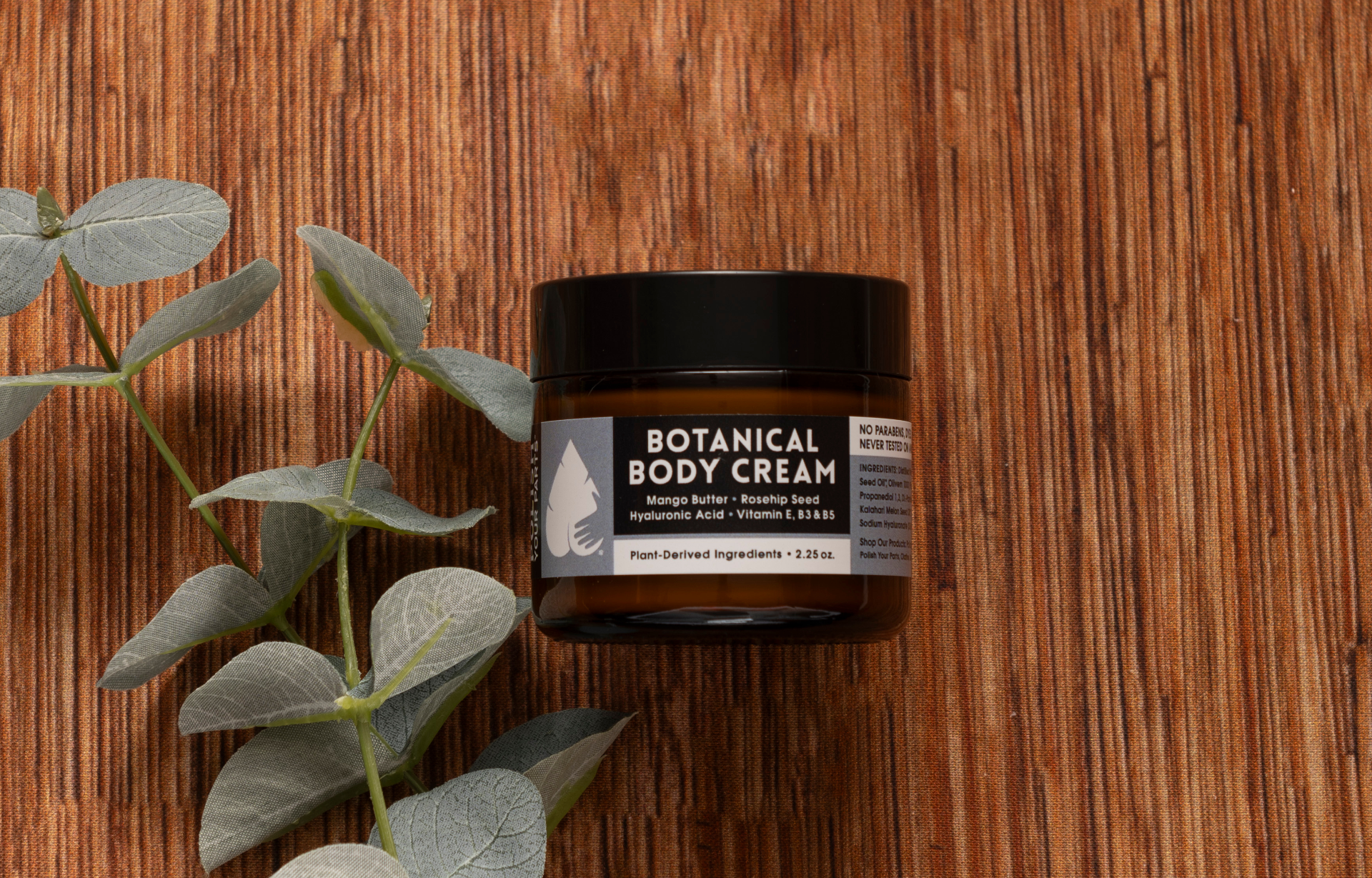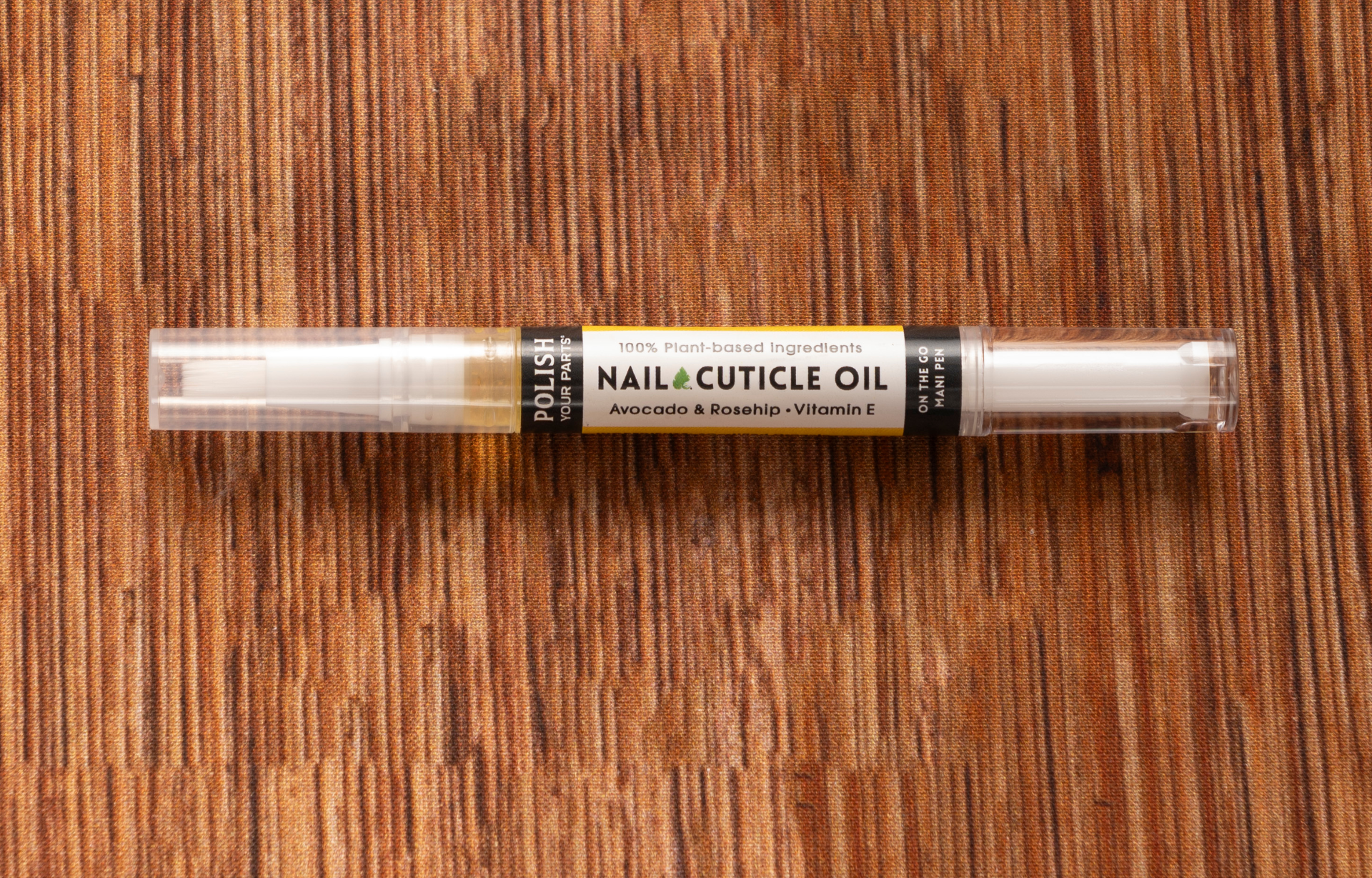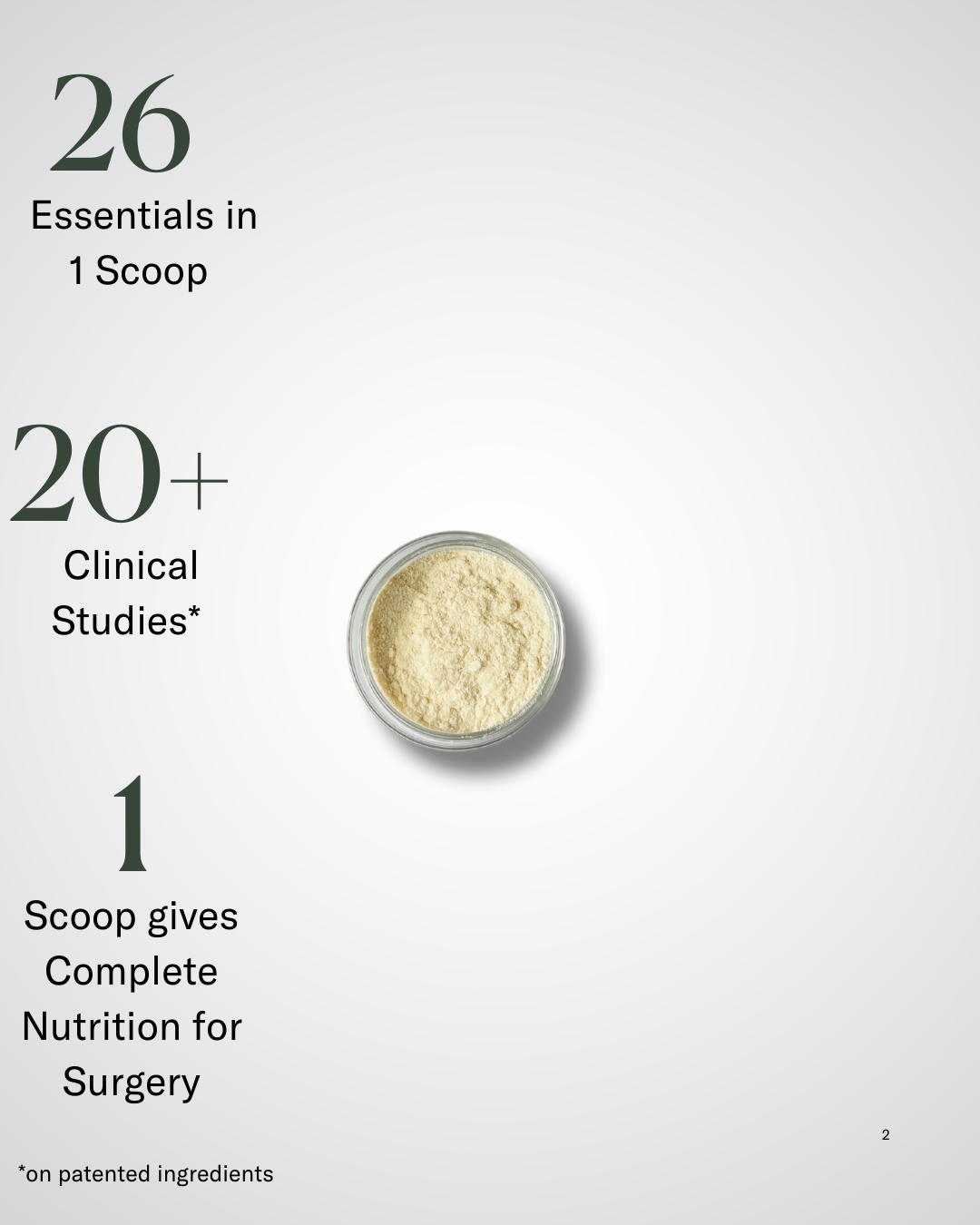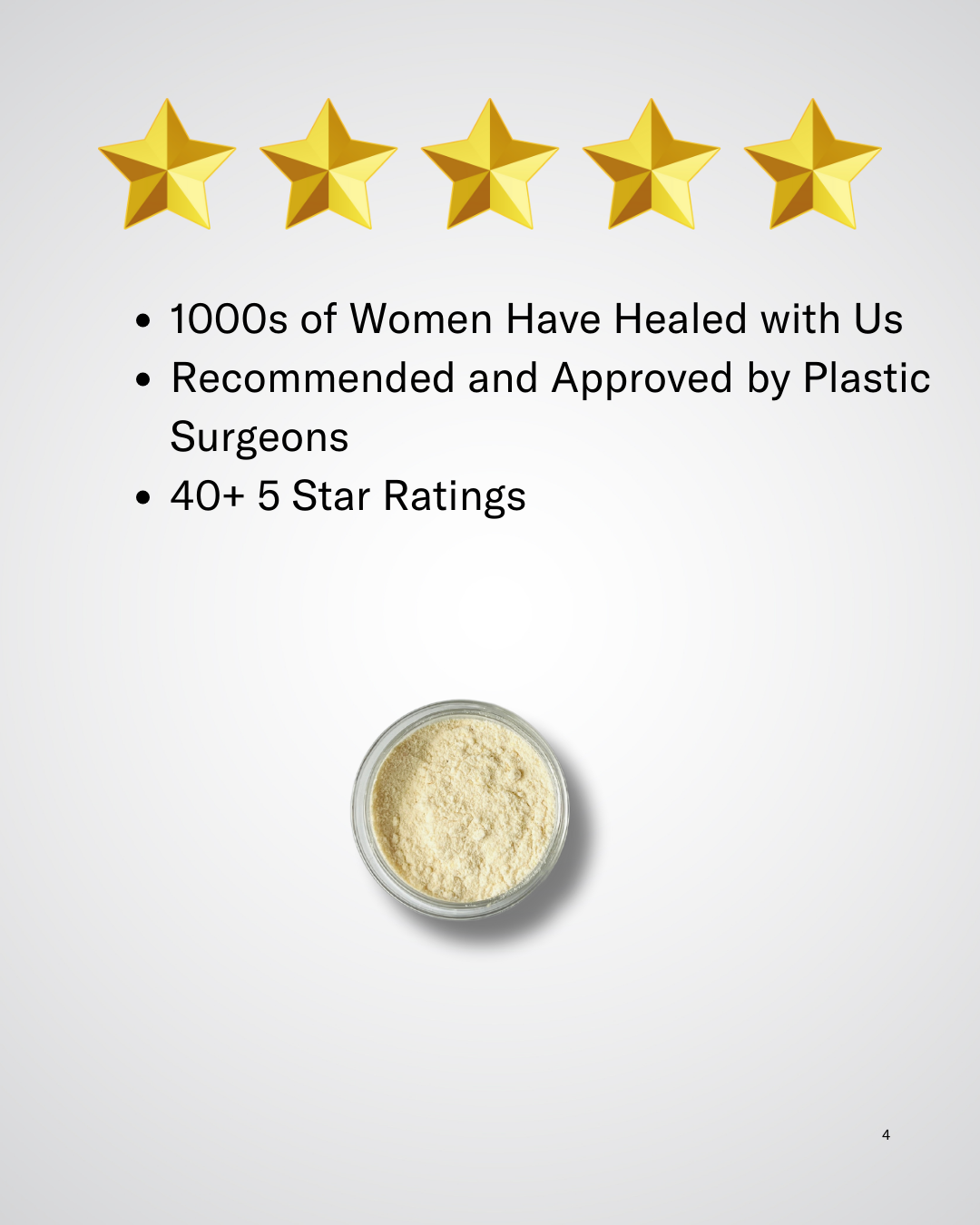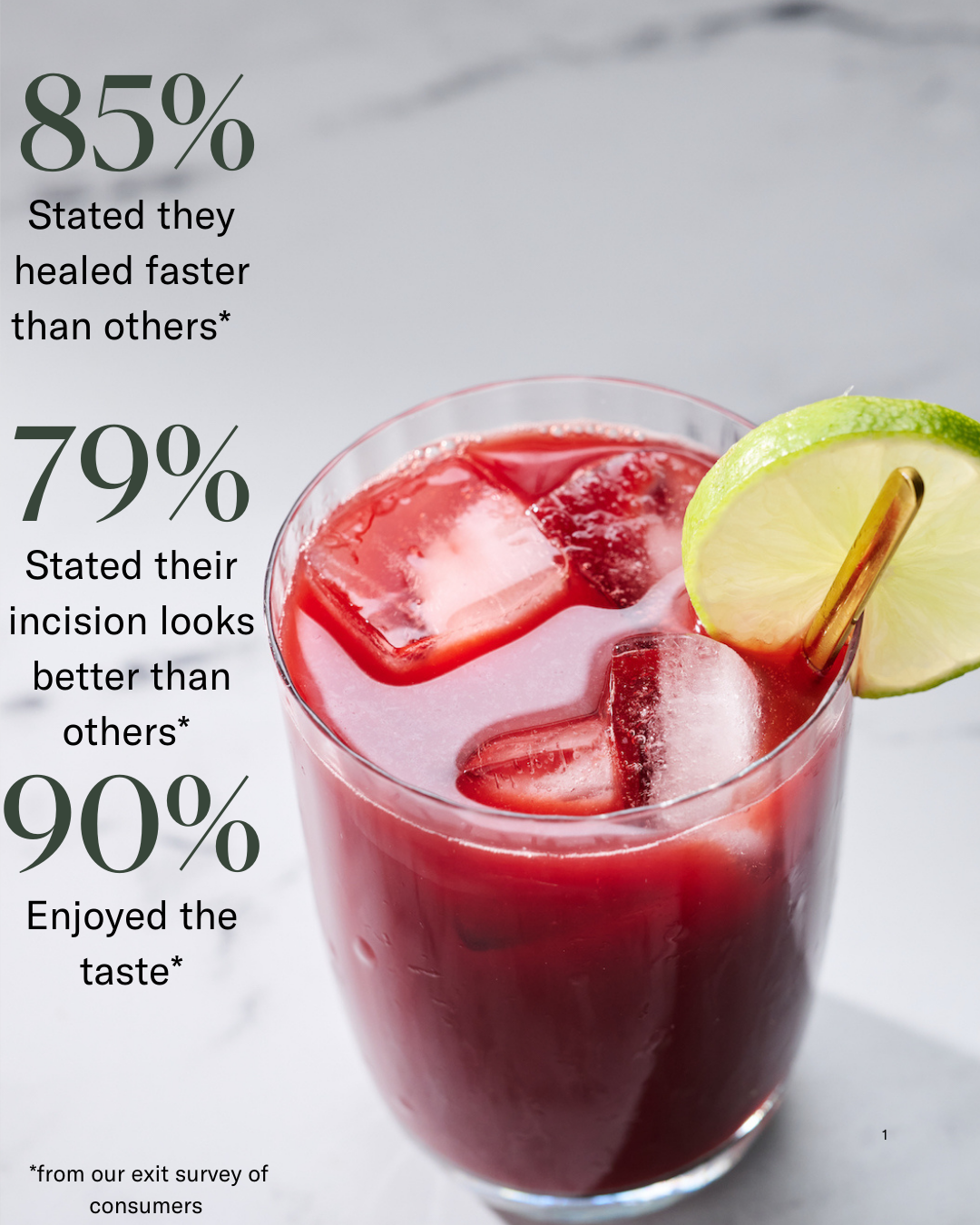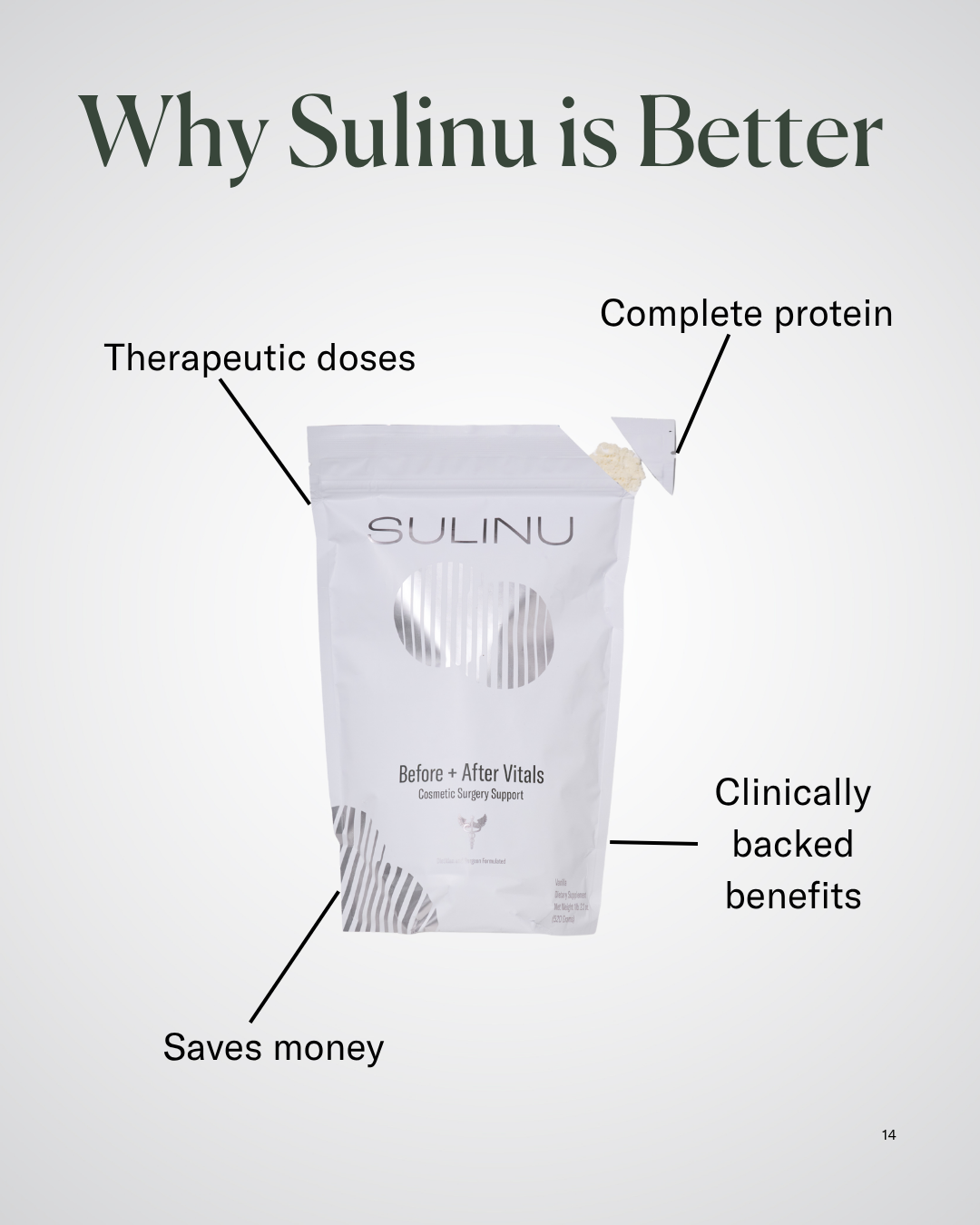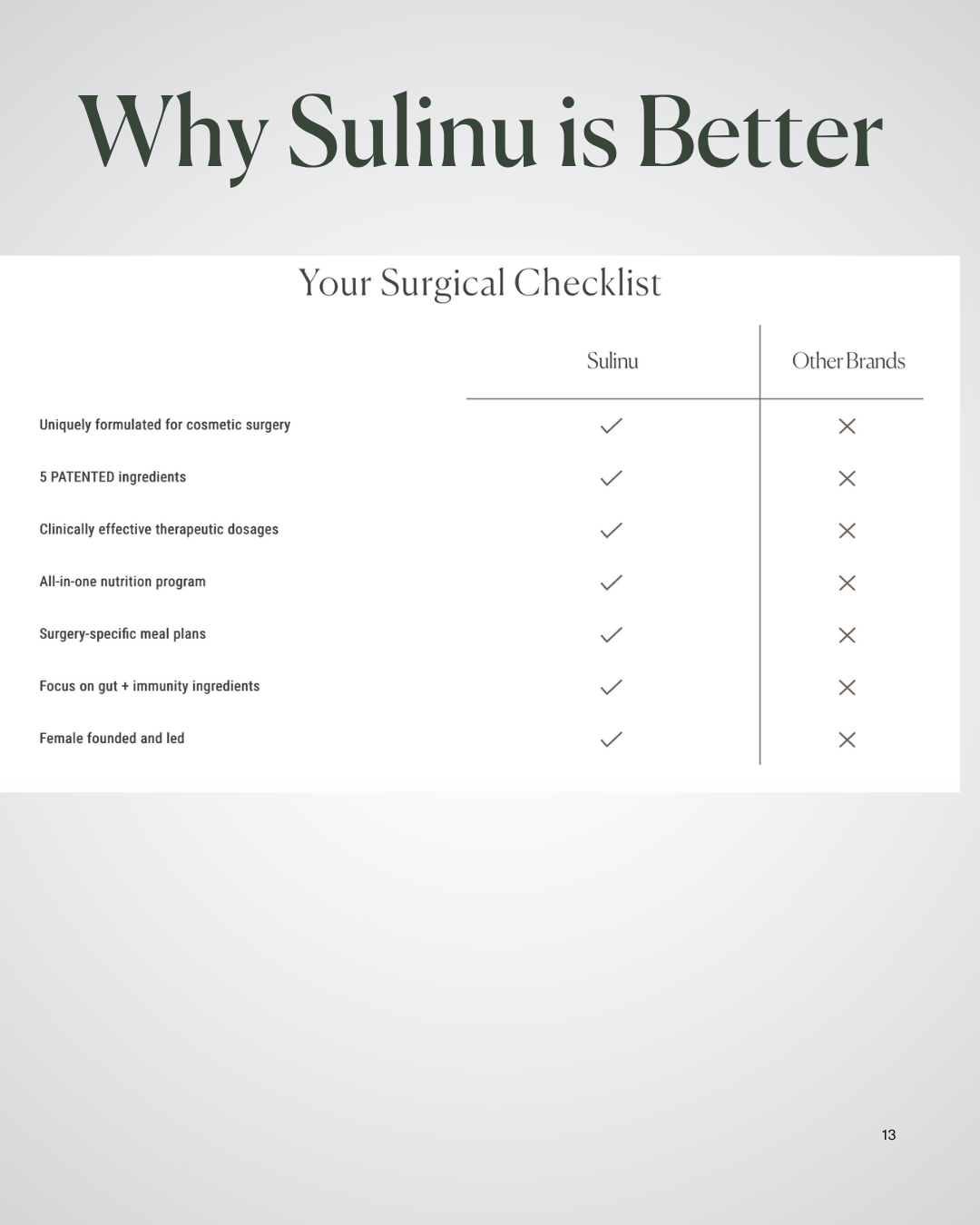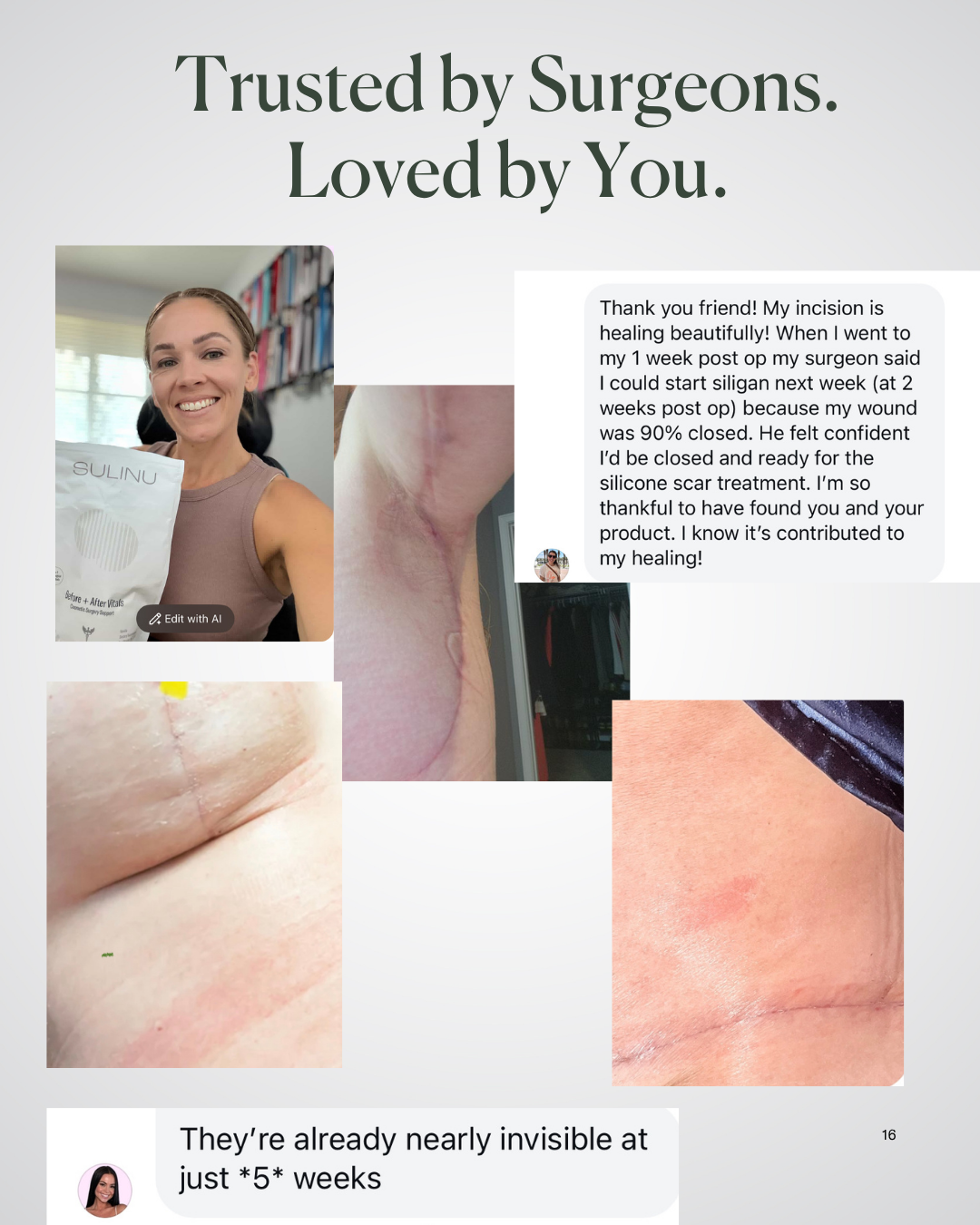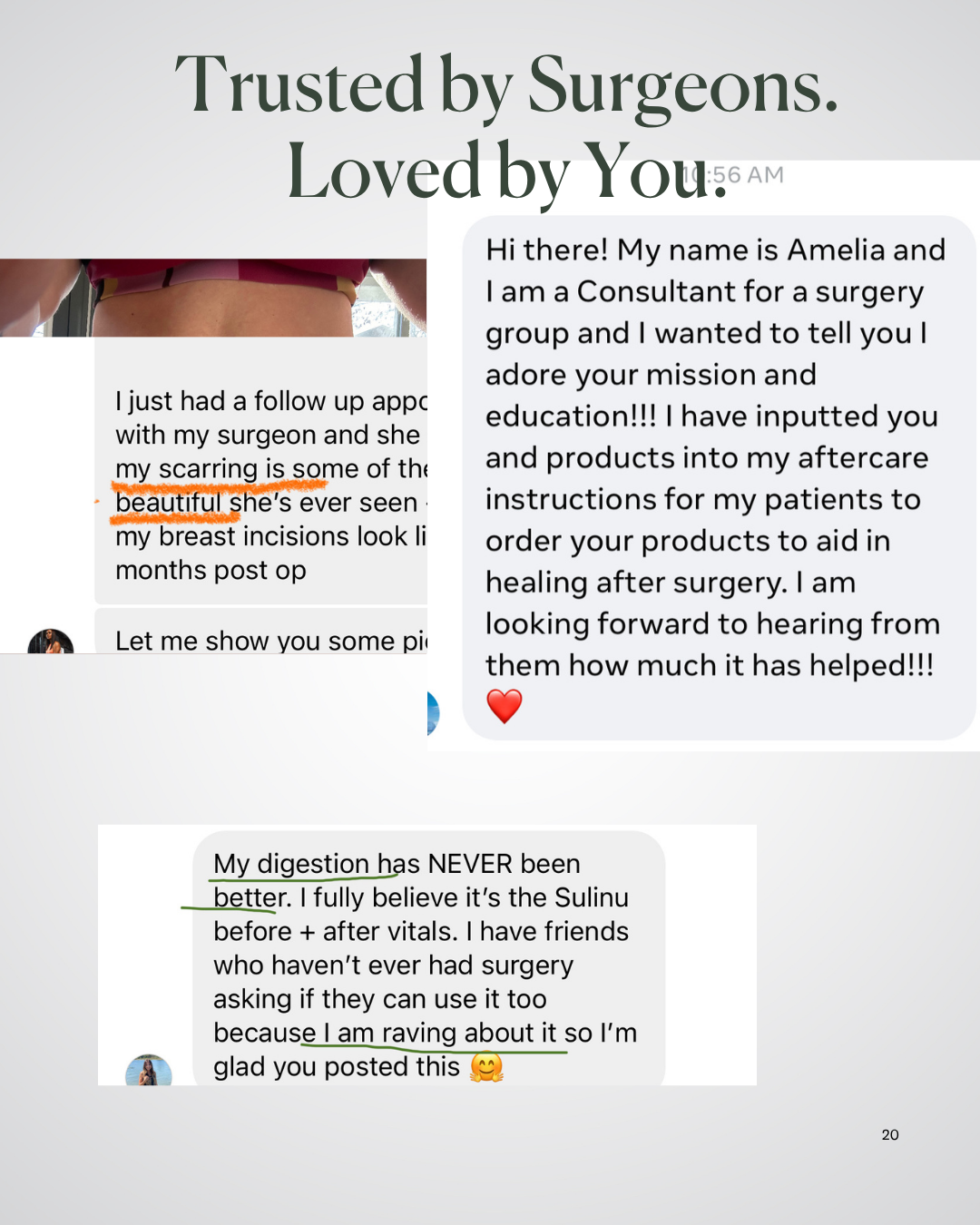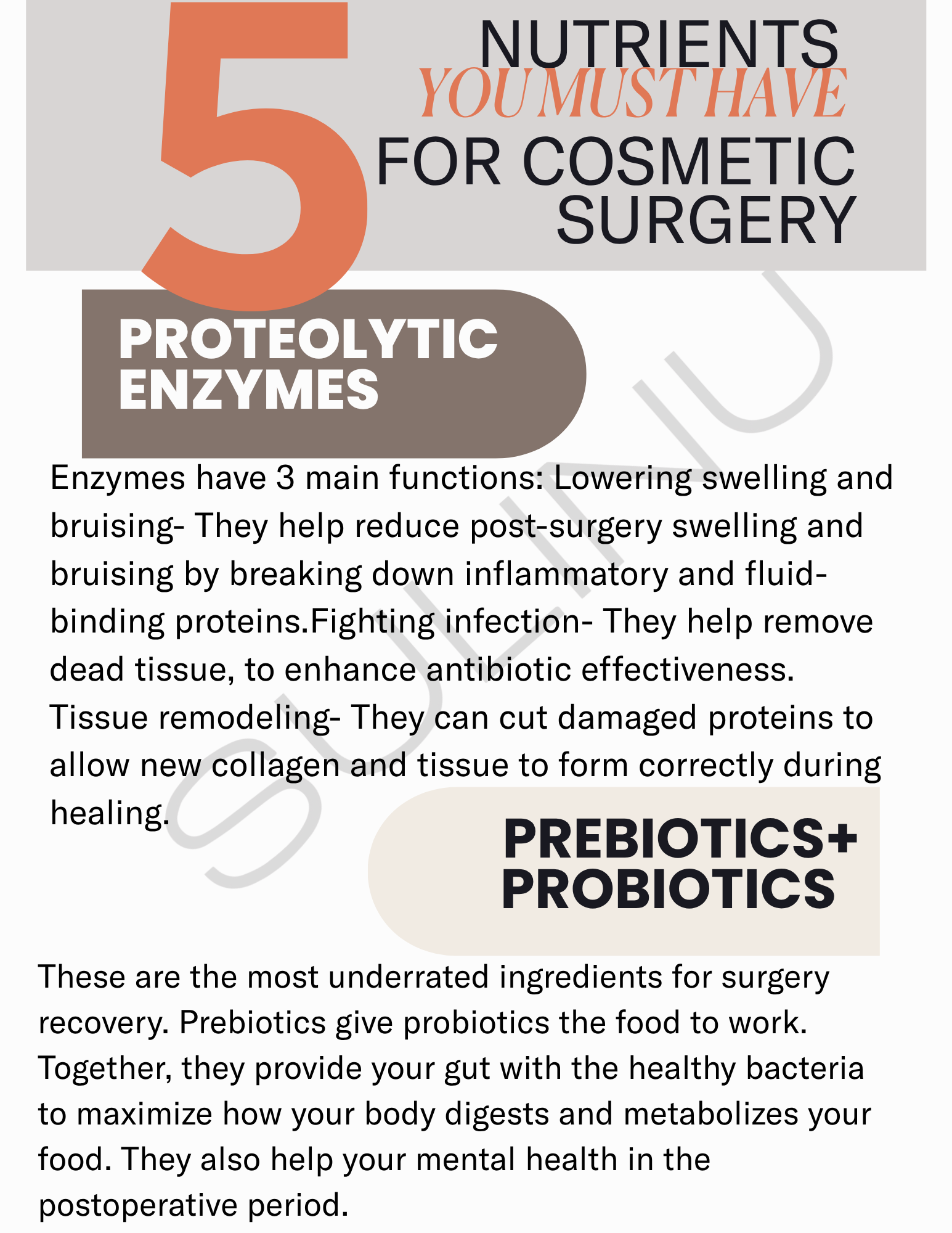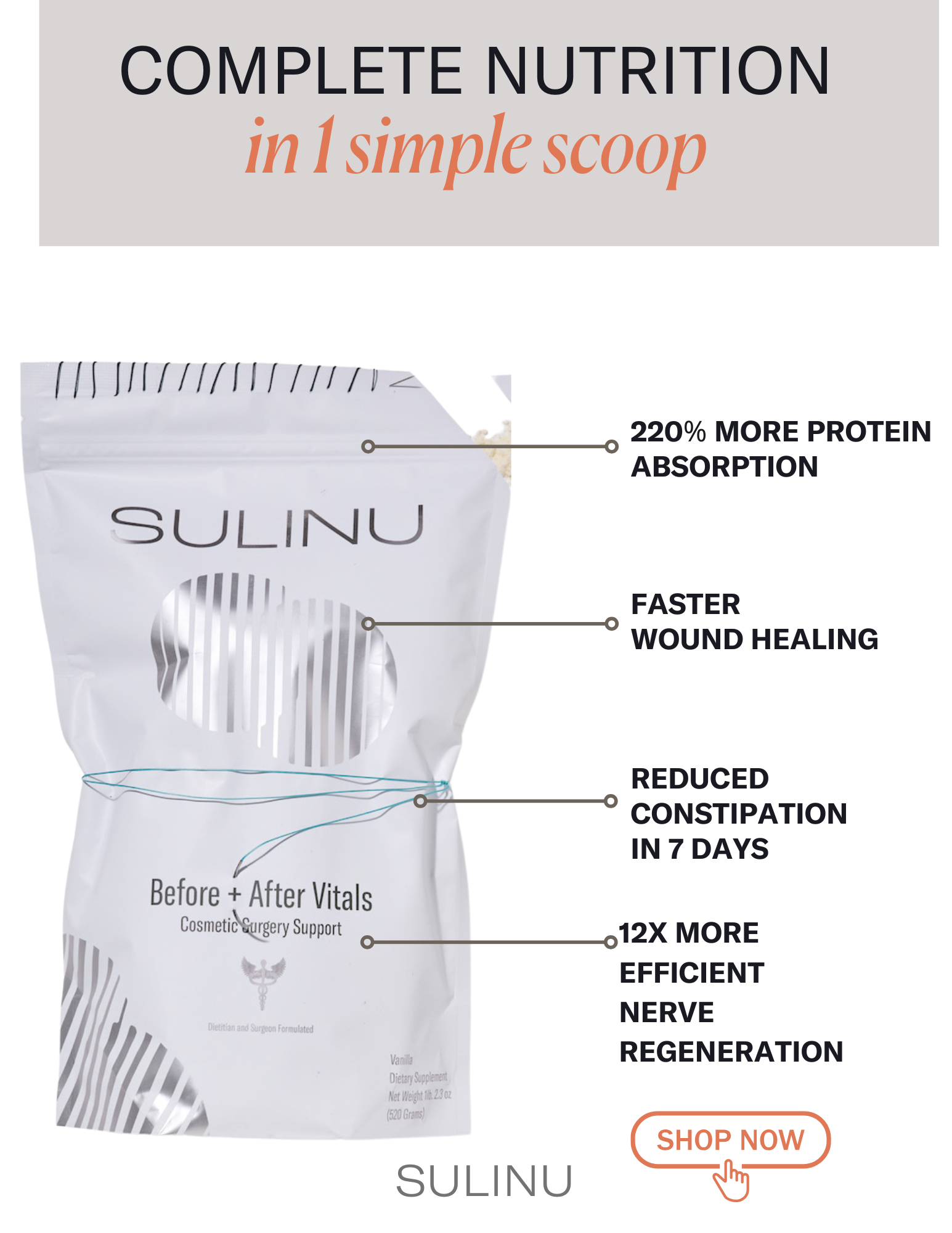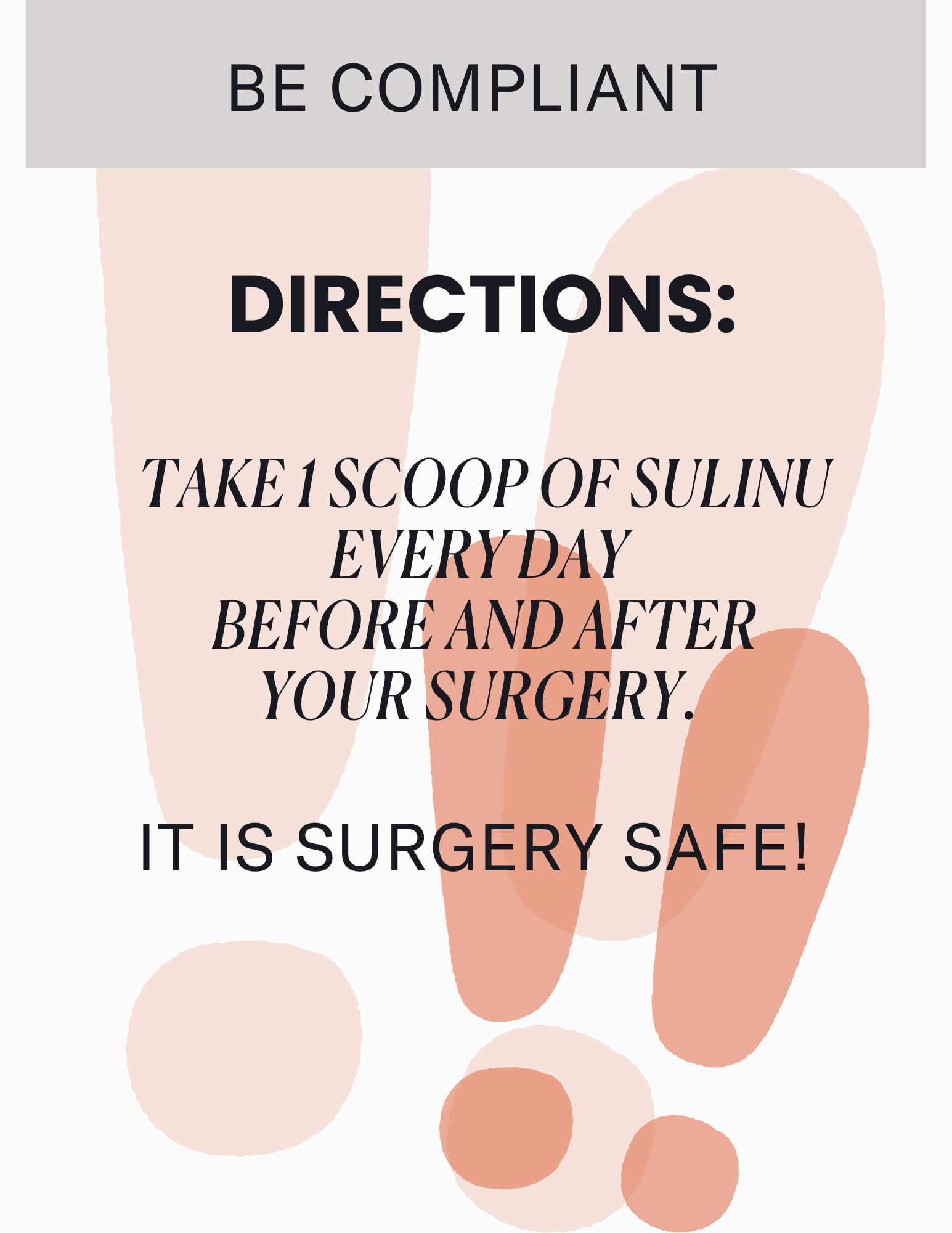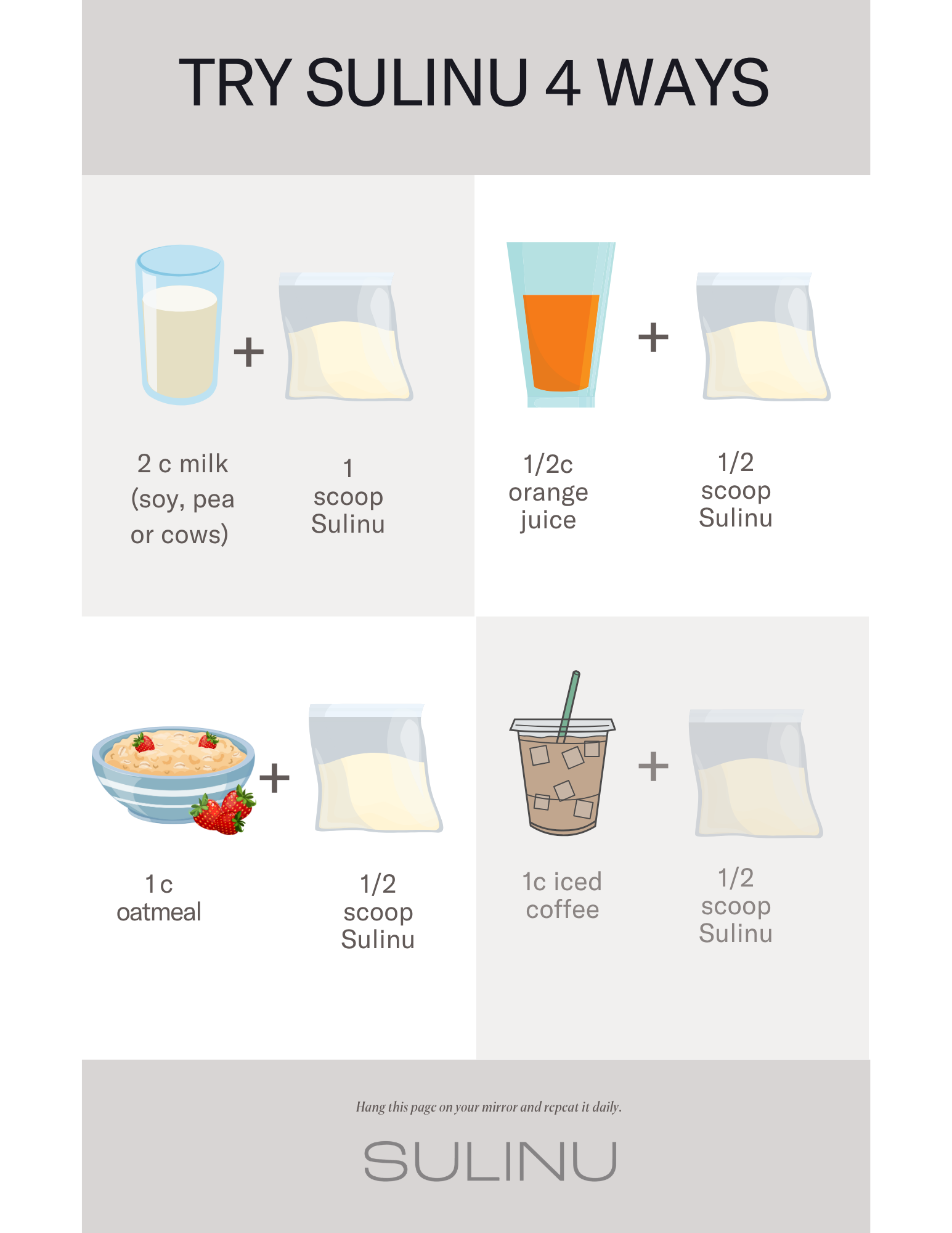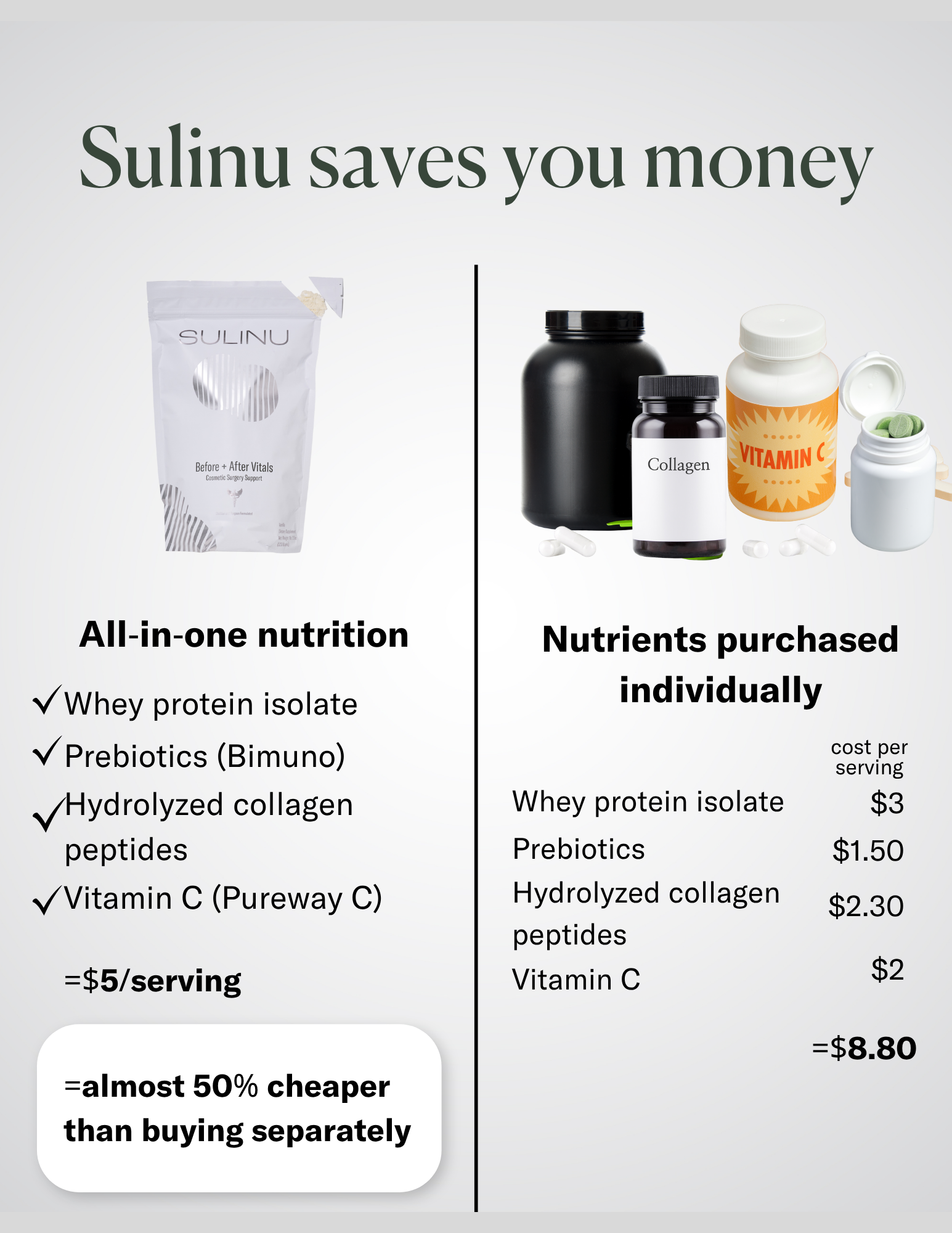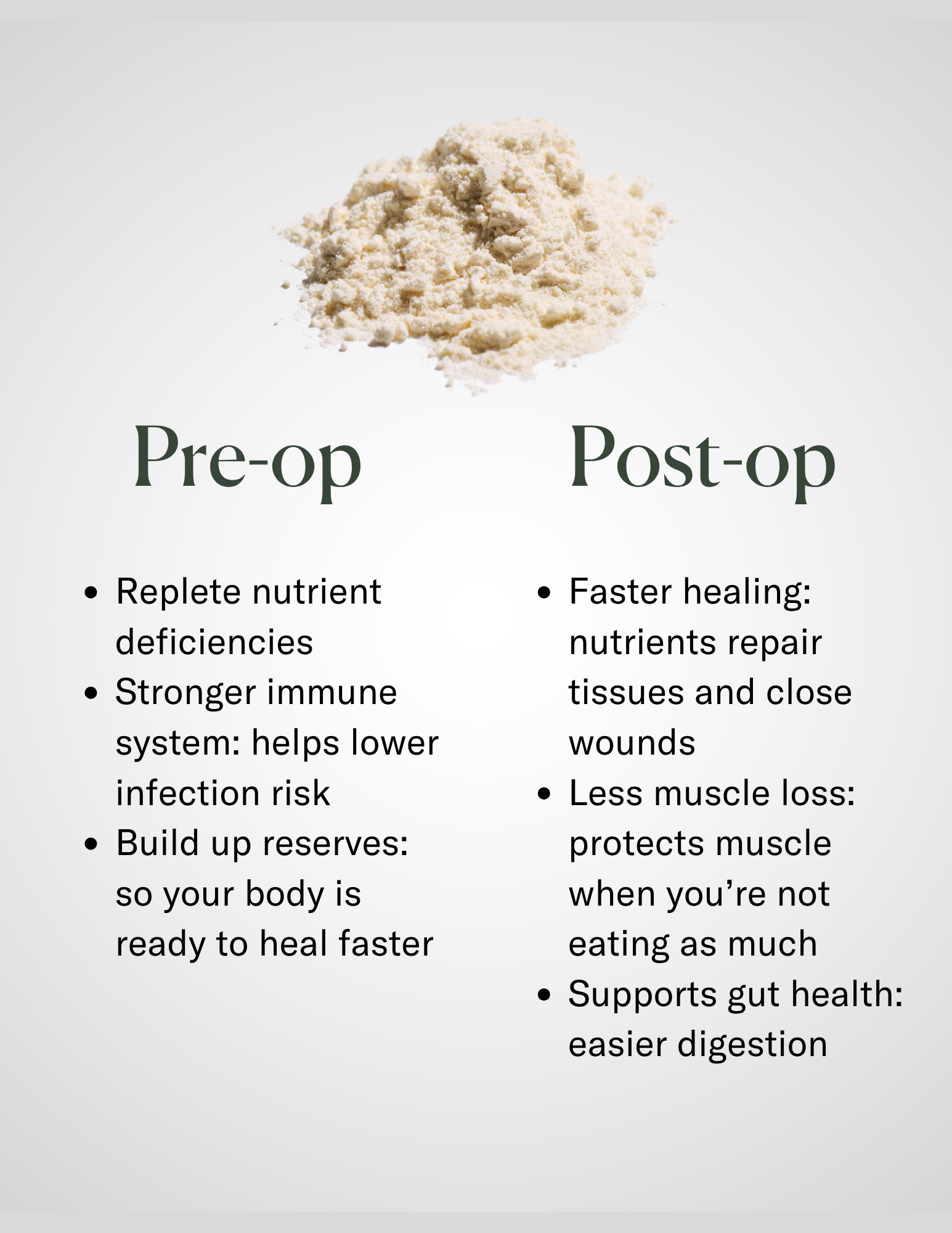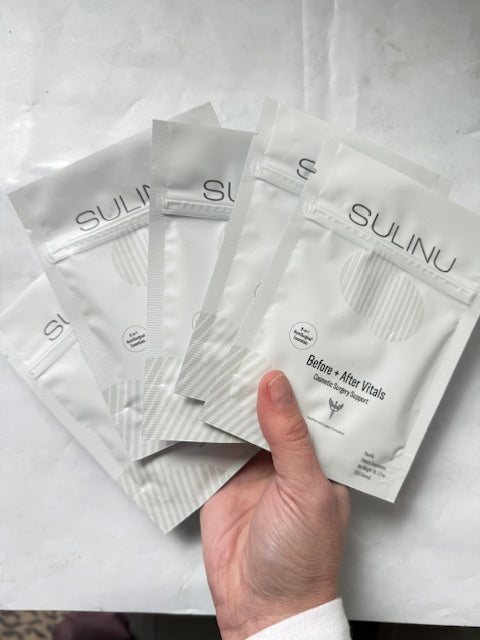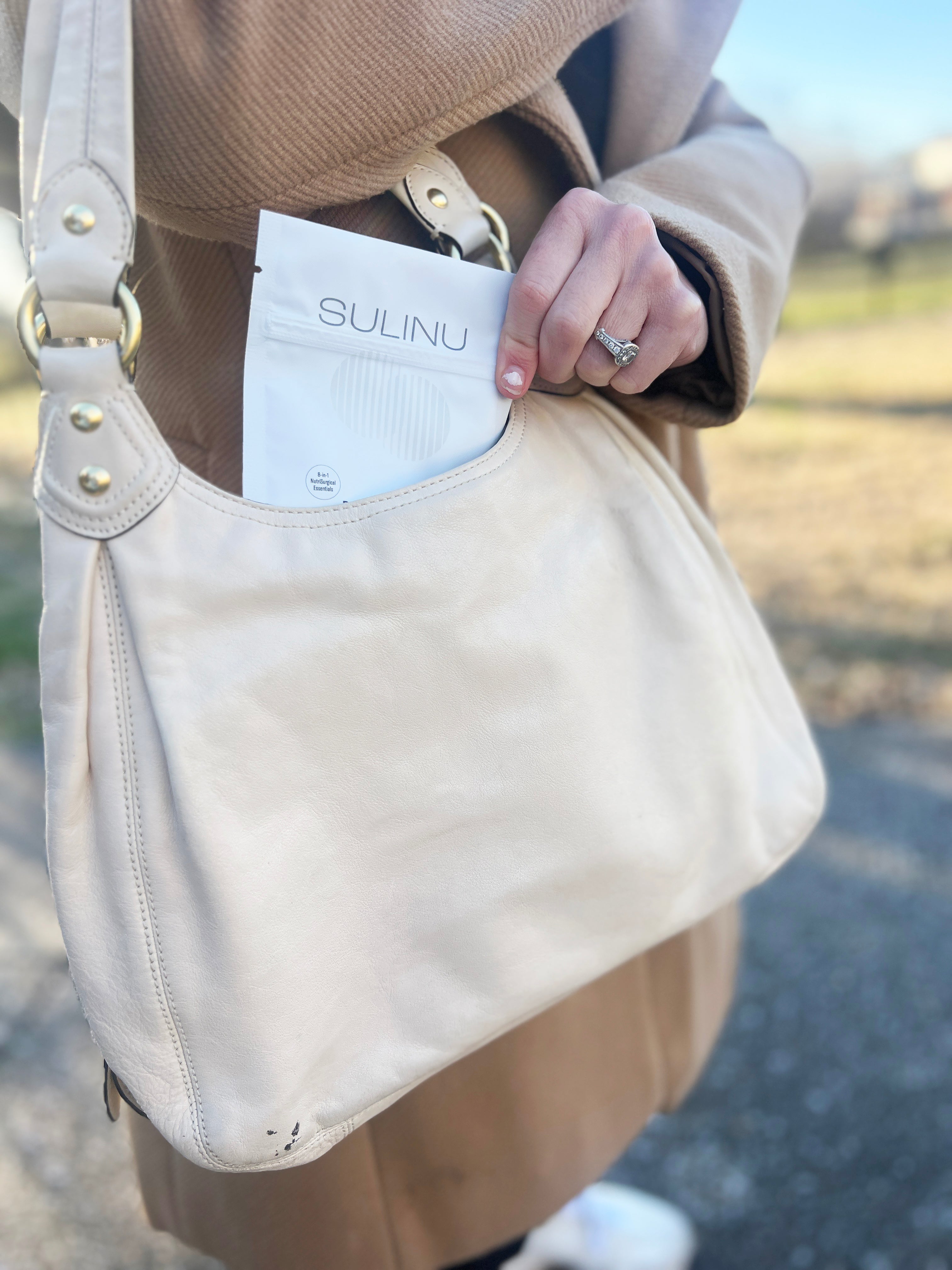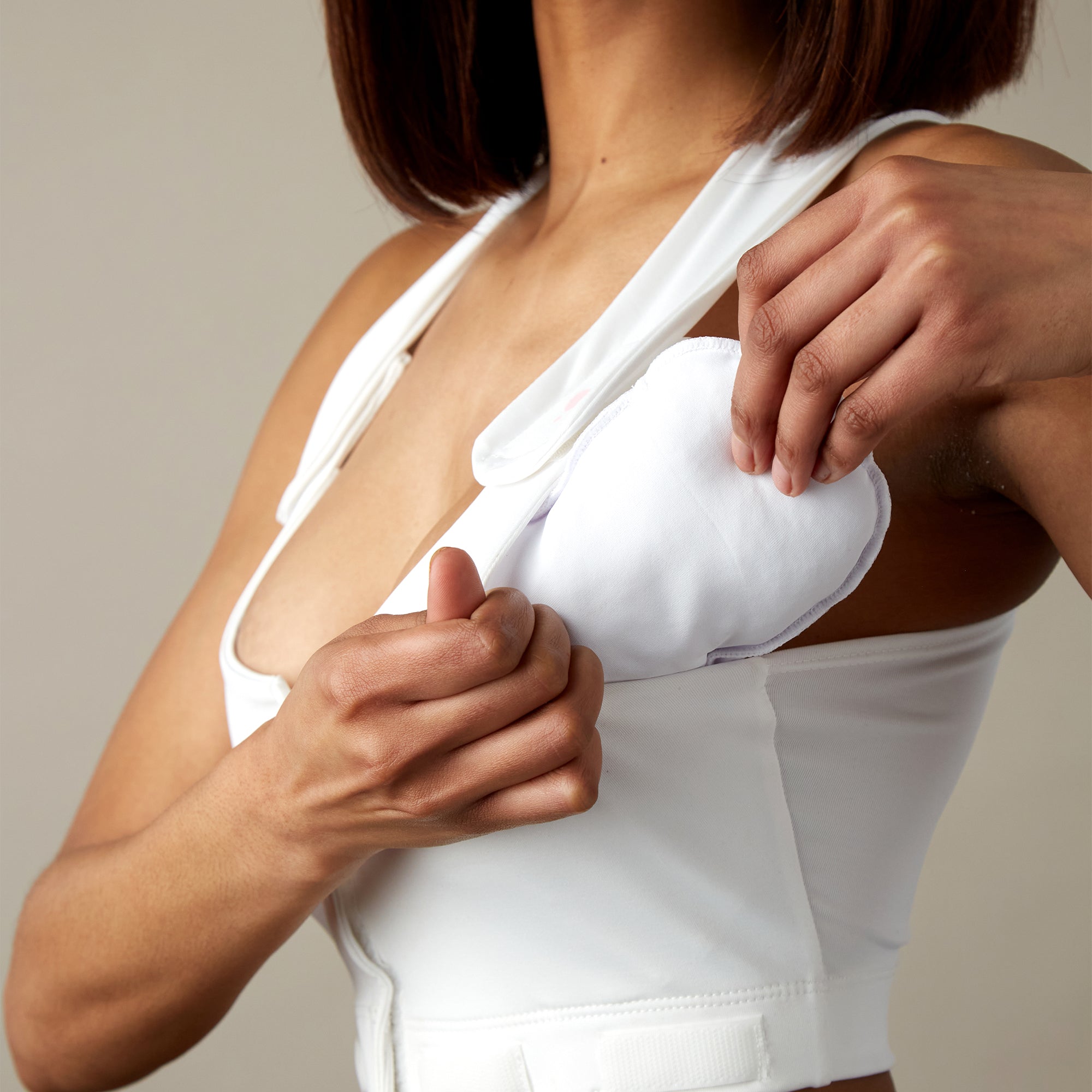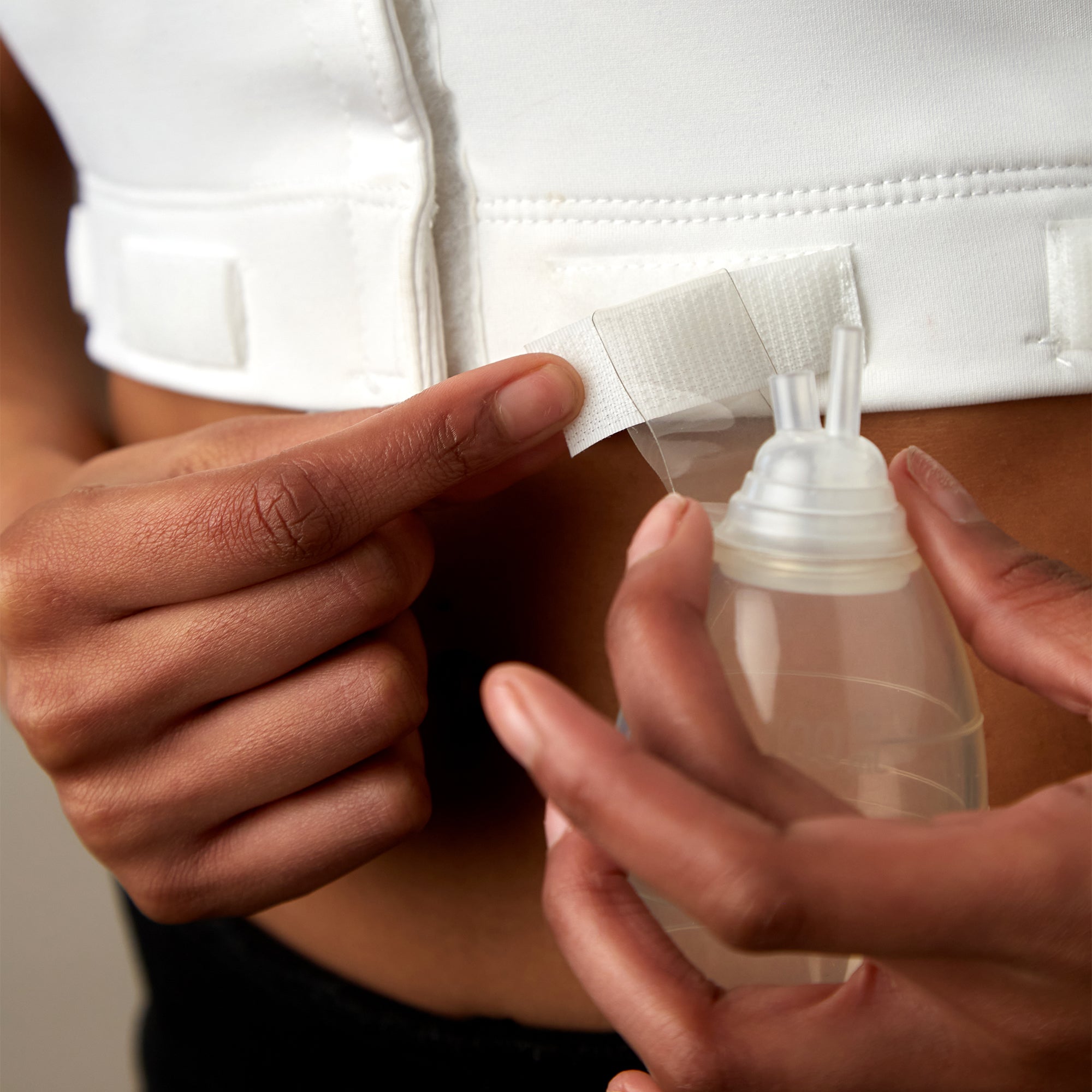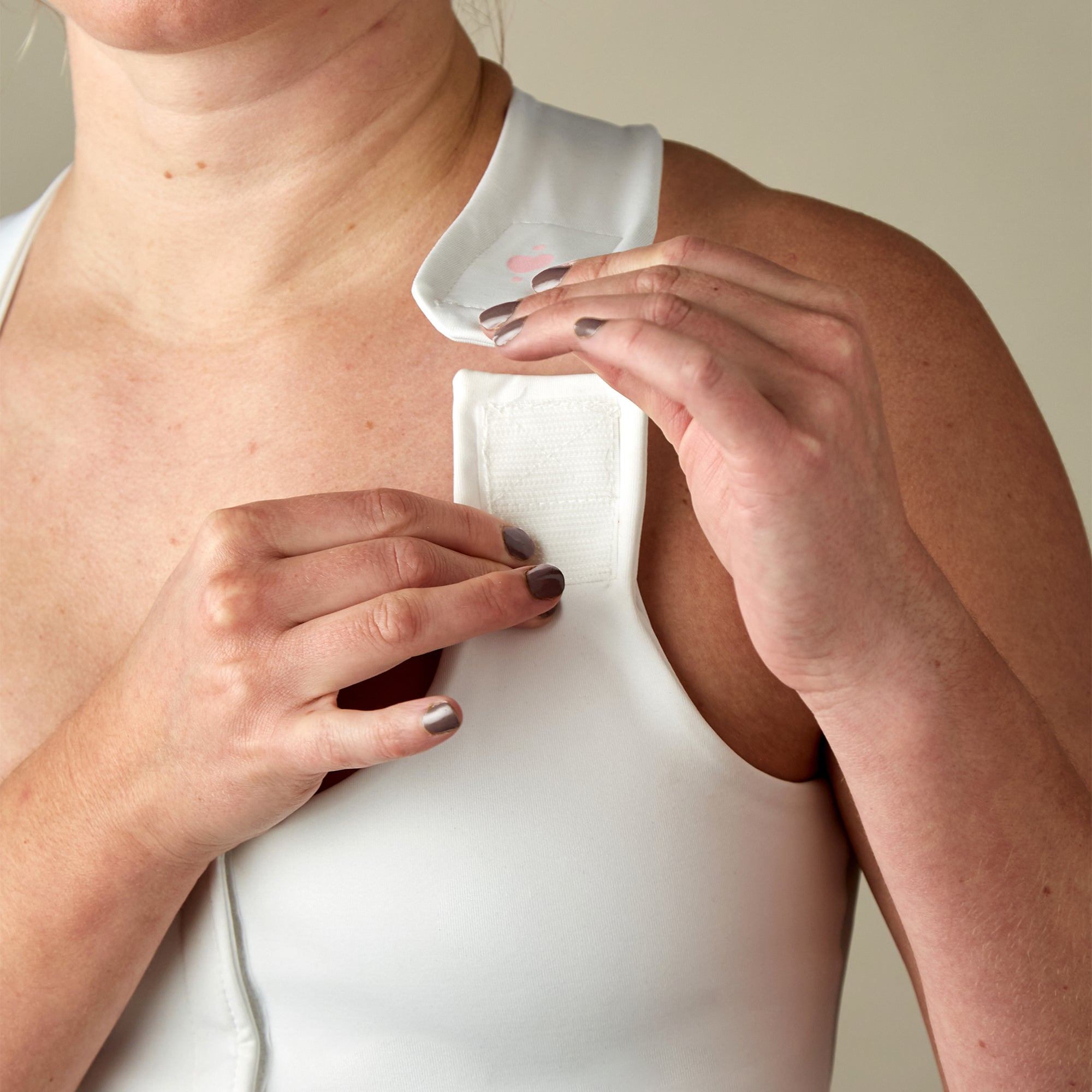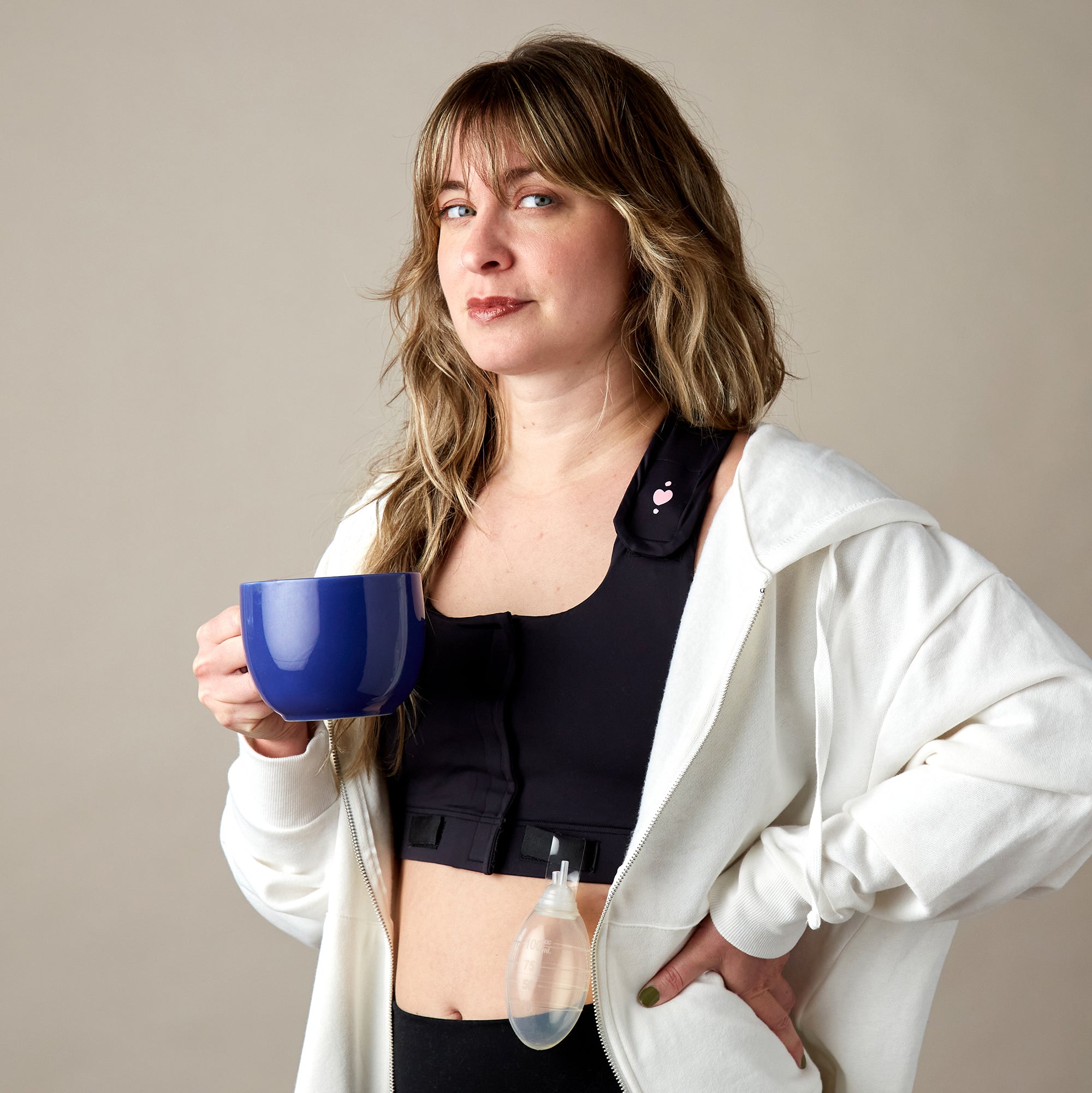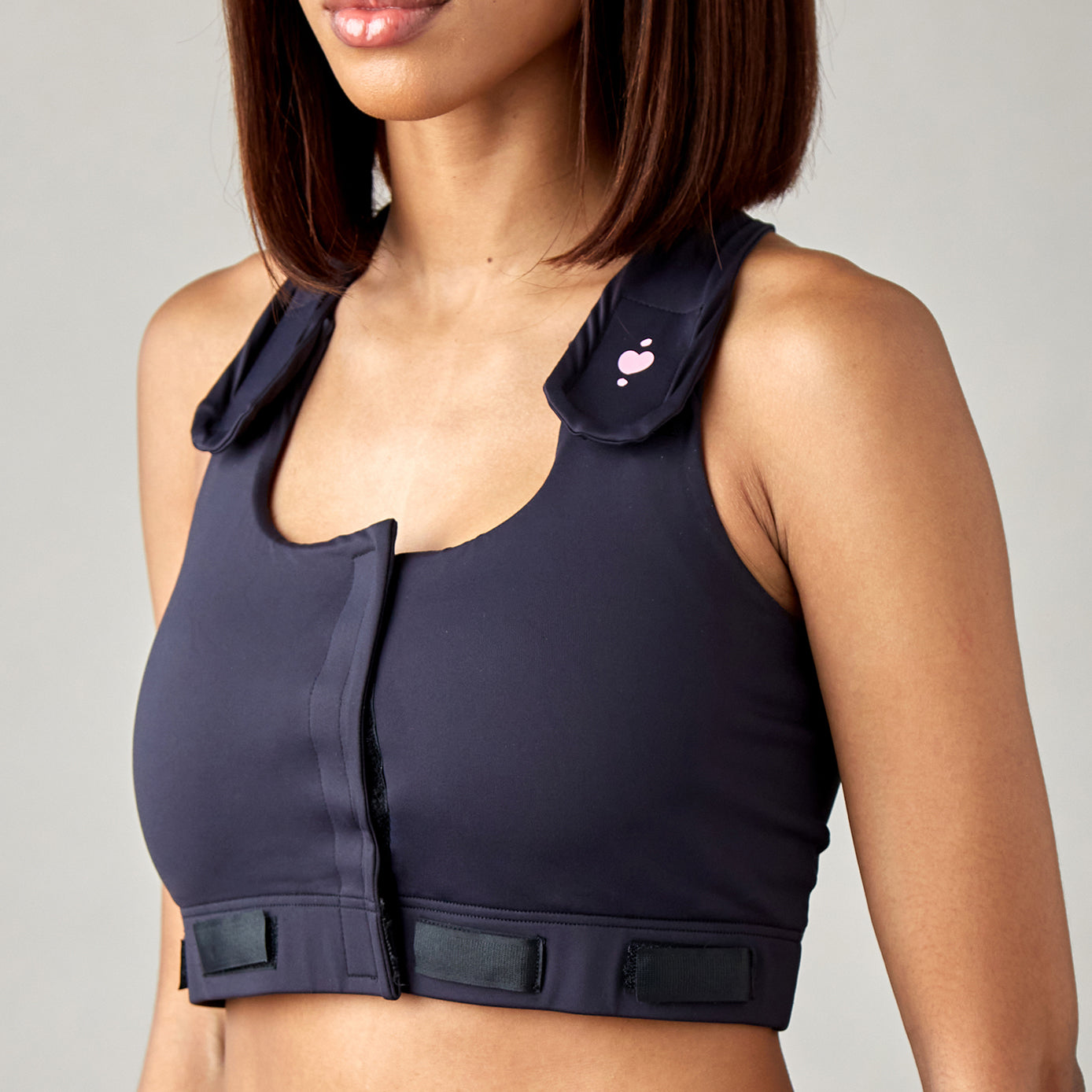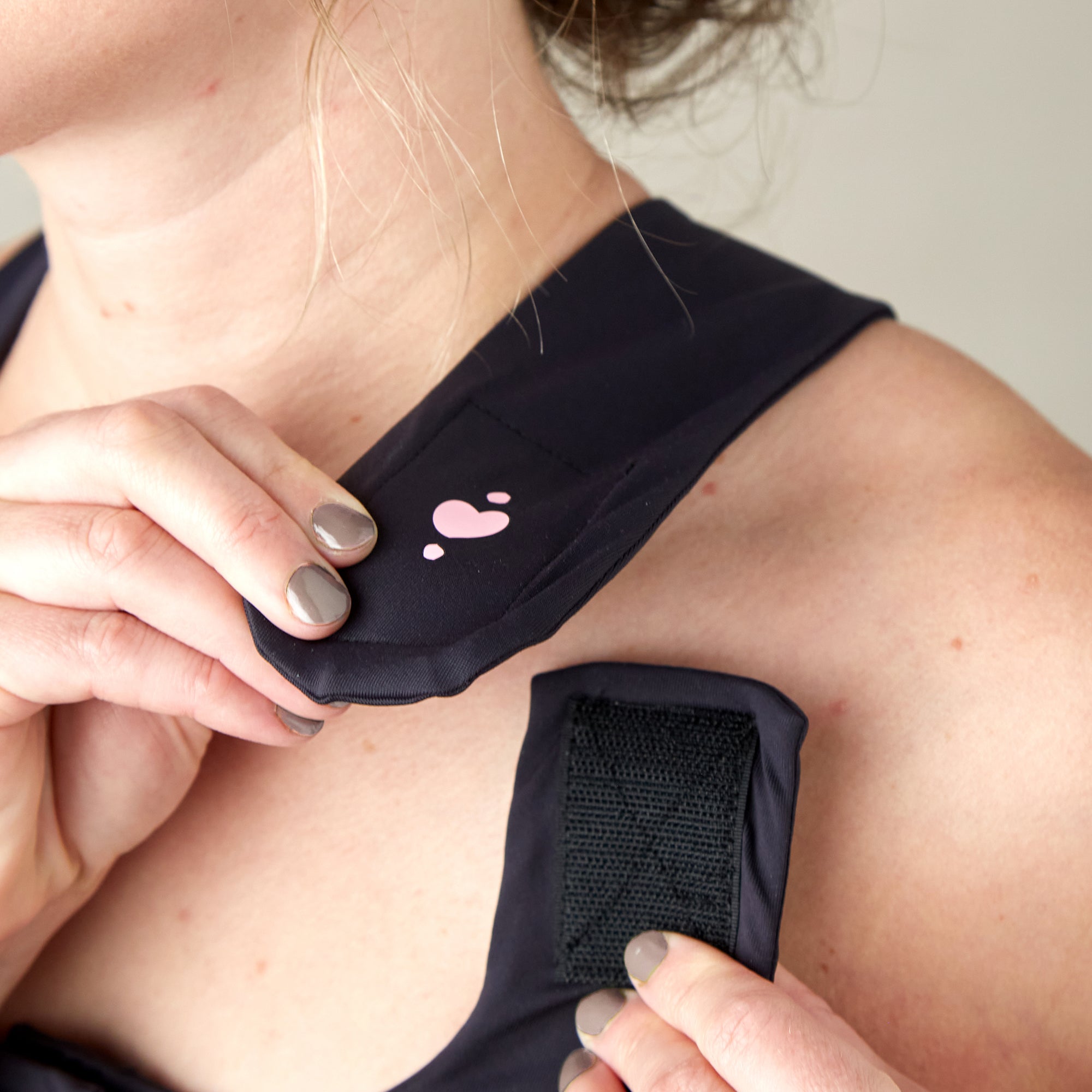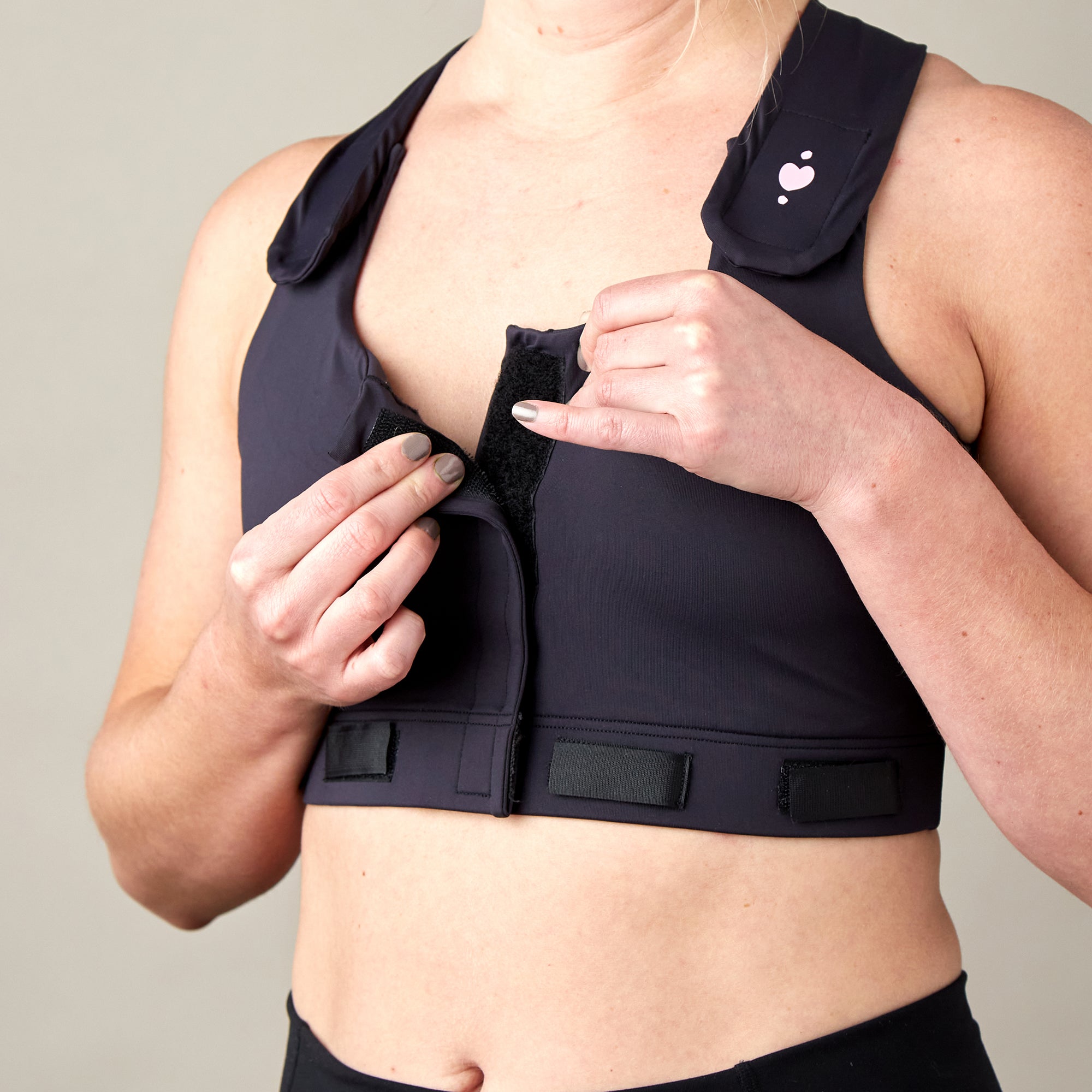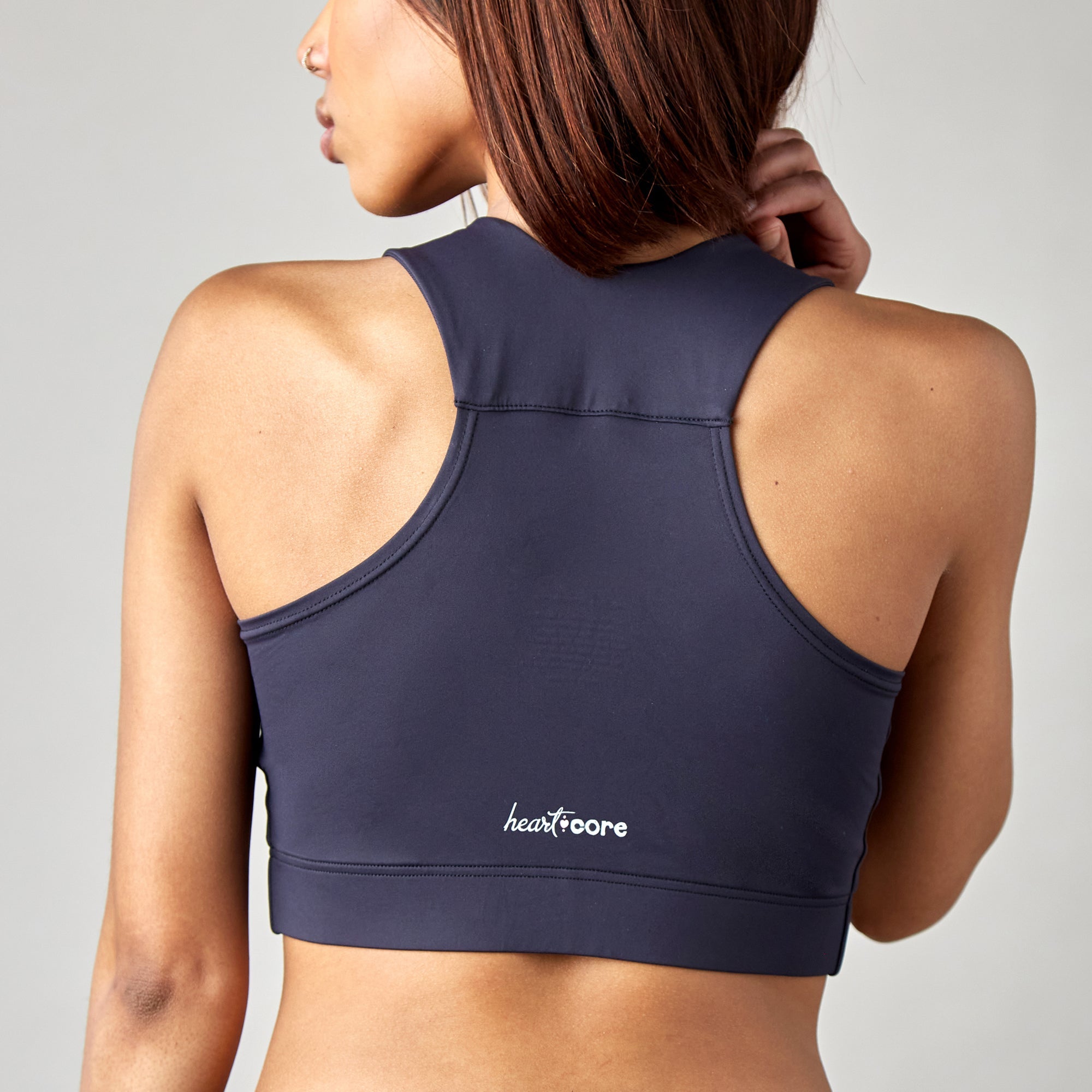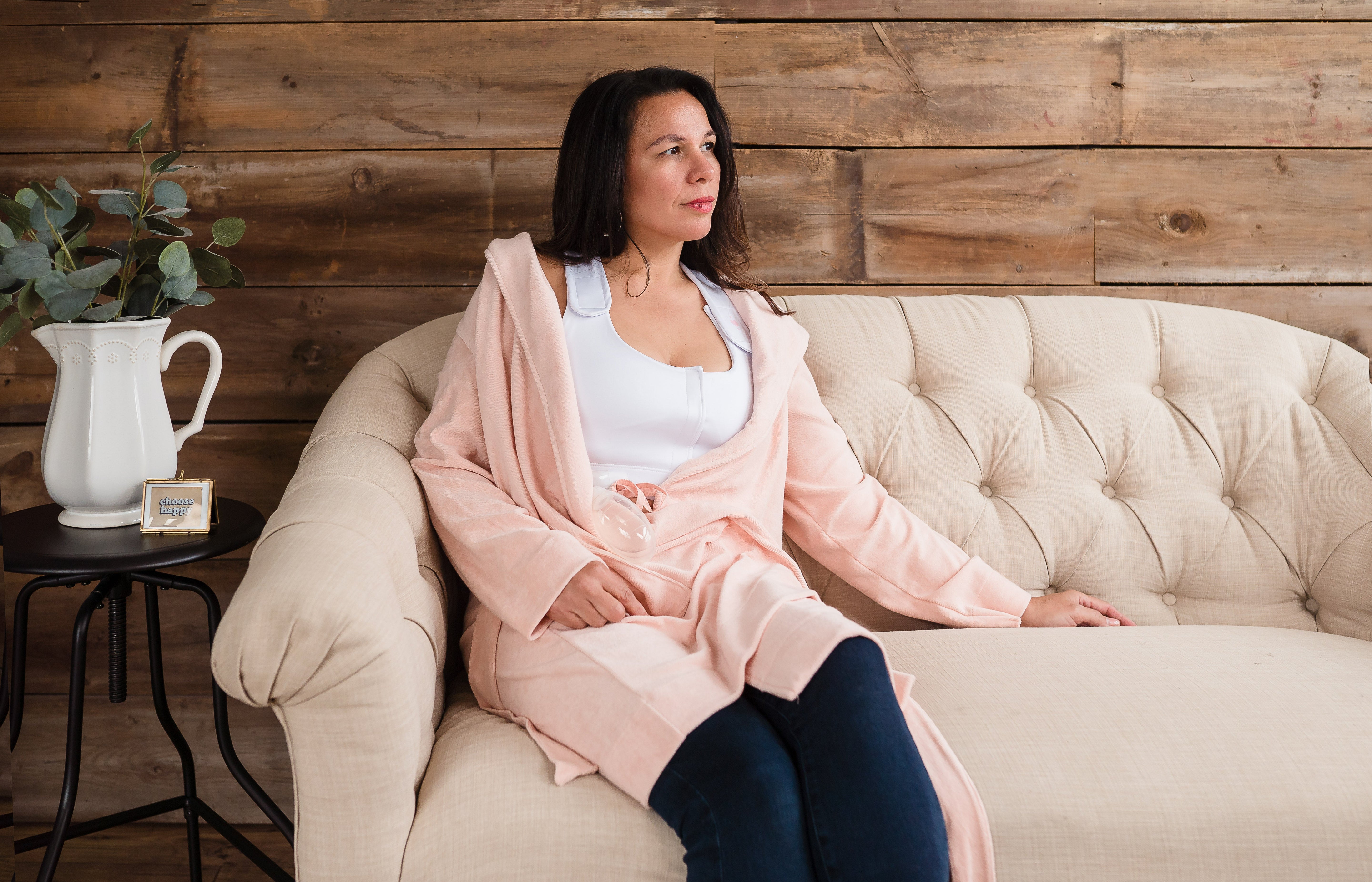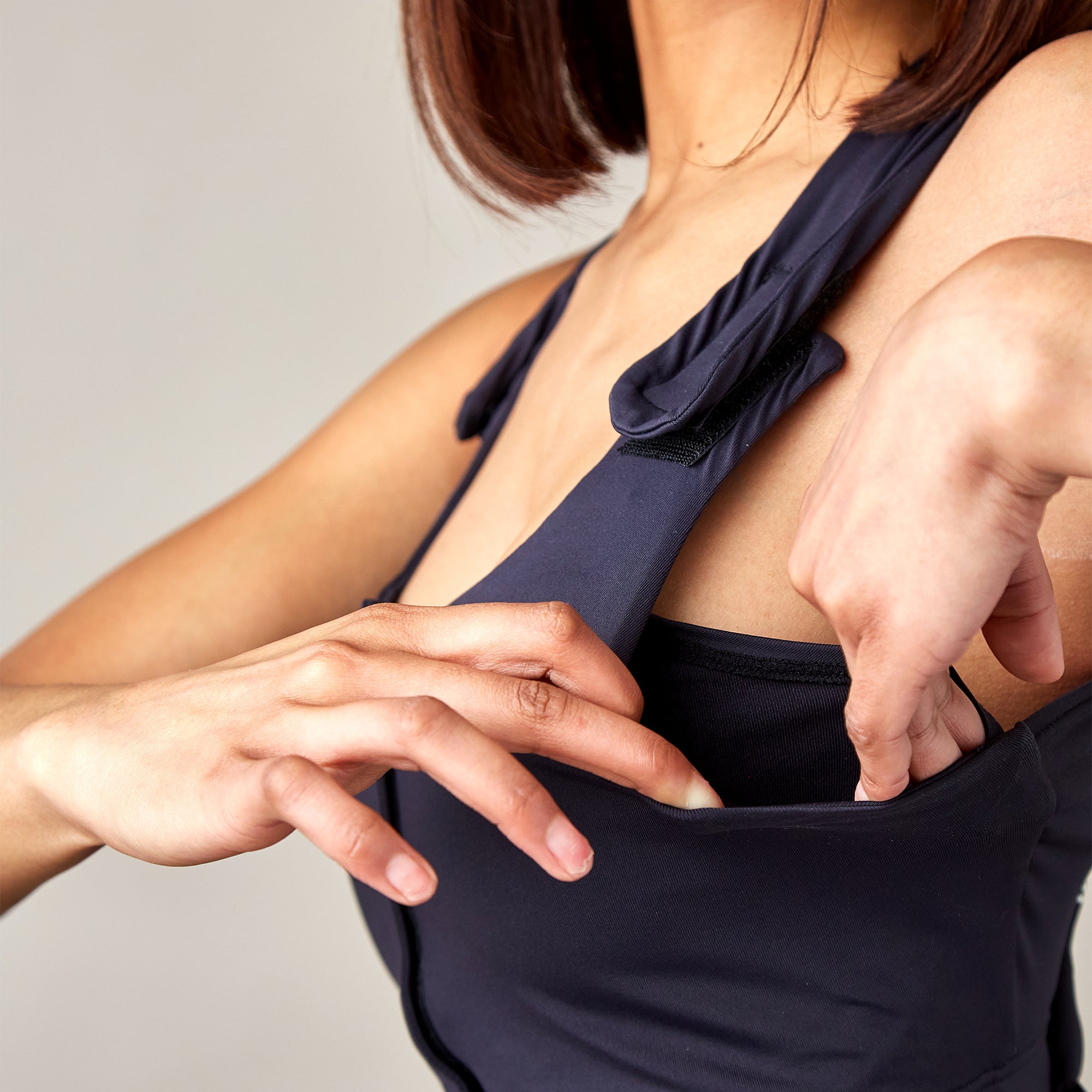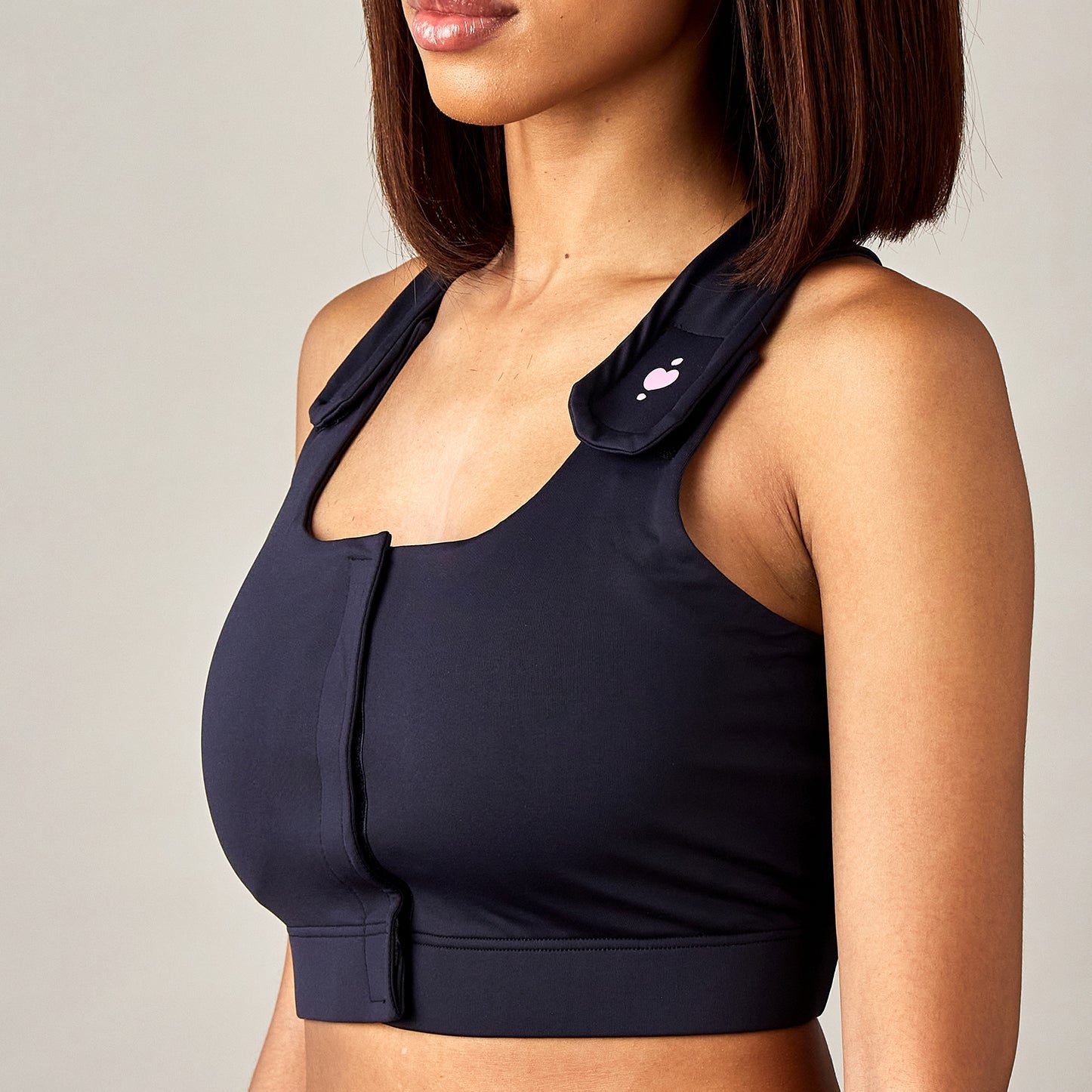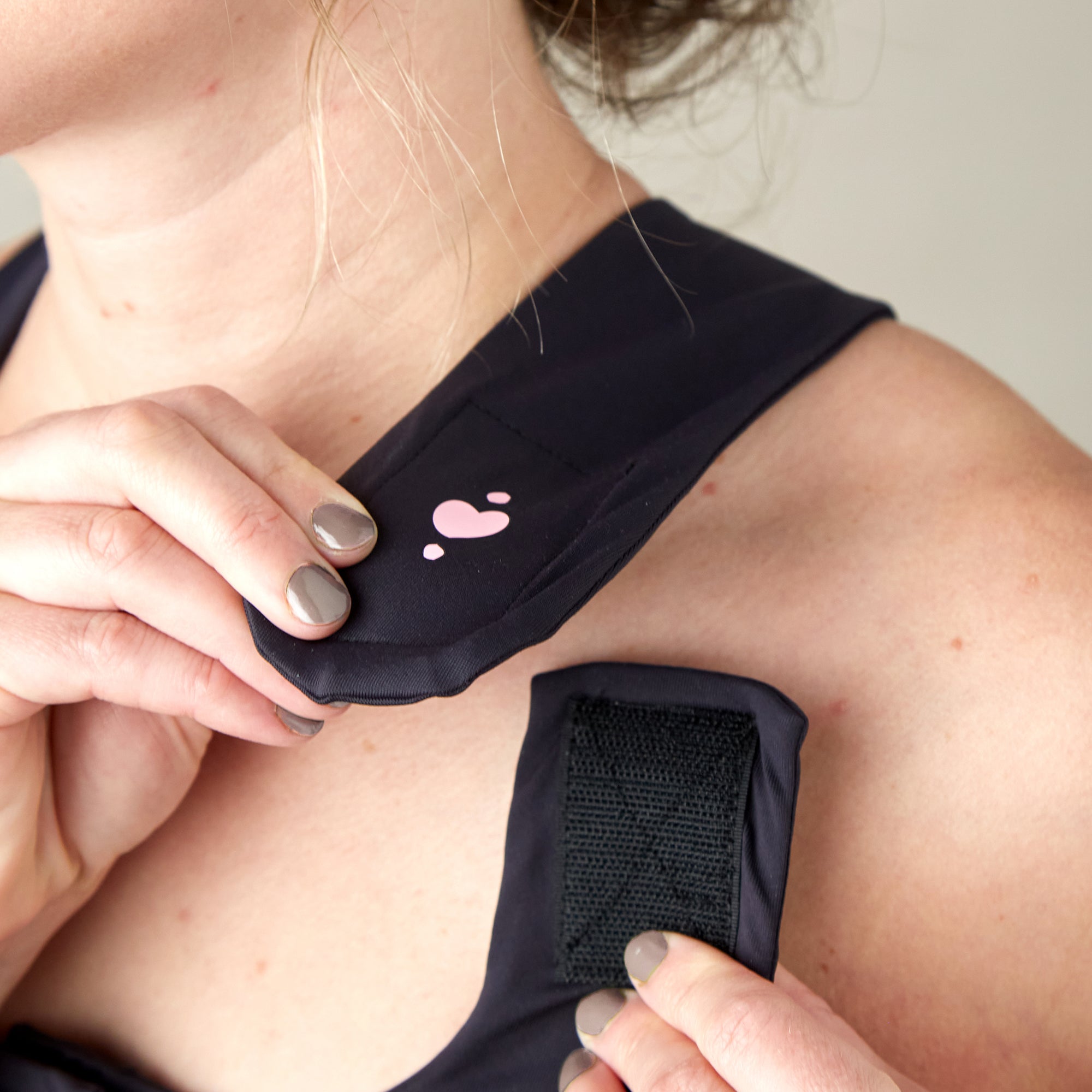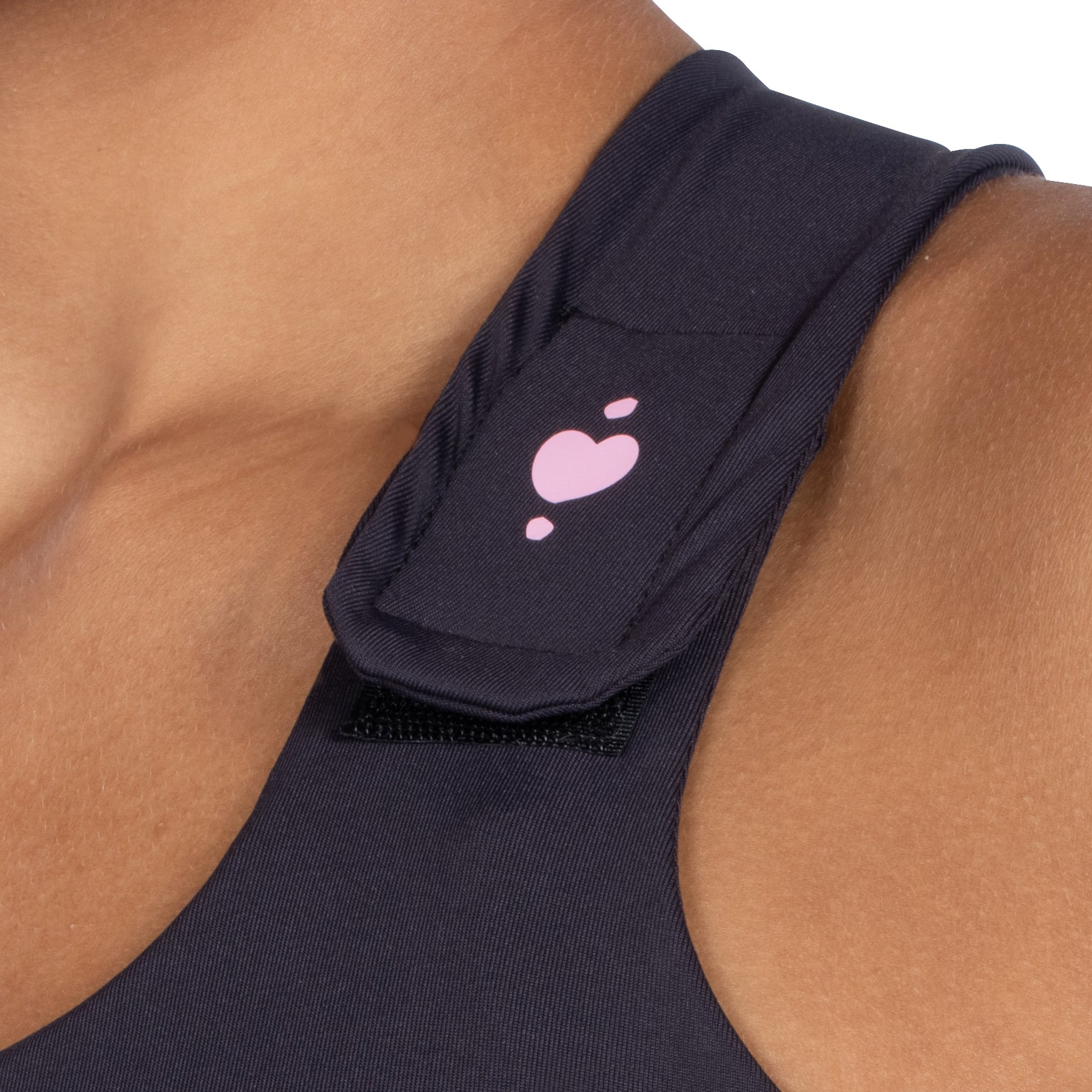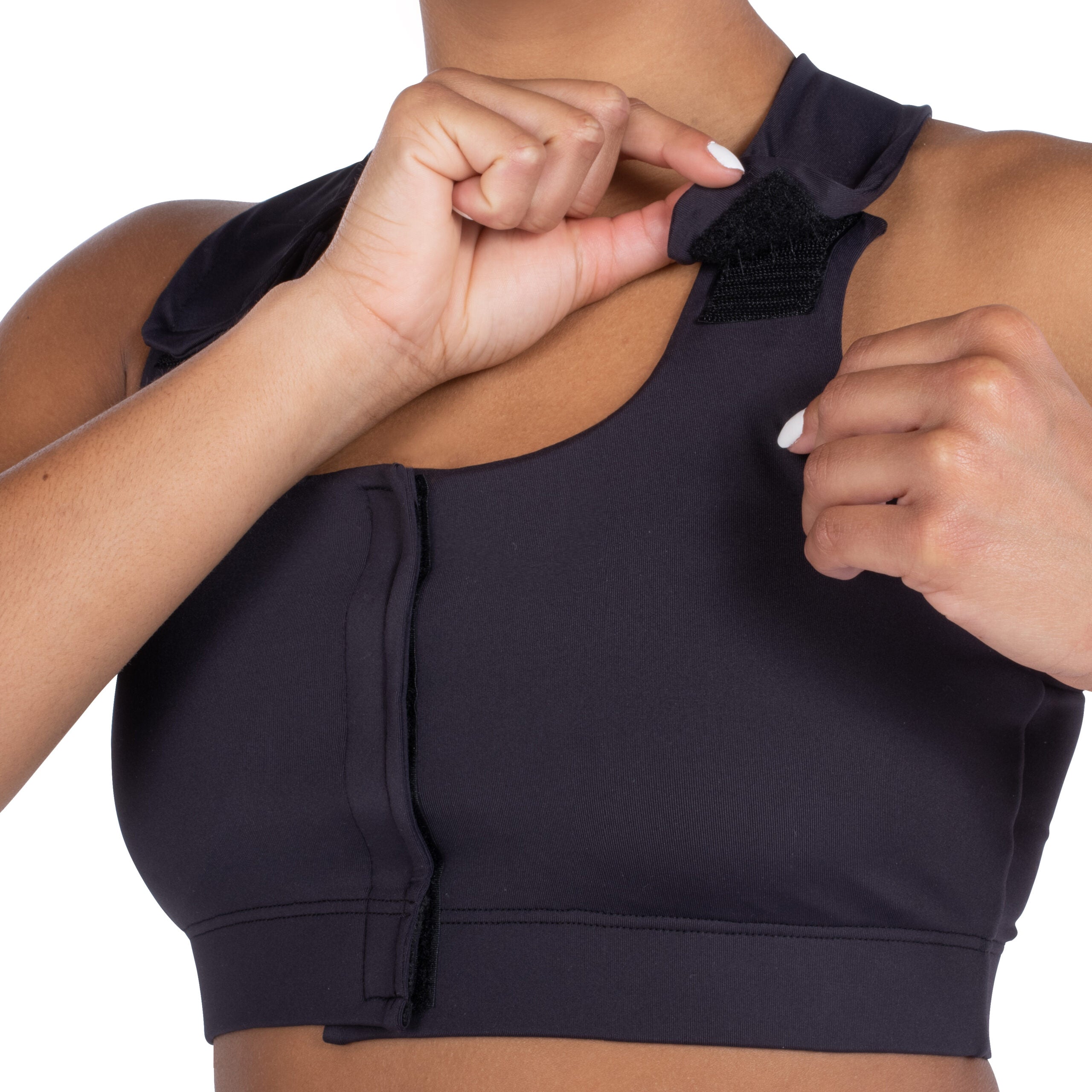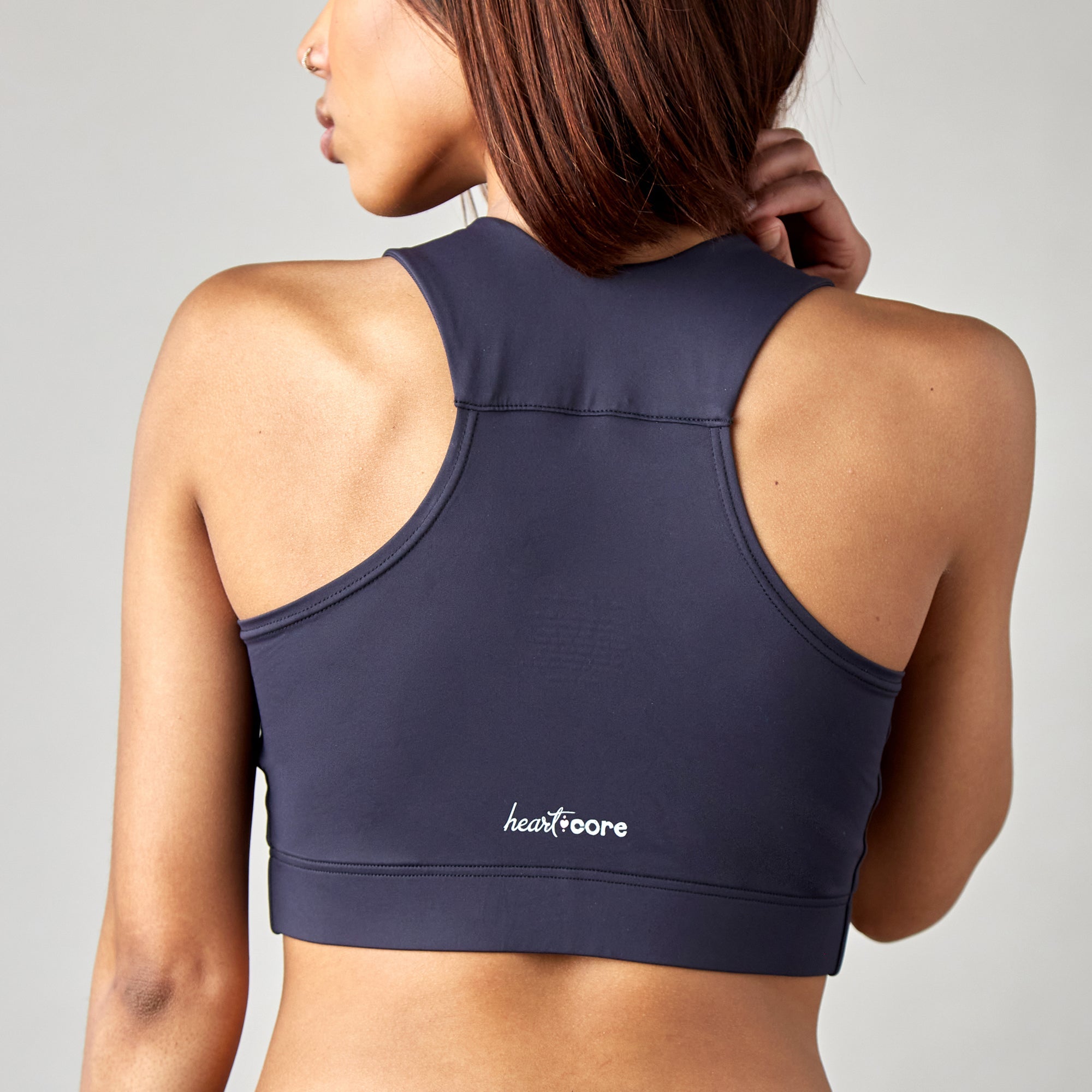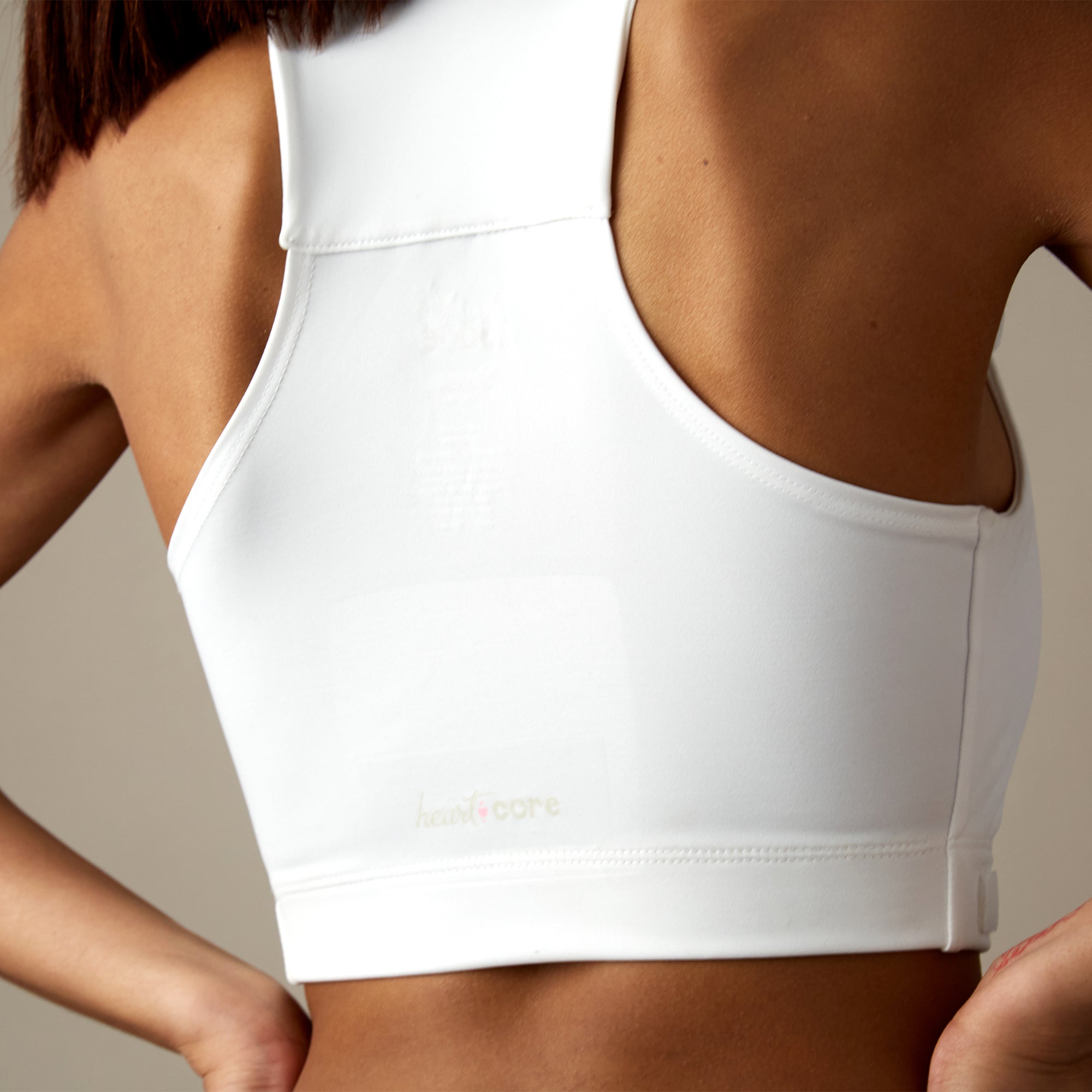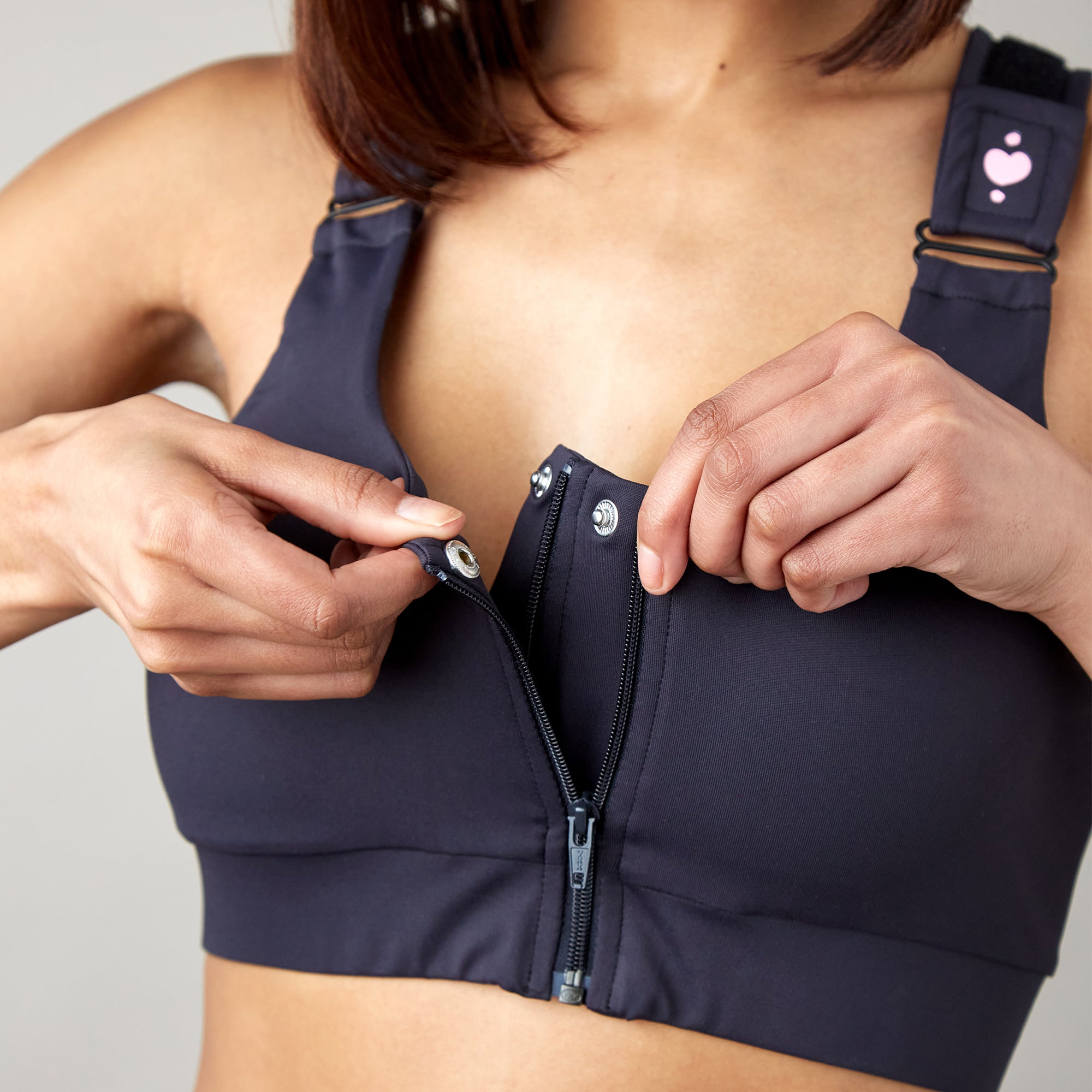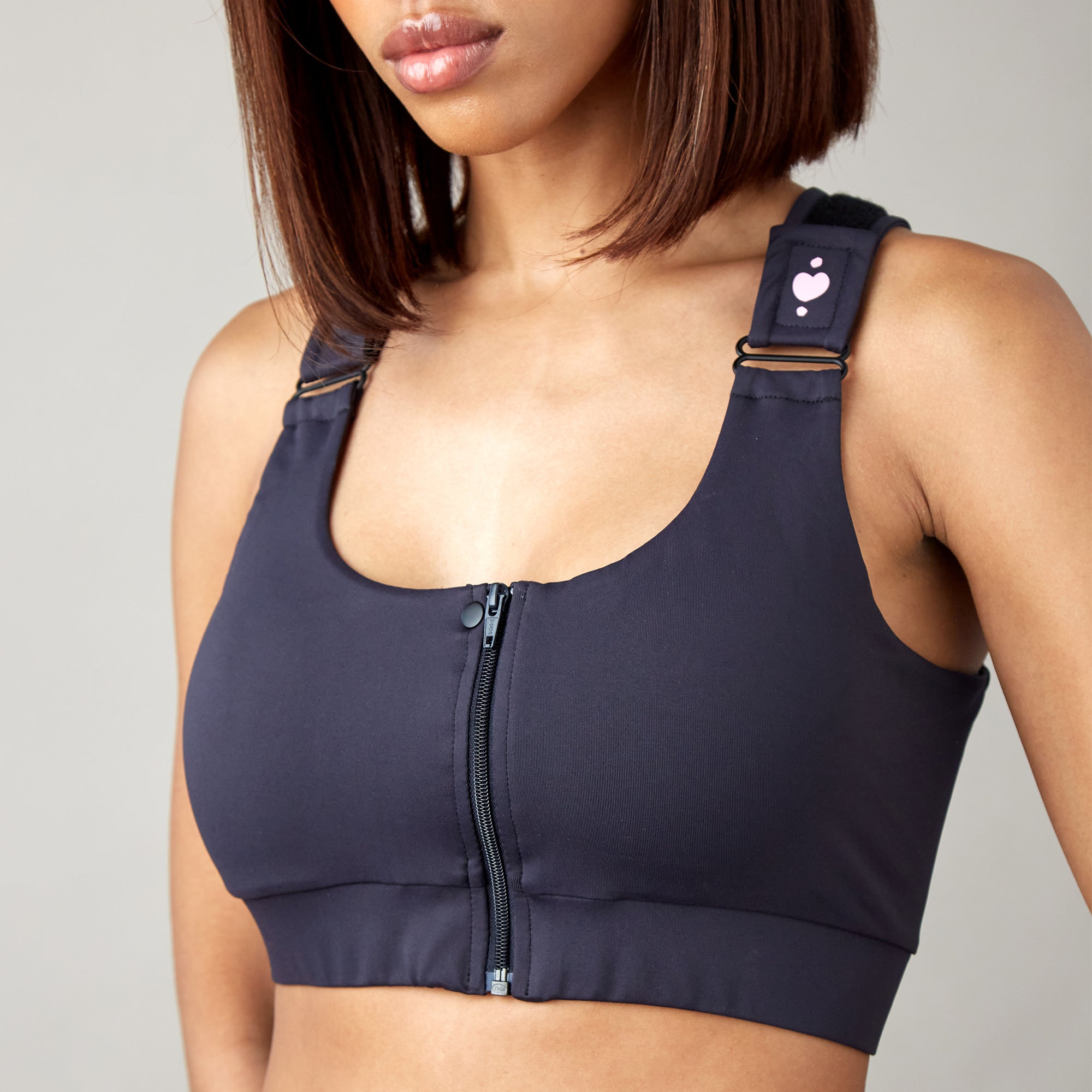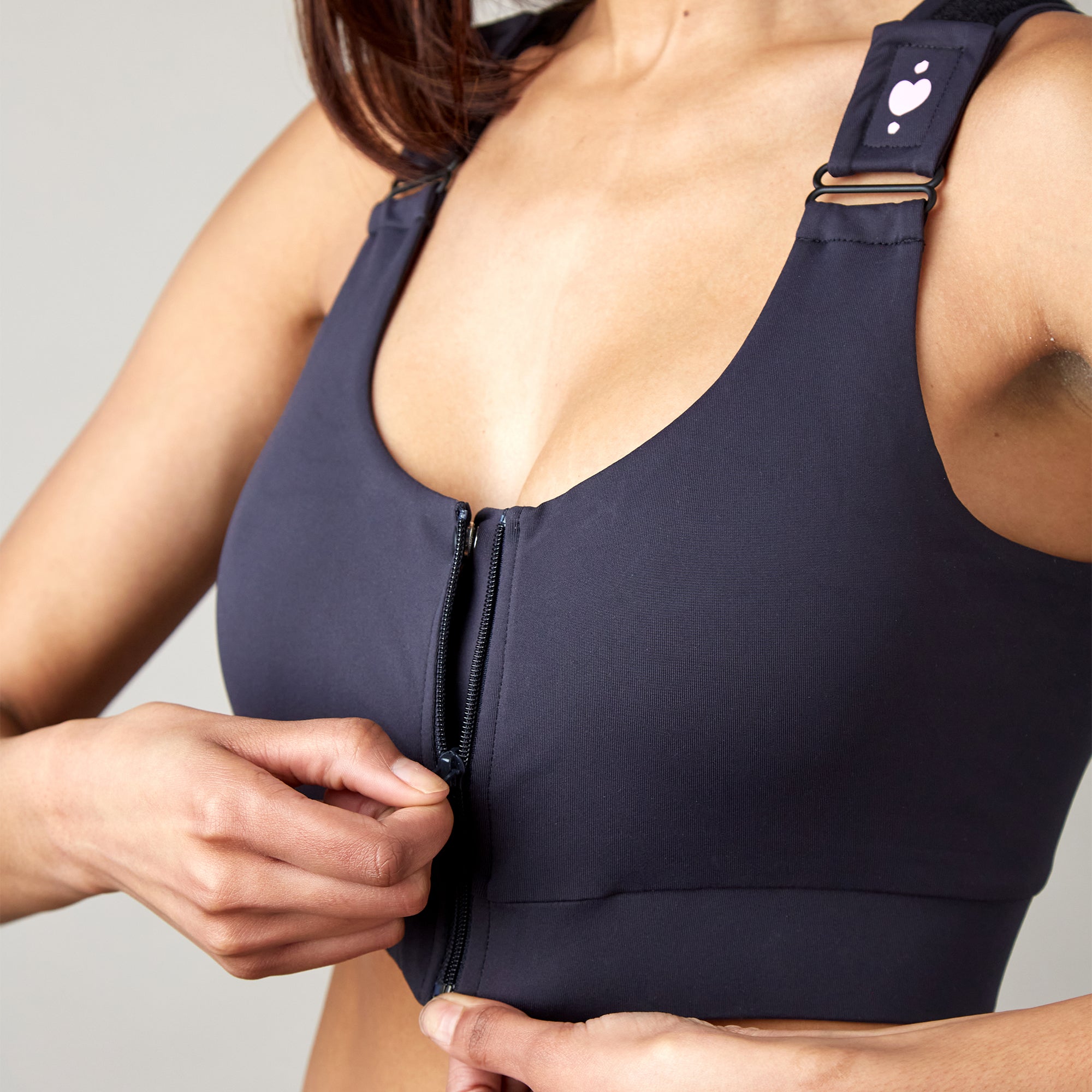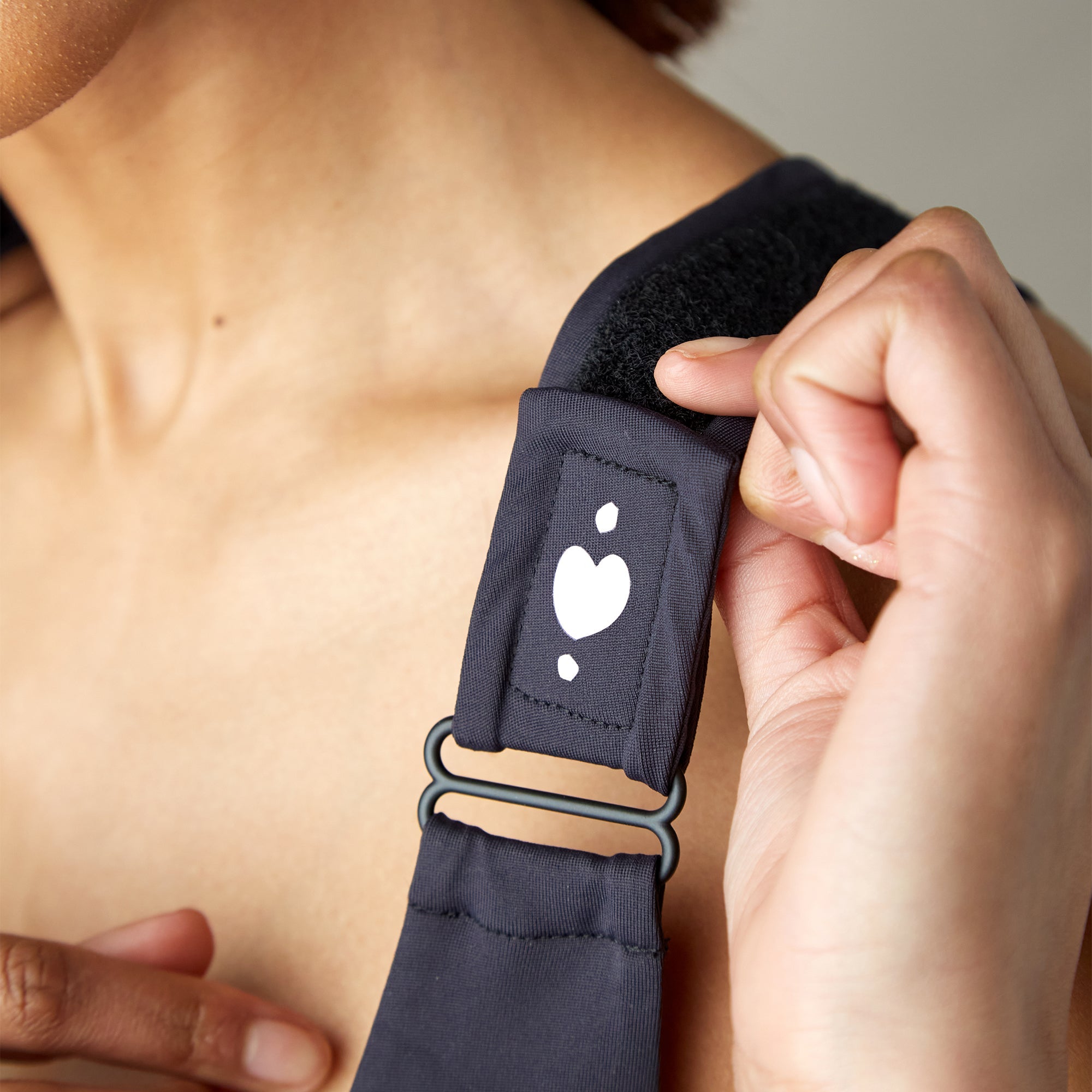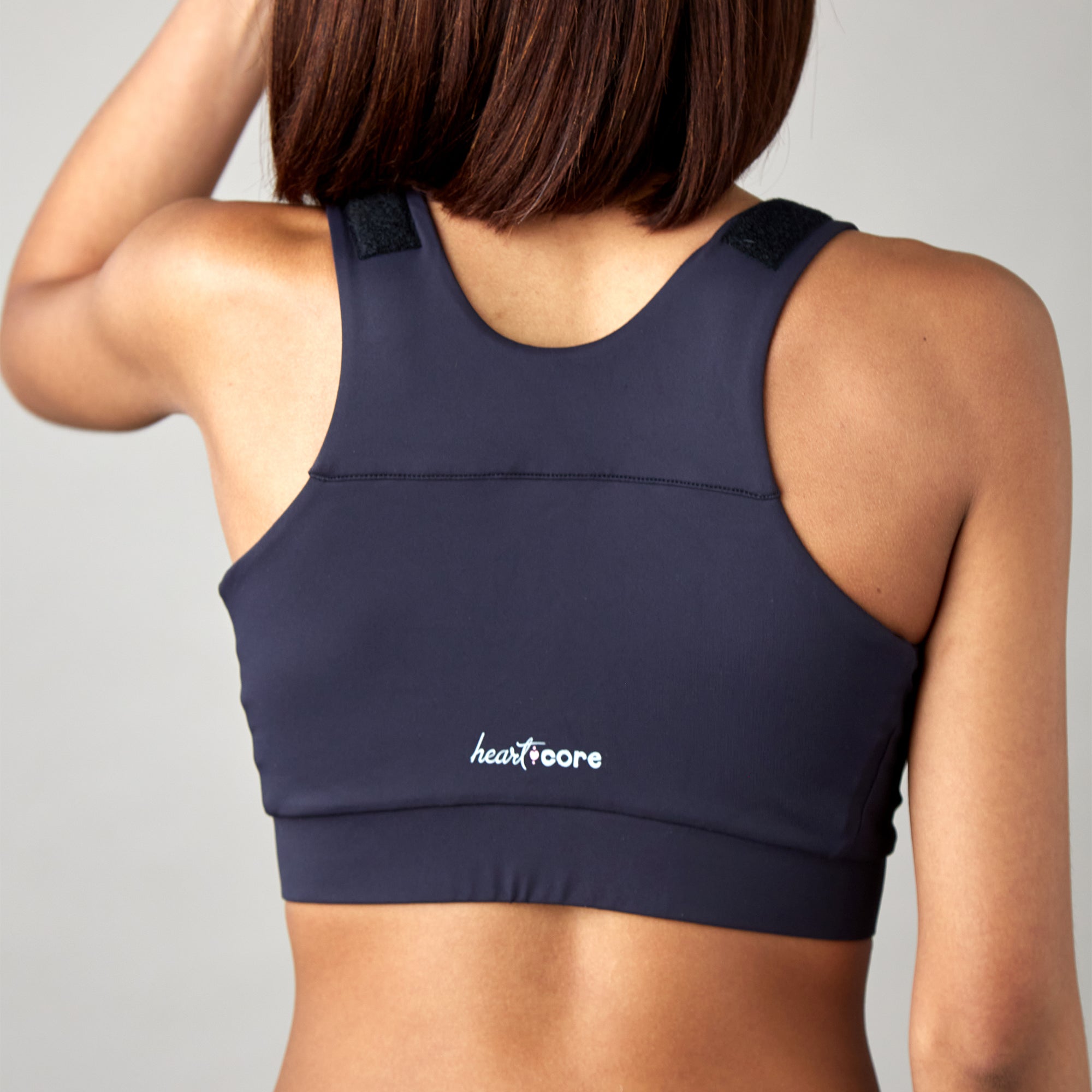Quick Answer: Most surgeons recommend sleeping elevated at 30-45 degrees for 4-6 weeks after breast augmentation, though some patients may need elevation for up to 8 weeks, depending on surgical technique and healing progress. Planning your sleep setup before surgery eliminates the scramble to create proper positioning while managing post-operative discomfort.
If you're reading this before your breast augmentation surgery, you're already ahead of the recovery game. Most people don't think about post-surgical sleep positioning until they're home from surgery, uncomfortable, and staring at their regular bed like it's become an obstacle course. Smart patients plan their sleep setup in advance.
Why Elevated Back-Sleeping is Essential After Breast Augmentation
Elevated back-sleeping isn't just a comfort recommendation—it's a medical positioning strategy that creates optimal healing conditions during the critical weeks when your body is adapting to implants.
The Science Behind Elevated Back-Sleeping
Gravity-assisted swelling reduction: When you sleep elevated at 30-45 degrees, gravity works with your lymphatic system to move excess fluid away from surgical sites. This isn't theoretical—you'll see visible swelling reduction each morning compared to how you looked the night before. Flat sleeping works against gravity, allowing fluid to pool around implants and incisions, prolonging inflammation and discomfort.
Lymphatic drainage optimization: Your lymphatic system transports cellular waste and excess fluid away from healing tissues. Elevated positioning enhances lymphatic flow from chest tissues toward central drainage points, accelerating the removal of post-surgical inflammation byproducts that can slow healing. This natural drainage system works most efficiently when positioned to work with gravity rather than against it.
Venous return improvement: Elevated back-sleeping improves blood return from your upper body to your heart, preventing the venous congestion that occurs with flat positioning. Better venous return means less swelling, reduced bruising, and faster resolution of post-surgical discoloration. This circulatory advantage supports tissue oxygenation, crucial for wound healing.
Reduced surgical site tension: The 30-45 degree angle minimizes tension on chest muscles and incision sites. Less tension translates to reduced pain, decreased risk of wound complications, and more comfortable positioning for the extended sleep periods your healing body needs. This mechanical advantage is particularly important during the first week when incisions are most vulnerable.
Implant position protection: During the first weeks after breast augmentation, implants haven't fully settled into their intended position. Elevated back-sleeping prevents the lateral implant migration that can occur with side sleeping and eliminates the downward pressure that happens when lying completely flat. Proper positioning during this settling period directly impacts your final aesthetic results.

Why Back-Sleeping Specifically Matters
Bilateral protection: Back-sleeping provides equal support to both breasts simultaneously, preventing the asymmetric pressure that occurs with side sleeping. This balanced positioning is crucial during the settling period when implants are finding their final position.
Predictable healing symmetry: Consistent back-sleeping promotes symmetrical healing outcomes by ensuring both surgical sites receive identical positioning benefits throughout recovery.
Elimination of rolling risks: Side sleeping and stomach sleeping are completely prohibited after breast augmentation because they create pressure on healing tissues and risk implant displacement. Back-sleeping eliminates these risks entirely when combined with proper positioning support.
What Makes 30-45 Degrees the Therapeutic Range
The 30-45 degree elevation range represents the intersection of maximum therapeutic benefit and sustainable comfort for 8-hour sleep periods.
Below 30 degrees: Insufficient for optimal gravity-assisted drainage. You lose the lymphatic flow benefits that make elevation worthwhile.
At 30-45 degrees: The sweet spot where circulation optimization, swelling management, implant protection, and sustainable comfort all align.
Above 45 degrees: Creates neck strain and breathing difficulties that make sustained sleep impossible. If you can't maintain the position throughout the night, even the most beneficial angle fails.
SHOP THE BEST SYSTEM FOR ELEVATED BACK SLEEPING
Creating Effective Elevated Back-Sleeping Setups Before Surgery
The worst time to figure out elevated back-sleeping is when you're home from surgery, exhausted, uncomfortable, and medically unable to arrange heavy pillows. Smart pre-surgery planning means your sleep setup is ready and tested before you need it.
The DIY Elevation Approach: What You Need to Know
Household pillow limitations: Standard bed pillows compress under body weight, gradually losing elevation throughout the night. Most household pillows lose 30-50% of their height during sleep.
The multiple-pillow mathematics: Creating stable 40-degree elevated back-sleeping with standard pillows requires 4-6 firm pillows arranged in a wedge formation. Stack pillows from largest/firmest at the base to smallest/softest at top.
DIY cost reality check: Purchasing enough firm pillows to create stable elevation typically costs $100-180. These pillows rarely work together efficiently.

Why Professional Positioning Systems Excel for Elevated Back-Sleeping
Consistent therapeutic angles: Professional systems maintain precise elevation throughout the night because they're engineered specifically for sustained elevated back-sleeping. There's no gradual compression, no middle-of-night readjustment needed.
Full-body positioning integration: Breast augmentation recovery isn't just about elevating your upper body—your entire body needs comfortable, stable positioning for sustained sleep. Professional systems address shoulder support, arm positioning, and leg elevation simultaneously.
Predictable positioning reliability: With professional systems, you achieve the same therapeutic angle every night without trial-and-error. This consistency matters because healing progresses optimally when positioning remains stable throughout your recovery timeline.
Space-efficient elevated back-sleeping: Achieving stable elevation with household pillows spreads across significant bed space, often affecting partner sleep quality. Professional positioning systems provide equivalent support in a more contained footprint.
SHOP THE BEST SYSTEM FOR ELEVATED BACK SLEEPING

The Sleep Again Pillow System: Professional Elevated Back-Sleeping Support
The Sleep Again Pillow System is the only full-body pillow system designed specifically for post-surgery support, providing everything breast augmentation patients need for optimal elevated back-sleeping in one integrated solution.
Complete System Components for Elevated Back-Sleeping
Upper Body Wedge: Creates and maintains precise 30-45 degree elevation angles throughout the night without compression. This professional-grade wedge ensures you wake up at the same therapeutic angle you fell asleep at, providing consistent elevated back-sleeping benefits all night.
Two Contoured Side Pillows: Provide bilateral arm and shoulder support that prevents side-rolling during unconscious sleep movements. These protective barriers keep you safely positioned in elevated back-sleeping throughout the night.
Leg Support Wedge: Elevates legs to reduce lower back pressure that develops during extended upper body elevation. This component transforms elevated back-sleeping from a few uncomfortable hours into full nights of restorative sleep.
Head Pillow: Ensures comfortable head and neck positioning at elevation angles, preventing the neck strain that makes many elevated back-sleeping attempts unsustainable beyond a few hours.
Removable Washable Slipcovers: Every component features removable covers, crucial during recovery when hygiene matters more than usual.
Why Breast Augmentation Patients Choose Sleep Again Pillow System for Elevated Back-Sleeping
Pre-tested elevated back-sleeping setup: You can set up and test the Sleep Again Pillow System before your procedure, eliminating post-surgical setup struggles. Knowing your comfortable elevated back-sleeping position is already solved reduces pre-surgery anxiety significantly.
Consistent positioning reliability: The system maintains therapeutic angles throughout your entire recovery timeline. Adjust the configuration once; the system maintains your elevated back-sleeping position consistently.
Partner-friendly design: The modular components provide comprehensive elevated back-sleeping support while occupying less bed space than equivalent DIY pillow arrangements. Your recovery doesn't have to mean your partner camps out on the couch for six weeks.
Medical necessity documentation: The Sleep Again Pillow System qualifies as durable medical equipment, making it potentially reimbursable through HSA/FSA accounts when purchased with proper medical documentation. This professional classification reflects its medical design purpose for elevated back-sleeping rather than general comfort marketing.
SHOP THE BEST SYSTEM FOR ELEVATED BACK SLEEPING
Elevated Back-Sleeping Questions Before Breast Augmentation
How soon after surgery do I need elevated back-sleeping?
Immediately. Your ride home from surgery should include elevated positioning, and you'll sleep elevated starting your first night post-op. This is why pre-surgery setup is critical—you won't be able to arrange complex pillow systems when you get home feeling uncomfortable and drowsy from anesthesia.
Can I use a recliner instead of elevated back-sleeping in bed?
Some surgeons initially suggest recliners for post-breast augmentation sleep. However, recliners often create pressure points, don't provide comprehensive body support, and become uncomfortable for sustained sleep beyond a few days. Plan for sustainable elevated back-sleeping in bed rather than temporary recliner solutions that break down your sleep quality.
What if I naturally sleep on my side or stomach?
You'll need to adapt to elevated back-sleeping regardless of your normal preferences. Side sleeping risks implant displacement, and stomach sleeping is completely prohibited during breast augmentation recovery. Use the pre-surgery period to practice elevated back-sleeping so the position feels familiar on surgery night.
How do I know if my elevated back-sleeping angle is correct?
The correct angle should feel stable and comfortable while providing visible swelling reduction each morning. If you're sliding down significantly during sleep or experiencing neck strain, your angle needs adjustment. You should wake up in approximately the same elevated back-sleeping position you fell asleep in. Professional positioning systems eliminate angle guesswork through pre-set therapeutic positioning.
Should I practice elevated back-sleeping before surgery?
Absolutely. Spending a few nights practicing elevated back-sleeping before surgery helps you identify positioning preferences, comfort factors, and potential adjustments needed. This practice period makes your first post-surgical nights significantly easier and helps you refine your setup while you're still physically capable of making changes.
What happens if I wake up in a different position?
During the first weeks post-surgery, waking up in anything other than elevated back-sleeping position indicates your positioning system lacks adequate stability or protective barriers. This is serious—improper positioning during sleep can affect implant position and healing outcomes. If you consistently wake up rolled to one side or sliding down from elevation, you need a more stable setup.
Can I reduce elevation gradually instead of following the timeline exactly?
Only with explicit surgical approval. Your surgeon's elevation timeline is based on your specific procedure, implant type, placement technique, and individual healing factors. Don't modify medical instructions based on how you feel or what worked for other patients. Elevated back-sleeping timelines exist for medical reasons, not arbitrary preferences.
Will elevated back-sleeping affect my breathing?
Proper elevation actually improves breathing for most patients by opening airways and reducing chest compression. If you experience breathing difficulties, your angle may be too steep. The therapeutic 30-45 degree range should enhance breathing comfort.
How does elevated back-sleeping help prevent complications?
Elevated back-sleeping reduces complication risks through gravity-assisted drainage that prevents fluid accumulation, improved circulation that reduces hematoma risk, reduced tension on incision sites, and proper implant positioning that decreases capsular contracture risk factors.
What if I have sleep apnea—can I still do elevated back-sleeping?
Elevated back-sleeping often improves sleep apnea symptoms by opening airways. If you use a CPAP machine, discuss positioning with both your surgeon and sleep specialist to ensure your elevated back-sleeping setup accommodates your equipment properly.
How long until elevated back-sleeping feels natural?
Most patients adapt to elevated back-sleeping within 3-5 nights. The position feels awkward initially, but your body adjusts quickly. By the end of week one, many patients report elevated back-sleeping feels normal.
Can I sleep elevated on just one side if only one breast was augmented?
No. Even with unilateral augmentation, you need bilateral elevated back-sleeping support. Favoring one side creates asymmetric pressure that can affect surgical outcomes. Proper elevated back-sleeping provides balanced support regardless of whether you had unilateral or bilateral augmentation.

Your Pre-Surgery Elevated Back-Sleeping Preparation Checklist
Six weeks before surgery: Research positioning options and choose between DIY or professional elevated back-sleeping systems. If selecting the Sleep Again Pillow System, order now to allow testing time. Begin practicing elevated back-sleeping in your planned setup.
Four weeks before surgery: Confirm your elevated back-sleeping setup works for 8-hour sleep periods. Make any necessary adjustments. Discuss your elevated back-sleeping plan with your surgeon during pre-op appointments.
Two weeks before surgery: Finalize your elevated back-sleeping positioning setup. Prepare nighttime essentials within easy reach. Wash all pillowcases and slipcovers. Practice getting in and out of elevated back-sleeping positions without using chest muscles.
One week before surgery: Sleep in your planned elevated back-sleeping setup every night. Note any remaining comfort issues and solve them now. Review your elevation timeline with household members who'll support your recovery.
The day before surgery: Ensure your elevated back-sleeping setup is completely ready. Confirm you can comfortably maintain your planned elevation angle. Get a good night's rest in your planned elevated back-sleeping position.
SHOP THE BEST SYSTEM FOR ELEVATED BACK SLEEPING
When to Extend or Modify Elevated Back-Sleeping
Surgeon-recommended extensions: Your surgeon may recommend extended elevated back-sleeping beyond standard timelines based on implant size, placement technique, healing progress, or complication prevention. Always follow medical guidance.
Signs you might need longer elevated back-sleeping: Persistent morning swelling beyond week 4, implant position concerns, delayed healing, previous capsular contracture history, or larger implant sizes.
Subpectoral placement often requires longer elevated back-sleeping than subglandular. Revision augmentation may need extended positioning.
The Long-Term Elevated Back-Sleeping Advantage
Many breast augmentation patients discover that elevated back-sleeping provides benefits extending far beyond surgical recovery. Once you've experienced 6-8 weeks of elevated sleep, you may notice reduced facial puffiness, decreased acid reflux, enhanced breathing, reduced neck tension, and better overall sleep quality—advantages worth maintaining permanently.
What begins as required positioning for breast augmentation recovery often becomes a lasting sleep improvement. Professional positioning systems like Sleep Again Pillow System continue providing value for years beyond your recovery period.
Your Breast Augmentation Sleep Success Starts Now
Planning your elevated back-sleeping setup before breast augmentation transforms recovery from a positioning scramble into a smooth healing process. You're making decisions now—while clear-headed—instead of trying to engineer solutions while managing post-surgical discomfort.
Whether you choose carefully arranged household pillows or invest in the Sleep Again Pillow System, the goal is to create elevated back-sleeping that works consistently throughout your 4-8 week recovery timeline.
The difference between hoping your positioning works and knowing it works is the difference between anxious recovery sleep and confident, restorative rest that supports optimal healing. Your breast augmentation results deserve the elevated back-sleeping support that gives them every advantage during those critical early weeks.
Medical Disclaimer
This information is provided for educational purposes only and should not replace professional medical advice. Every breast augmentation procedure and recovery process is unique, and positioning recommendations may vary based on your specific surgical approach, implant type, placement technique, and individual health conditions.
Always follow your surgeon's specific post-operative instructions regarding sleep positioning, activity restrictions, and recovery protocols. These medical guidelines take precedence over any general positioning advice provided here.
Contact your healthcare provider immediately if you experience concerning symptoms such as signs of infection, severe pain, unusual swelling, implant displacement concerns, breathing difficulties, or any symptoms that worsen rather than improve during recovery.
The mention of specific products or strategies is for informational purposes only and does not constitute medical endorsement. Every patient's recovery needs are different. Trust your healthcare provider's guidance above any general advice, as they understand your specific surgical procedure and individual circumstances.


